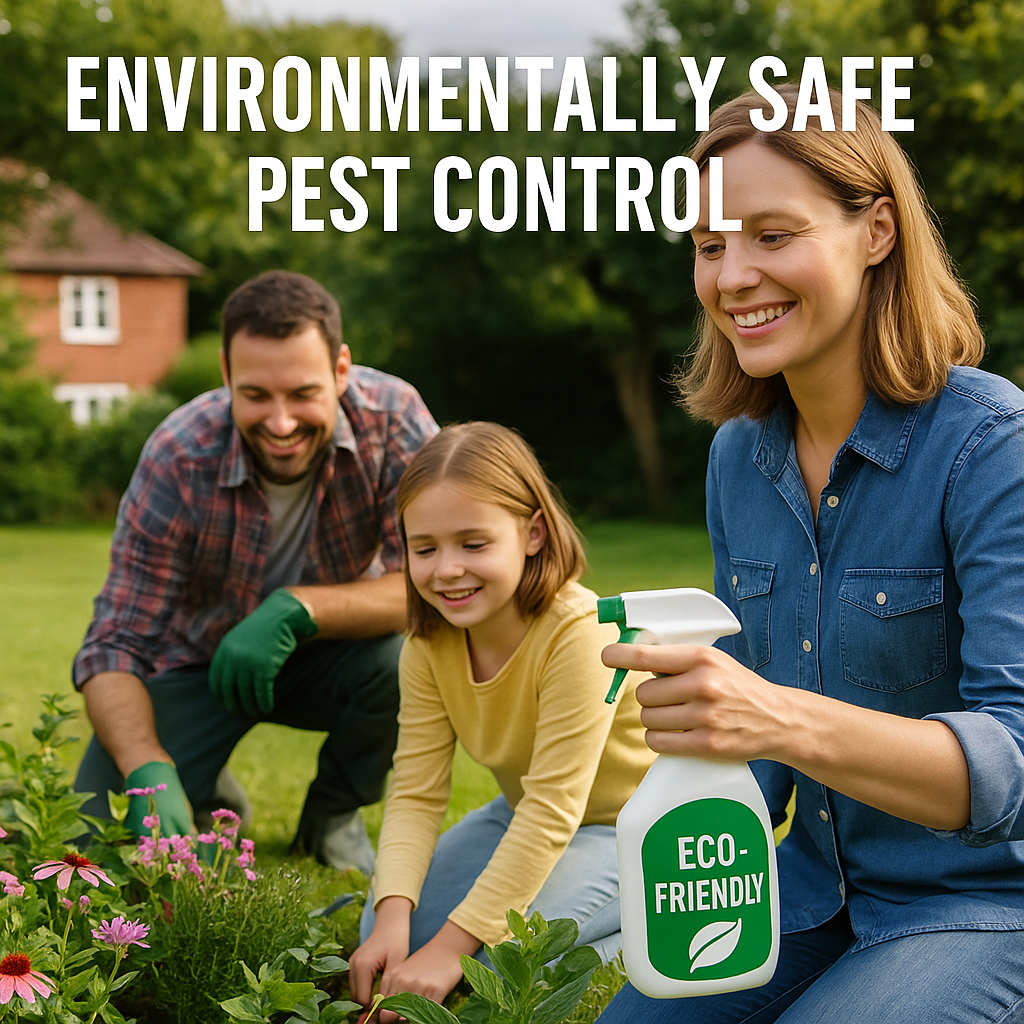
ENVIRONMENTALLY SAFE PEST CONTROL
Pest problems are common in homes, gardens, and businesses worldwide. But today, more people are concerned not just about getting rid of cockroaches / cockroj, ants, and other pests—but also about the impact of pest control on the environment. Is it possible to control pests without harming the planet?
Absolutely! Let’s explore the best eco-friendly pest control options, their effectiveness, and how to keep your home both pest-free and planet-friendly.
What Is Environmentally Safe Pest Control?
Environmentally safe (eco-friendly or “green”) pest control means using methods and products that minimize harm to the earth, water, air, people, pets, and beneficial insects. These methods are effective against cockroaches / cockroj and other pests but are designed to:
-
Reduce chemical use
-
Protect pollinators and beneficial bugs
-
Avoid water and soil contamination
-
Leave little or no toxic residue
Popular Environmentally Safe Pest Control Methods
1. Integrated Pest Management (IPM)
-
A holistic approach combining multiple eco-friendly strategies.
-
Uses monitoring, sanitation, exclusion (sealing cracks), and targeted treatments only when necessary.
2. Natural & Botanical Sprays
-
Use ingredients like neem, citrus oil, peppermint, clove, and garlic.
-
These are less toxic to people, pets, and the environment.
3. Diatomaceous Earth (Food Grade)
-
A natural powder that kills insects by dehydrating them—no chemicals needed.
-
Safe for humans, pets, and earth when used properly.
4. Biological Controls
-
Introducing beneficial insects (like ladybugs, nematodes, or certain wasps) that prey on pests.
-
Common in gardens and greenhouses.
5. Traps and Barriers
-
Sticky traps, pheromone traps, and physical barriers (screens, weather stripping) block pests without chemicals.
6. Eco-Friendly Baits and Gels
-
Baits with low-toxicity or naturally-derived ingredients.
-
Placed in targeted locations to minimize impact on the environment.
Best Practices for Eco-Friendly Pest Control
-
Prevention First:
Clean up crumbs, fix leaks, store food in airtight containers, and seal entry points. -
Spot Treatment:
Only treat areas with pest problems—avoid widespread spraying. -
Read Labels:
Look for “eco-friendly,” “biodegradable,” “natural,” or “OMRI Listed” on products. -
Support Beneficial Insects:
Avoid using broad-spectrum pesticides that kill helpful bugs. -
Consult Eco-Conscious Professionals:
Many pest control companies offer green or organic service options.
Benefits of Environmentally Safe Pest Control
-
Safer for children, pets, and allergy sufferers
-
Preserves local wildlife and pollinators
-
Prevents pollution of water and soil
-
Reduces risk of pesticide resistance in pests
-
Peace of mind—protect your home and the planet
Eco-Friendly Pest Control Products (Global & India)
-
EcoSmart, Wondercide (US – plant-based sprays)
-
Stanfresh Herbal Pest Control (India)
-
Neem Oil, Diatomaceous Earth (Global)
-
Bio-Control Nematodes (for soil pests)
-
Homemade solutions: Vinegar, baking soda, citrus sprays
Frequently Asked Questions
Q. Is eco-friendly pest control as effective as chemicals?
Yes, when used correctly and combined with good hygiene and prevention practices.
Q. Are green pest control products safe for kids and pets?
Most are, but always check the label and avoid misuse.
Q. Will it harm pollinators or garden plants?
No, if you use targeted, plant-safe, and pollinator-friendly products.
Conclusion
Environmentally safe pest control is possible, effective, and the responsible choice for a healthy home and planet.
With so many eco-friendly solutions available, there’s no need to compromise between pest-free living and environmental stewardship.

Youtube Video
Invalid YouTube URL provided.
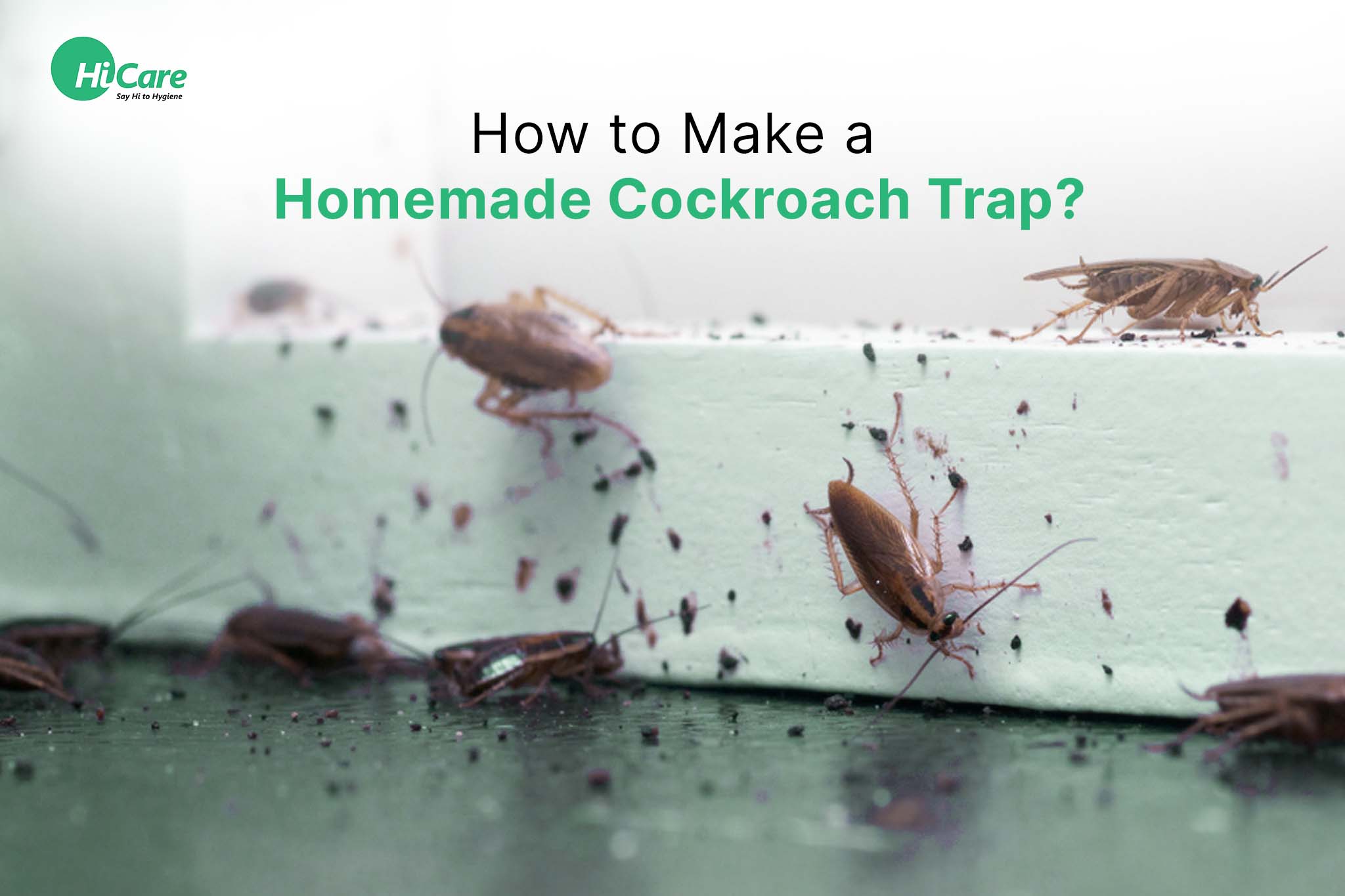
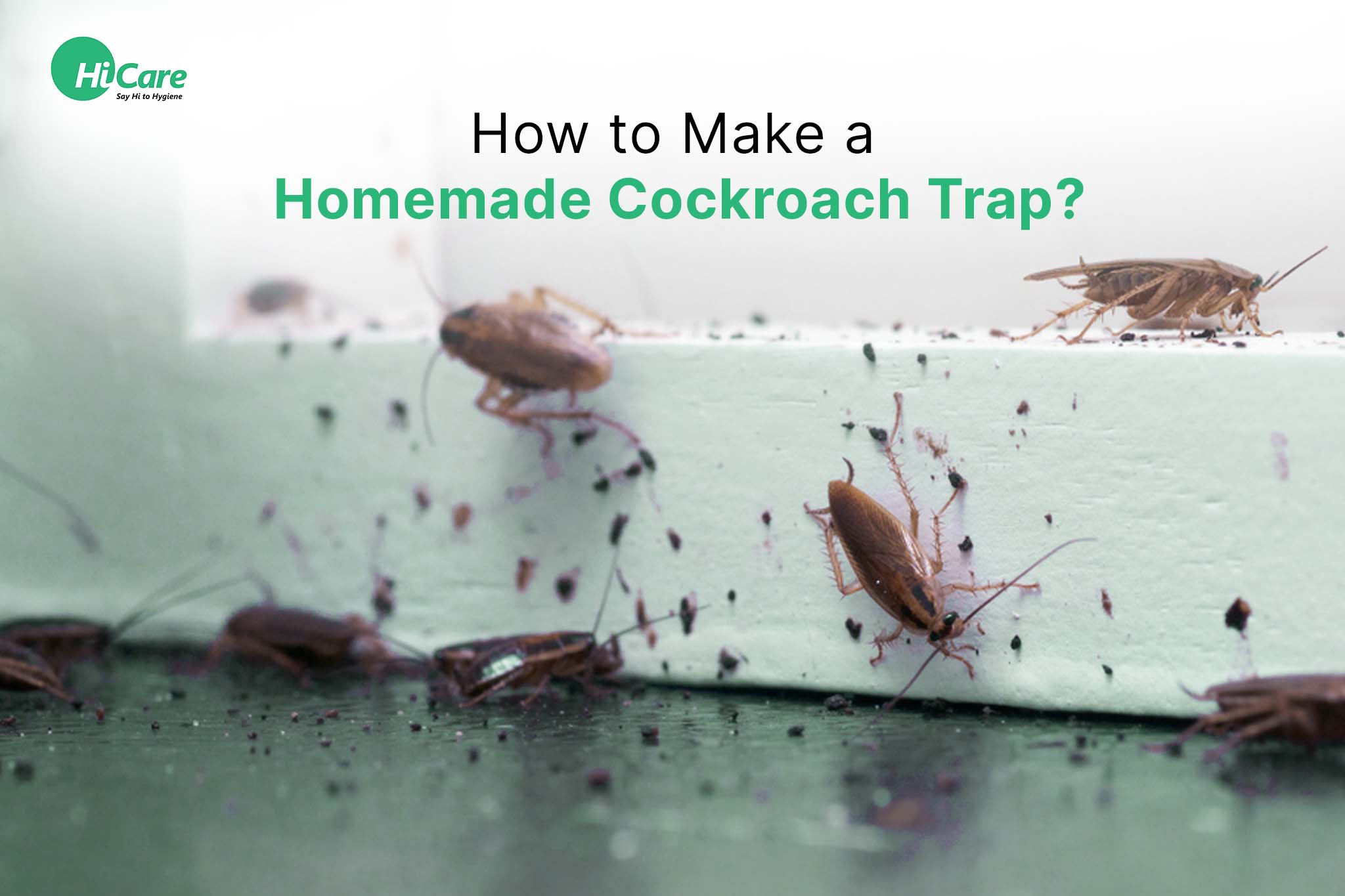
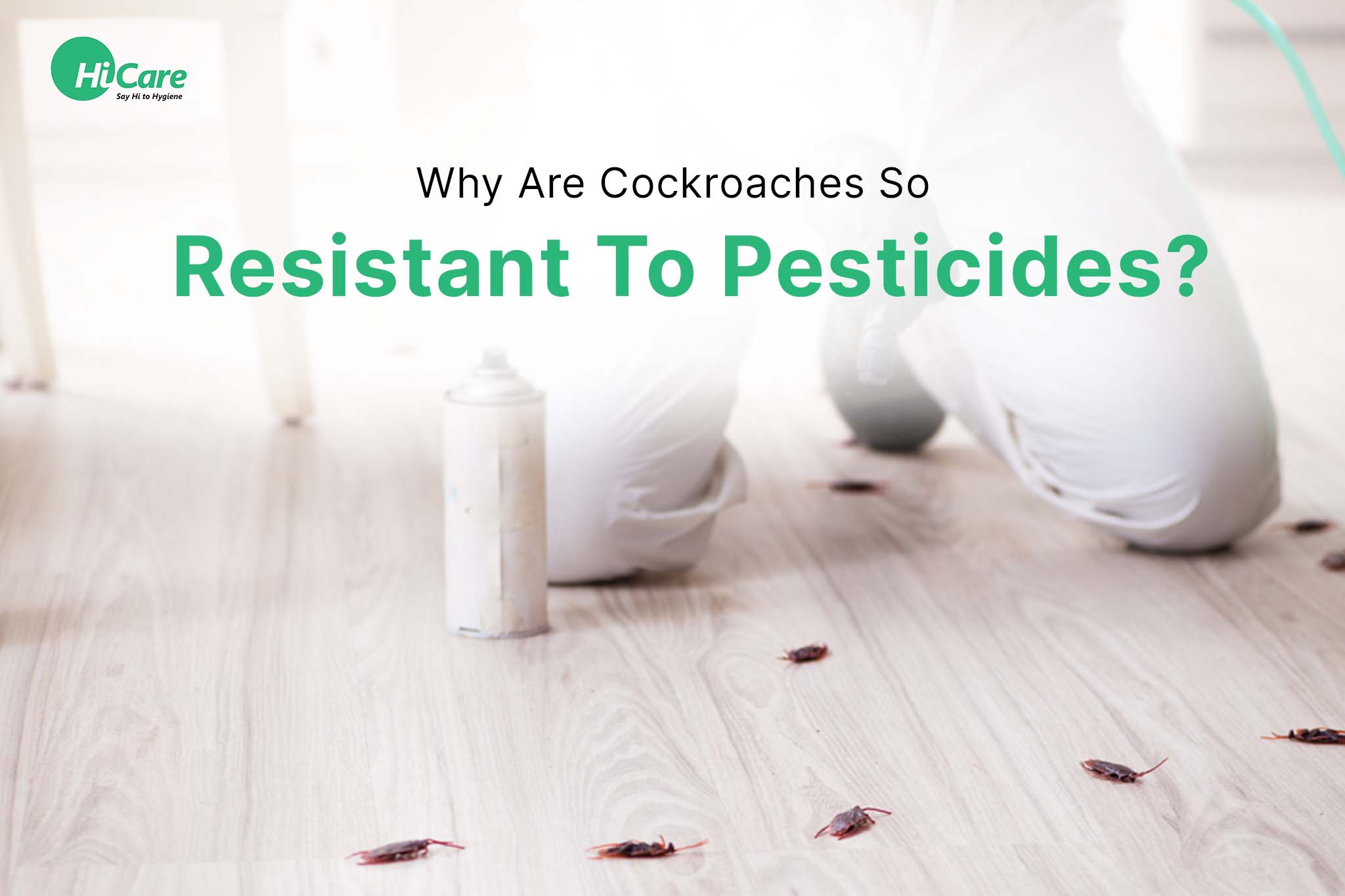









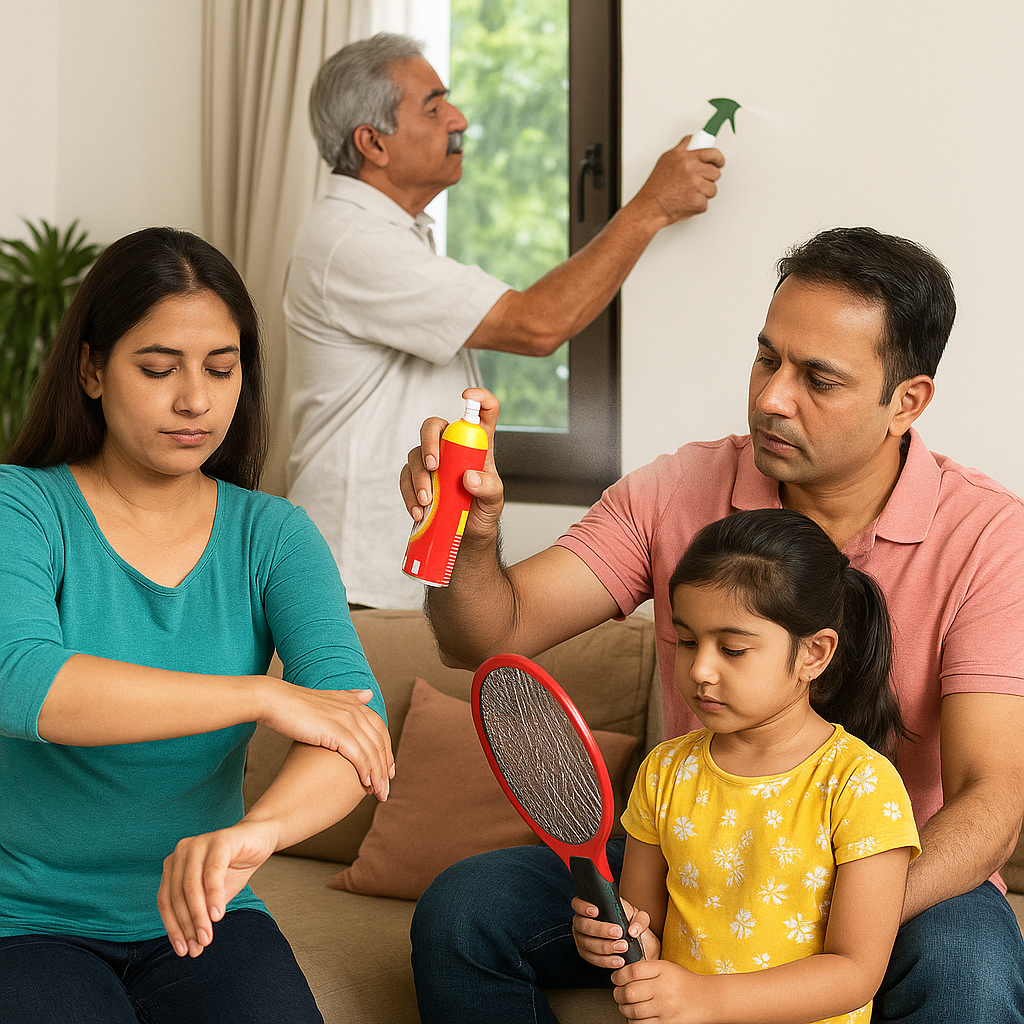
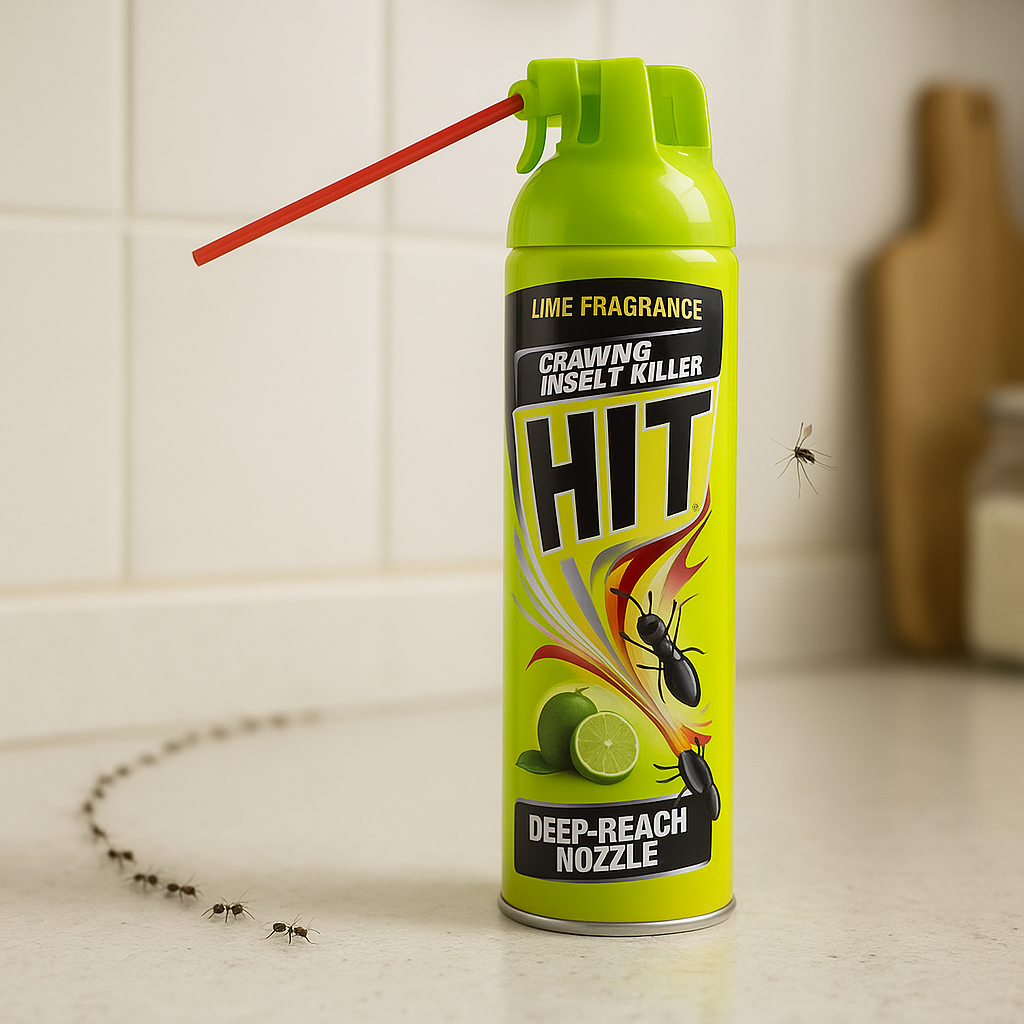
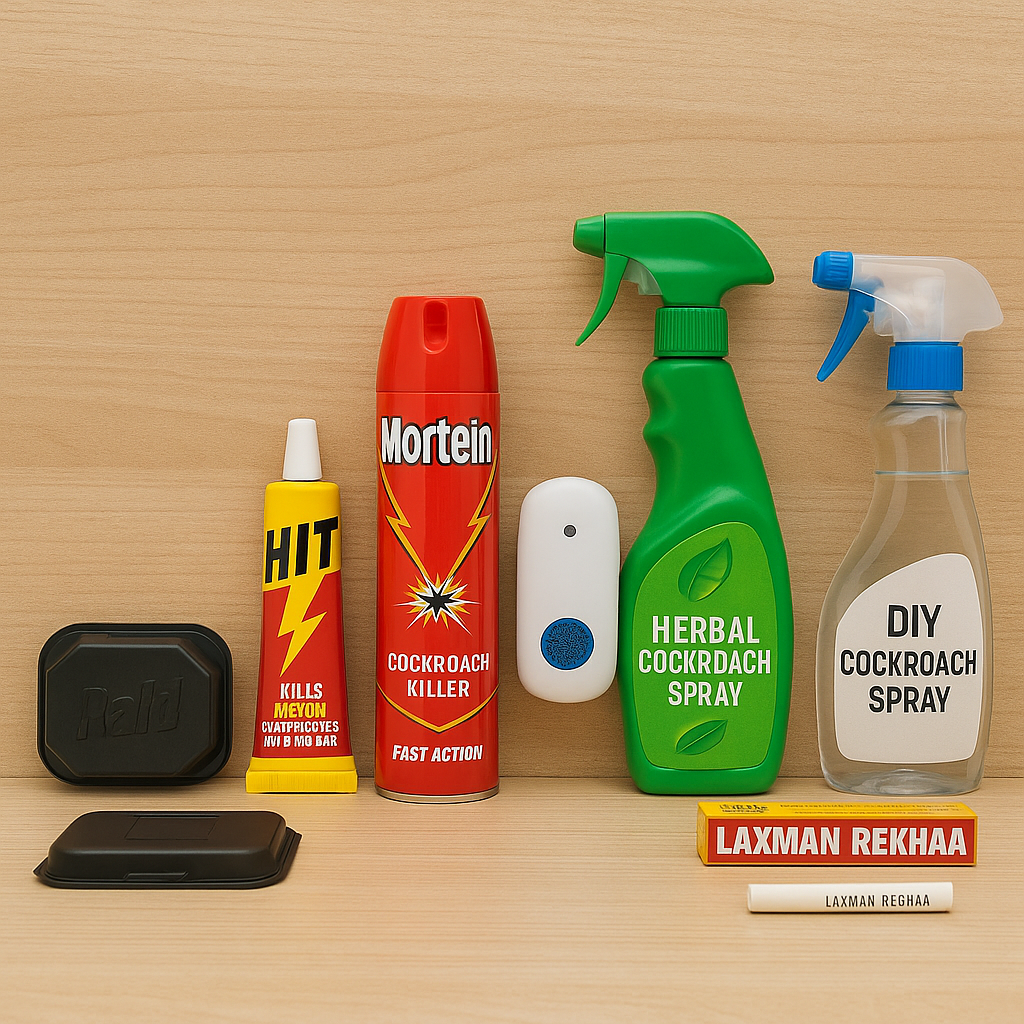
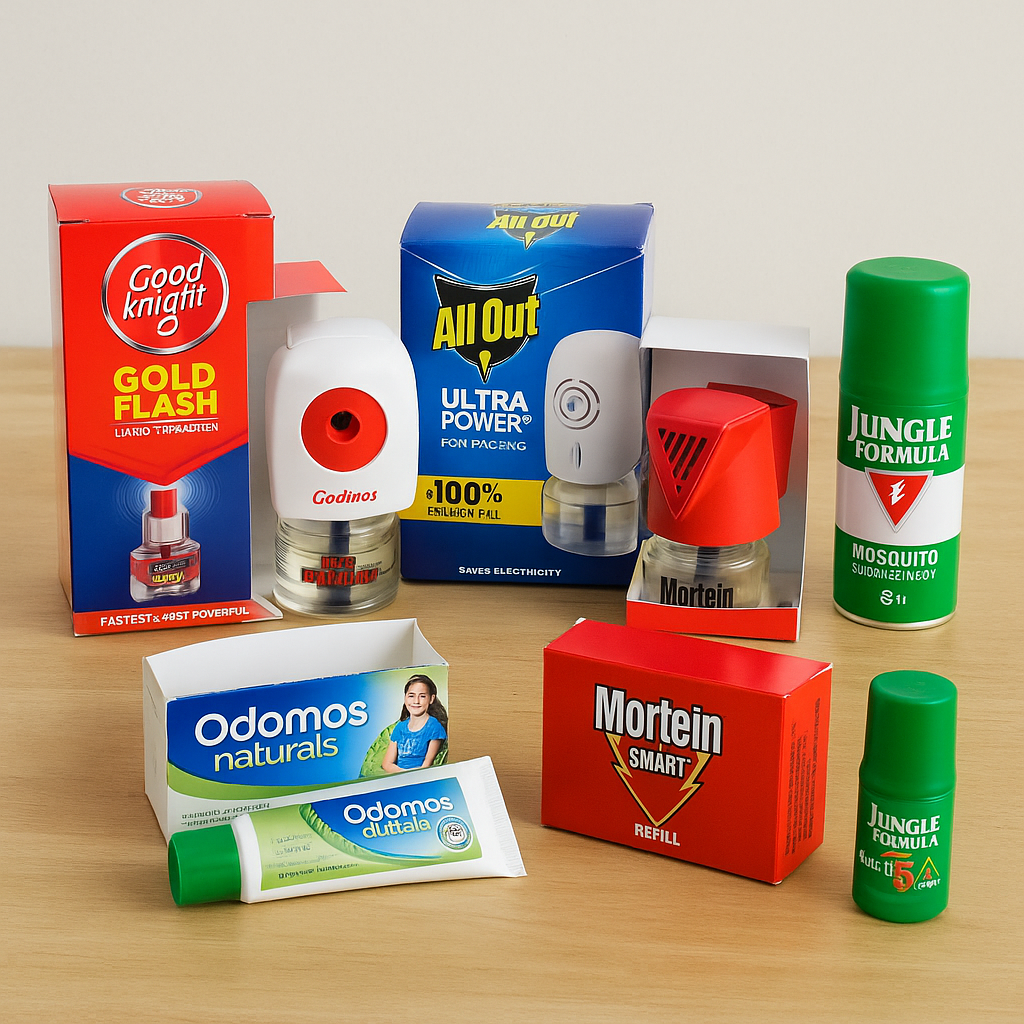
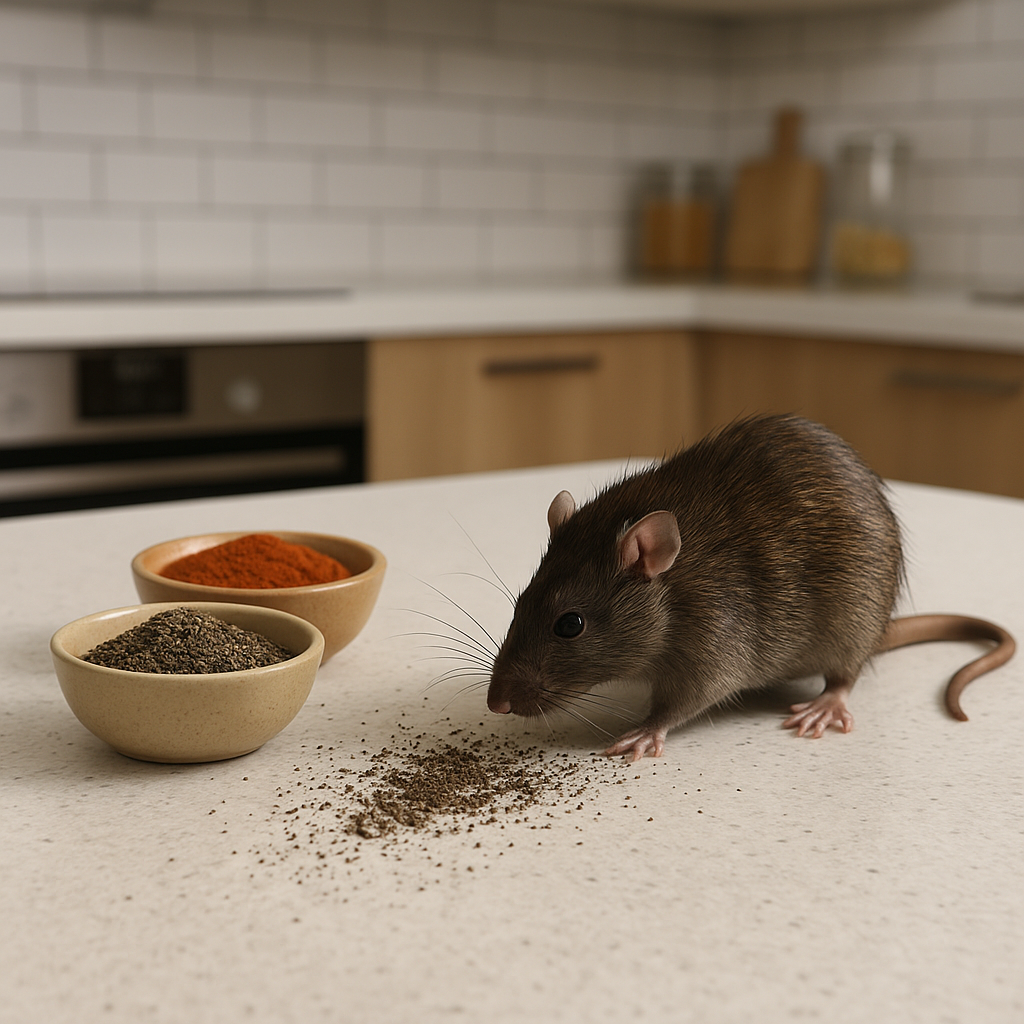
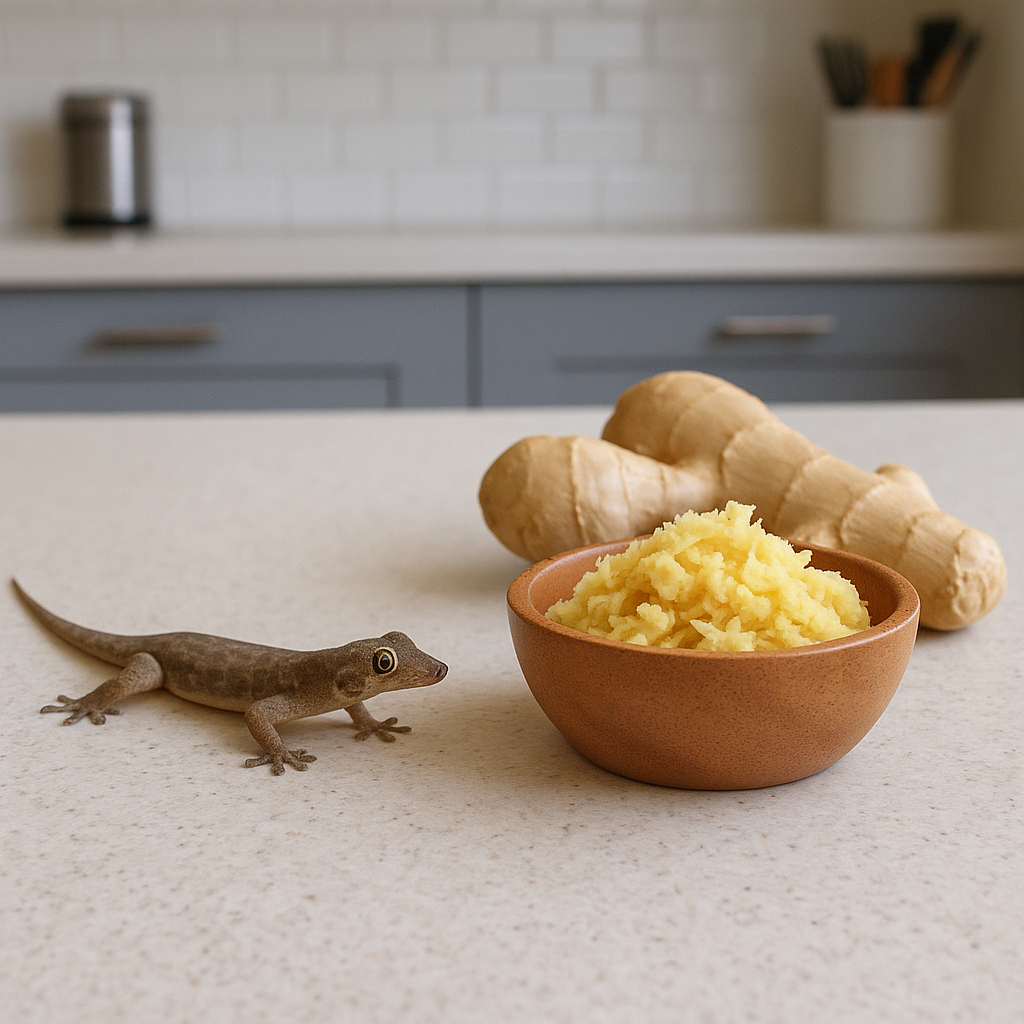
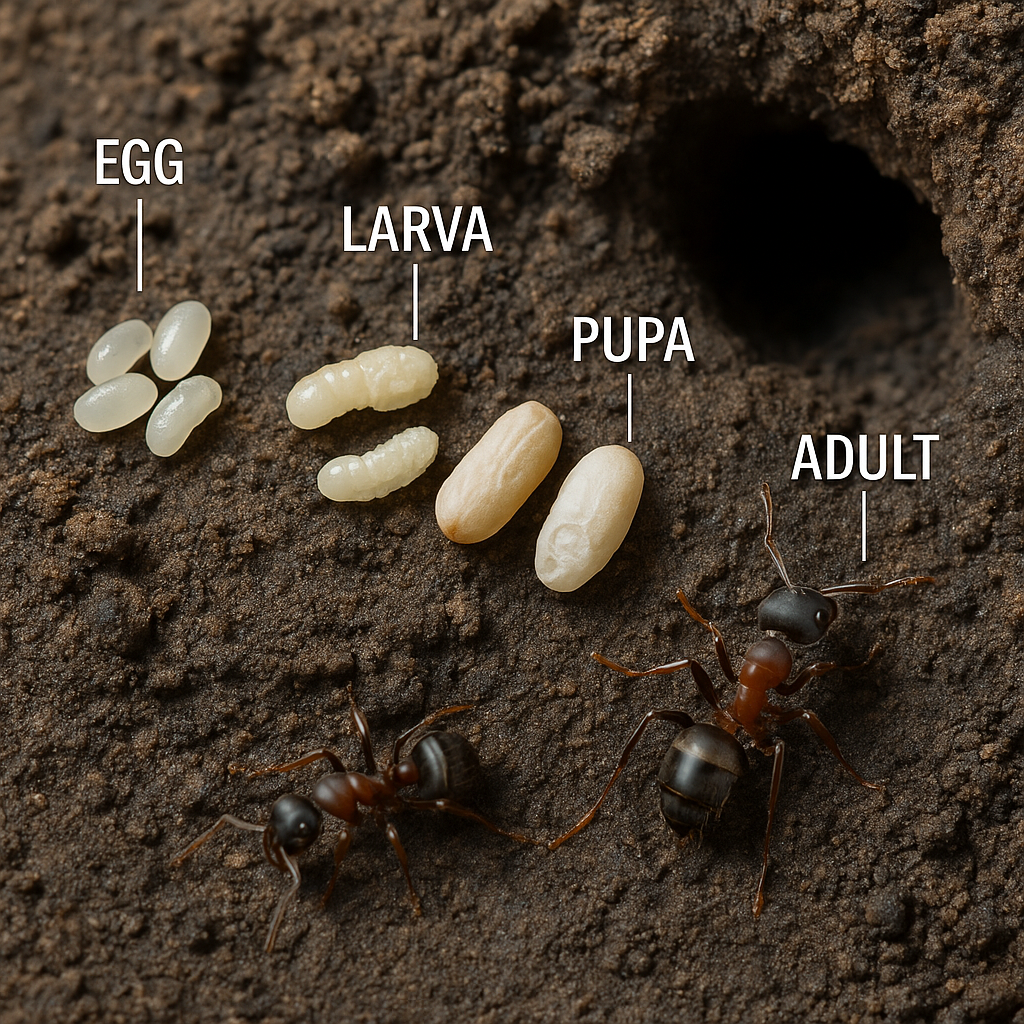
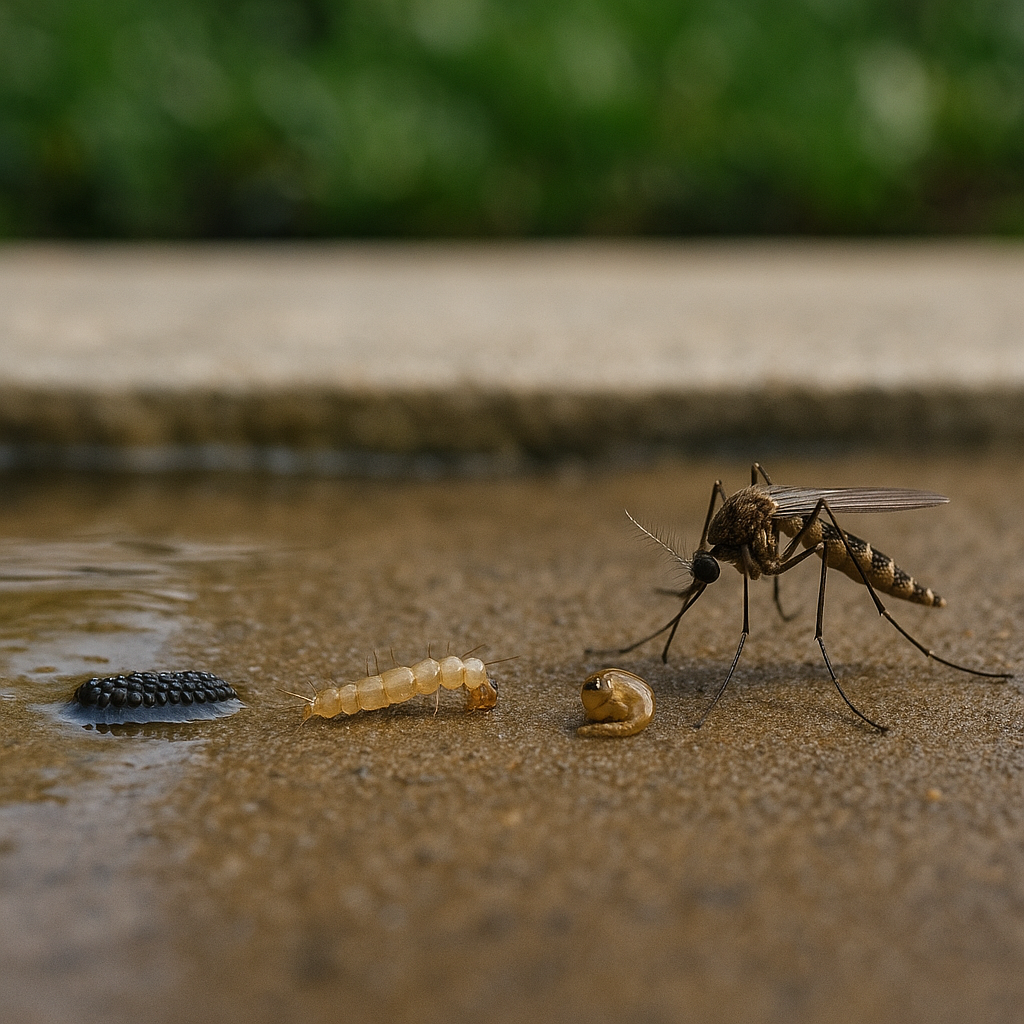
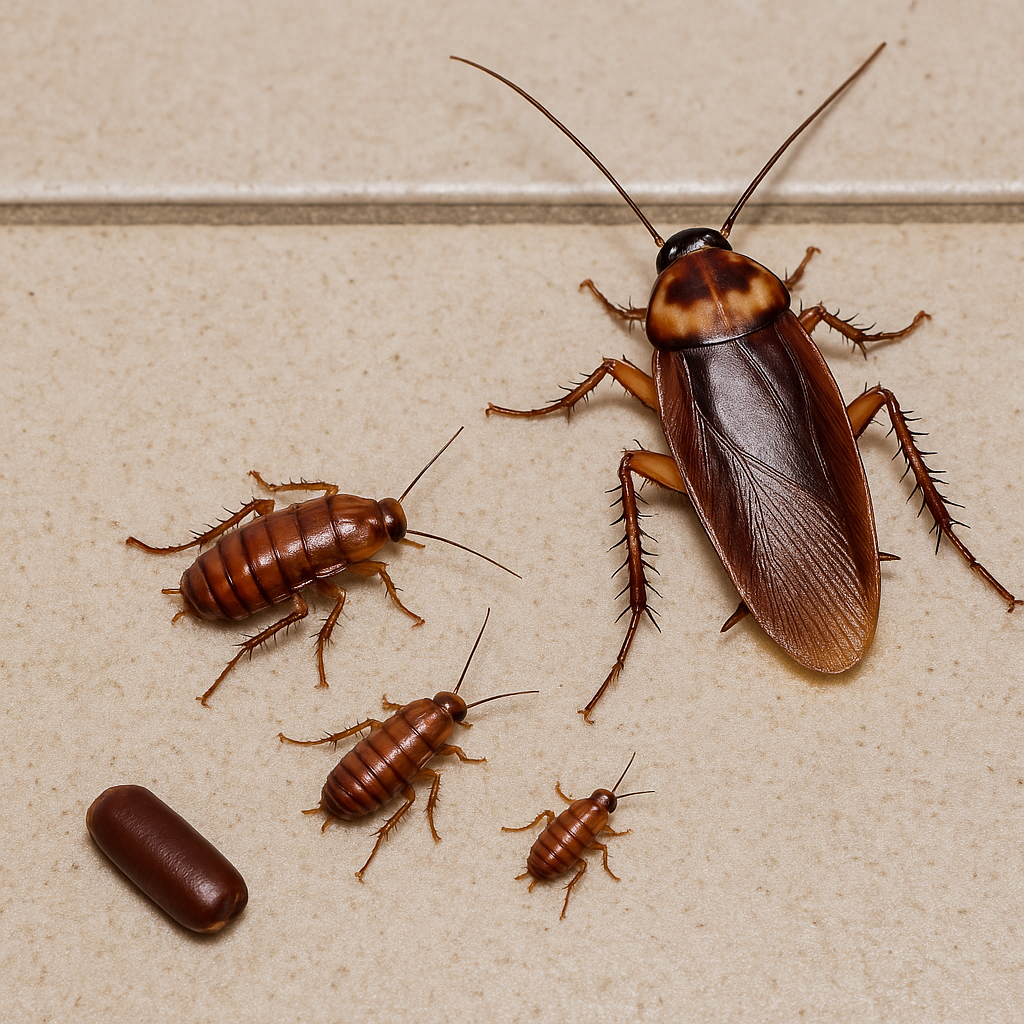
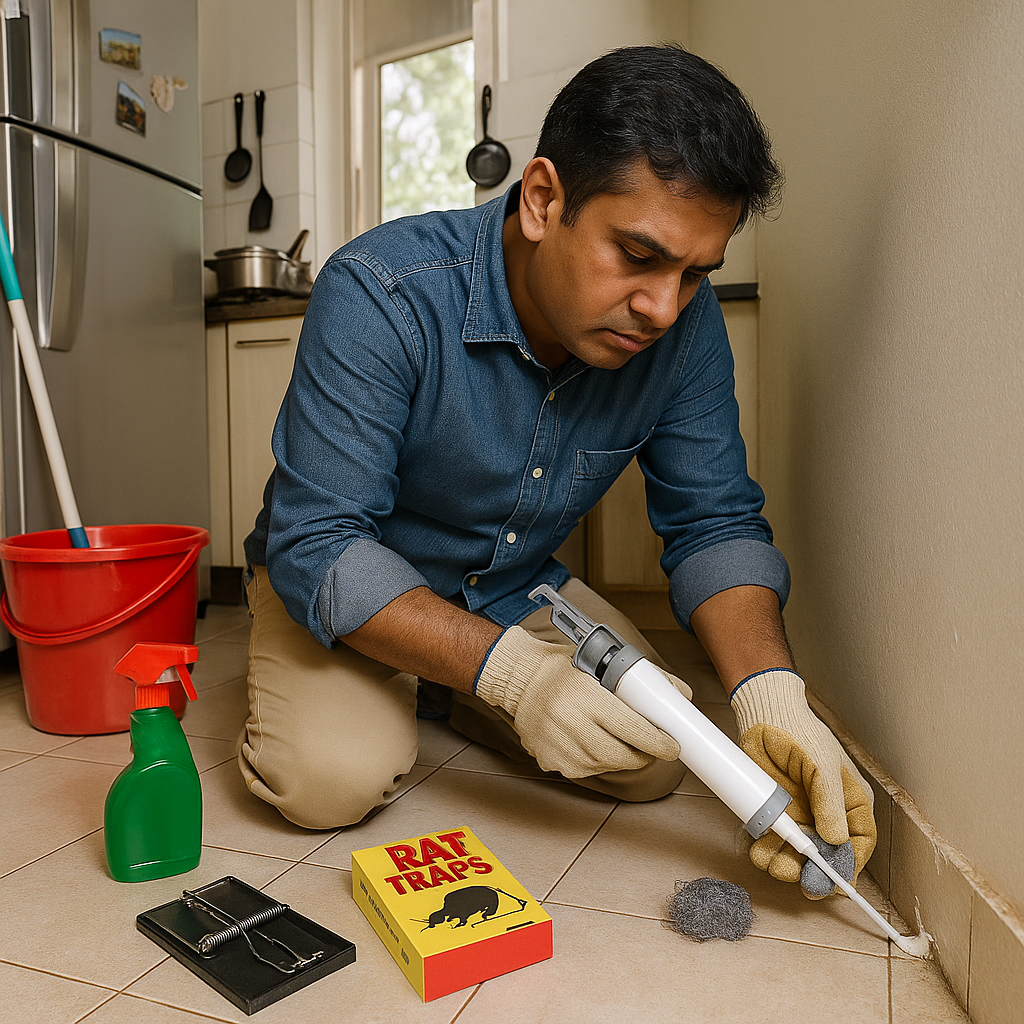
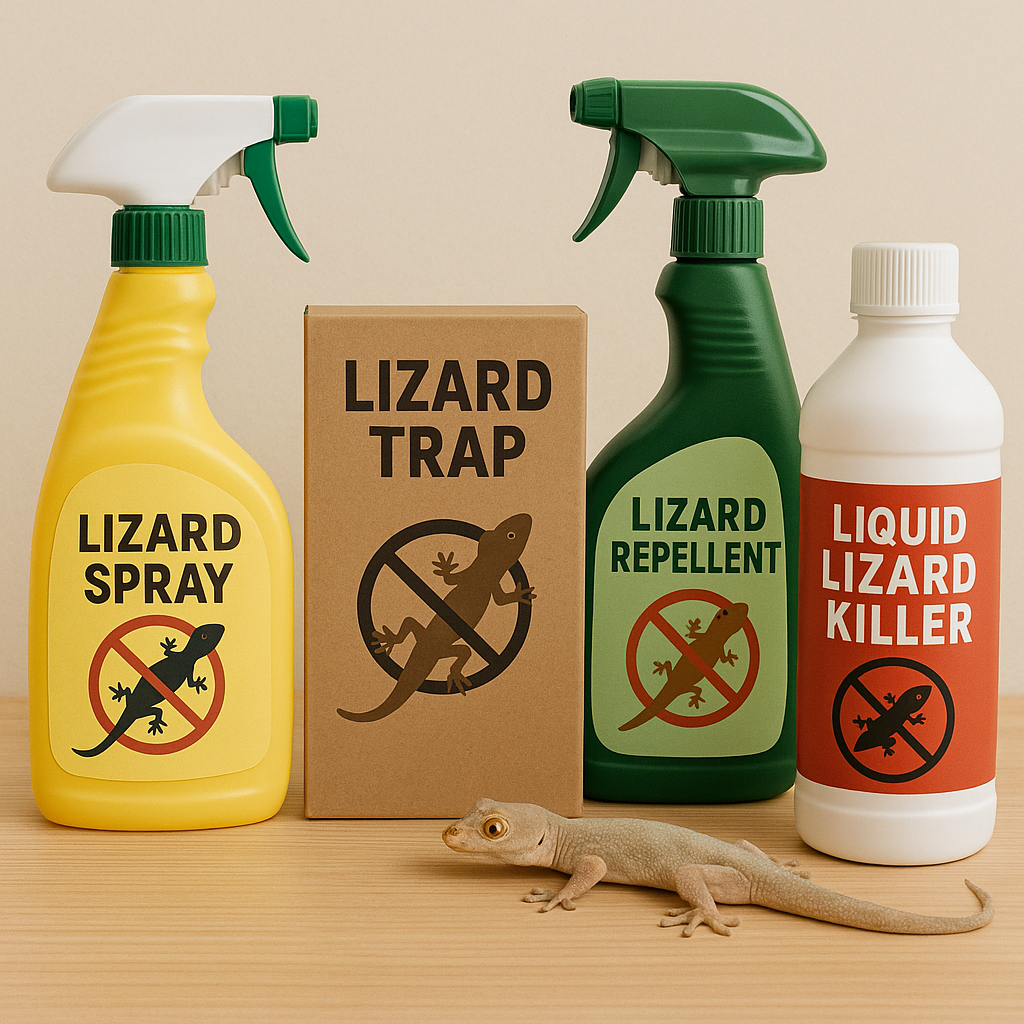
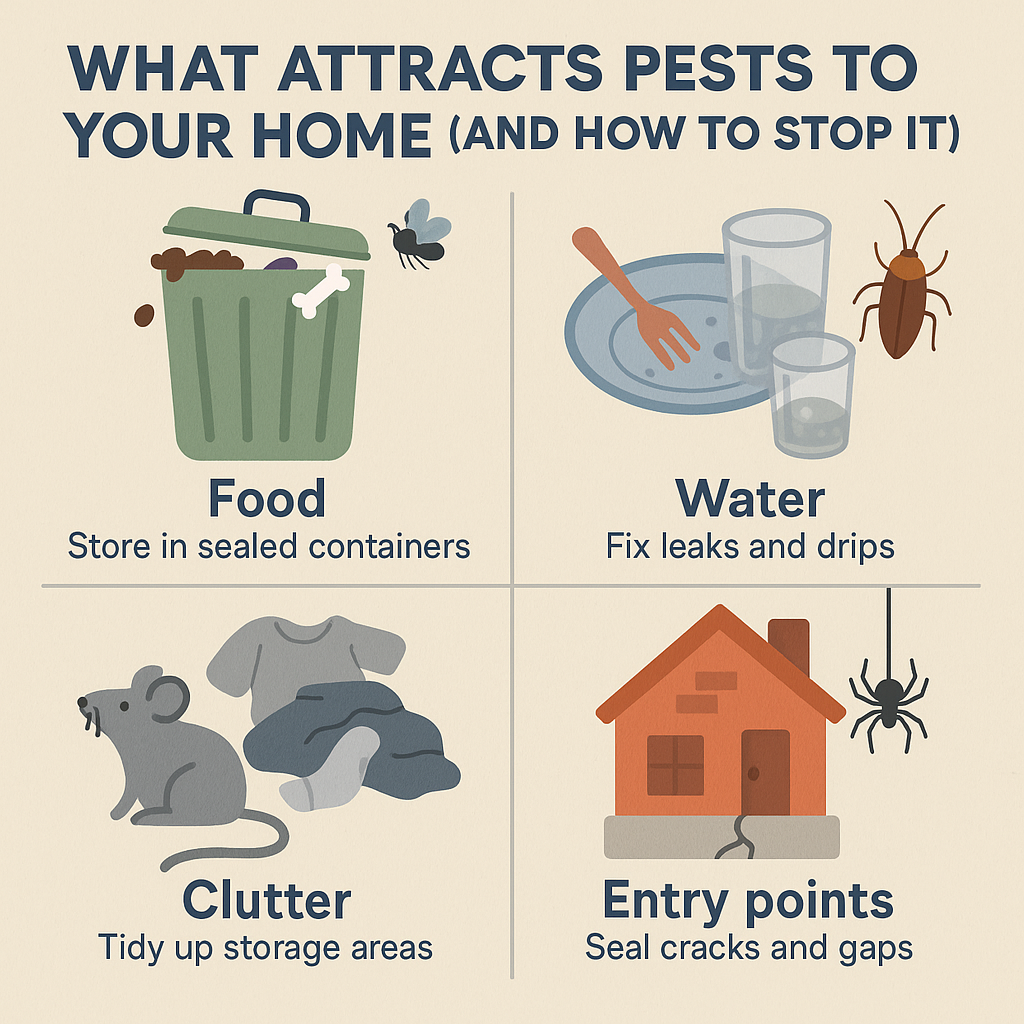


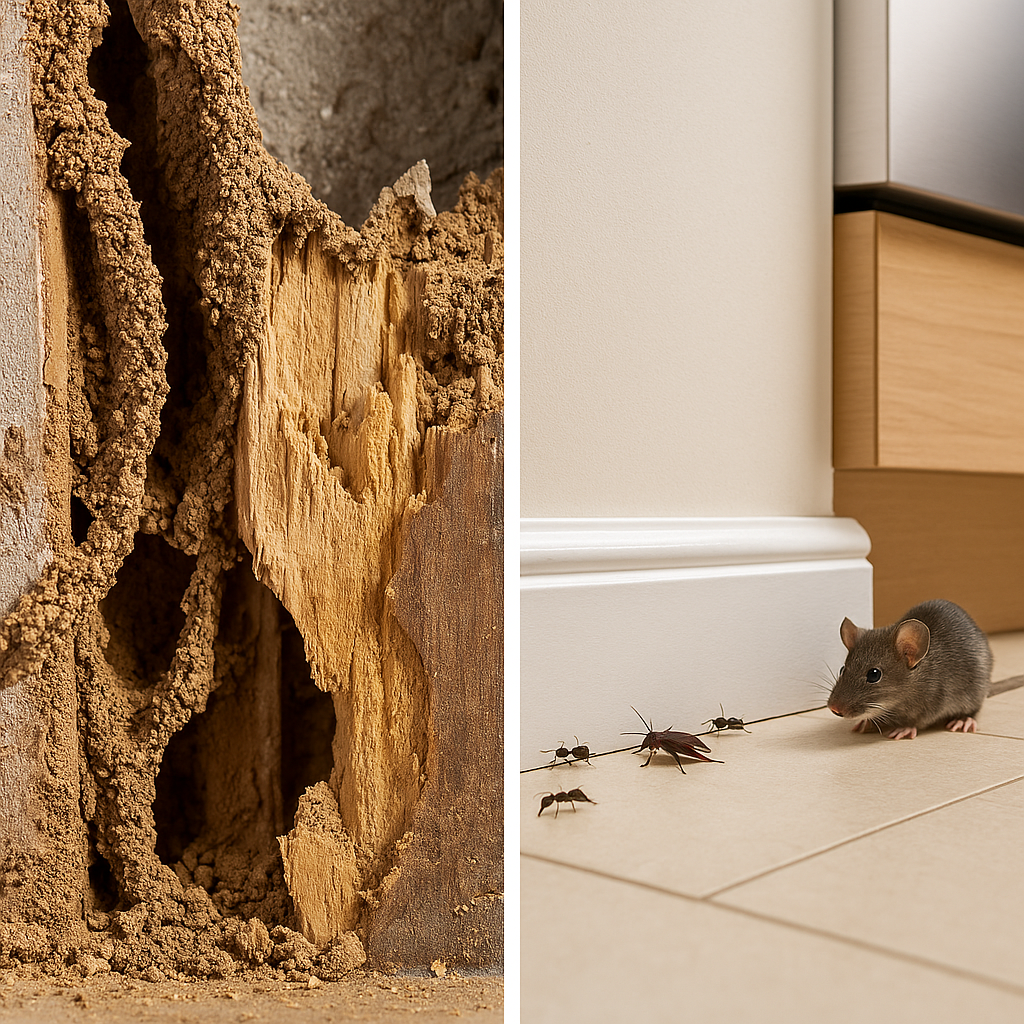
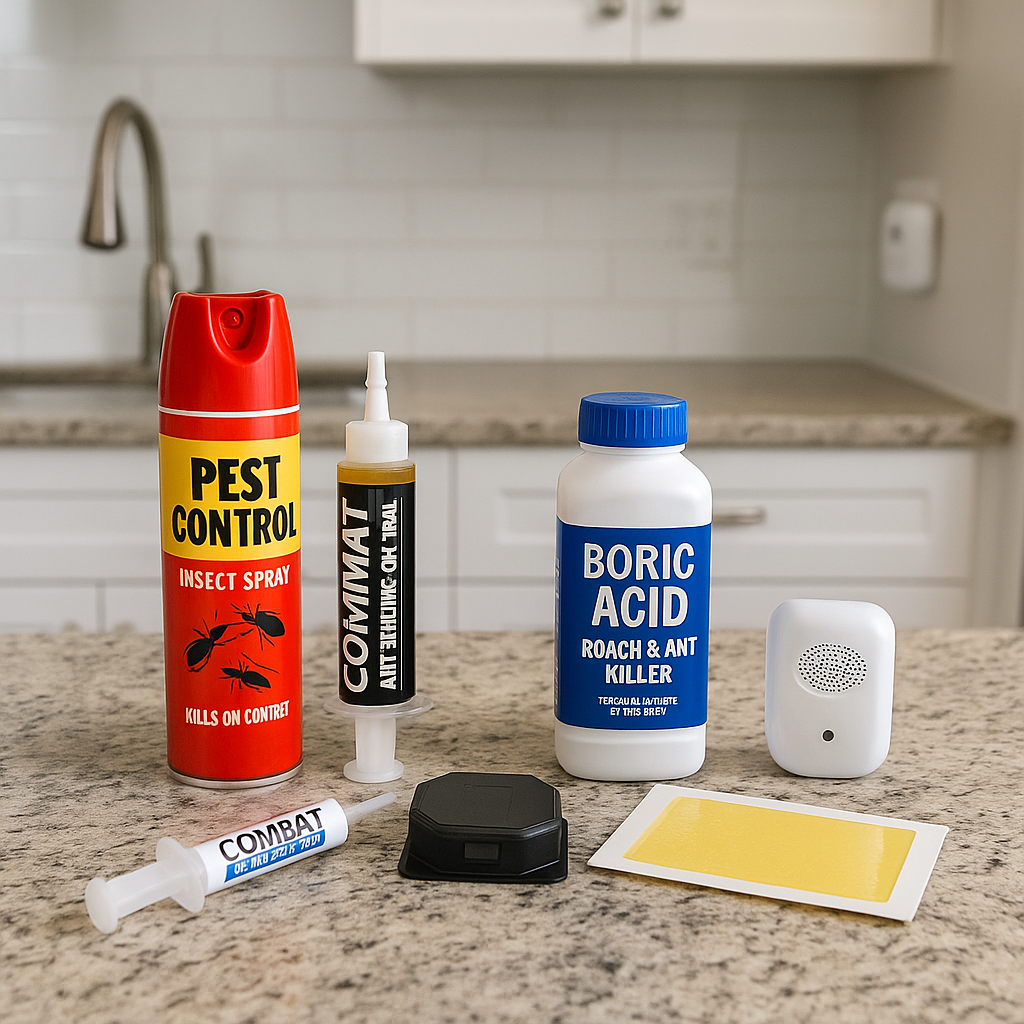

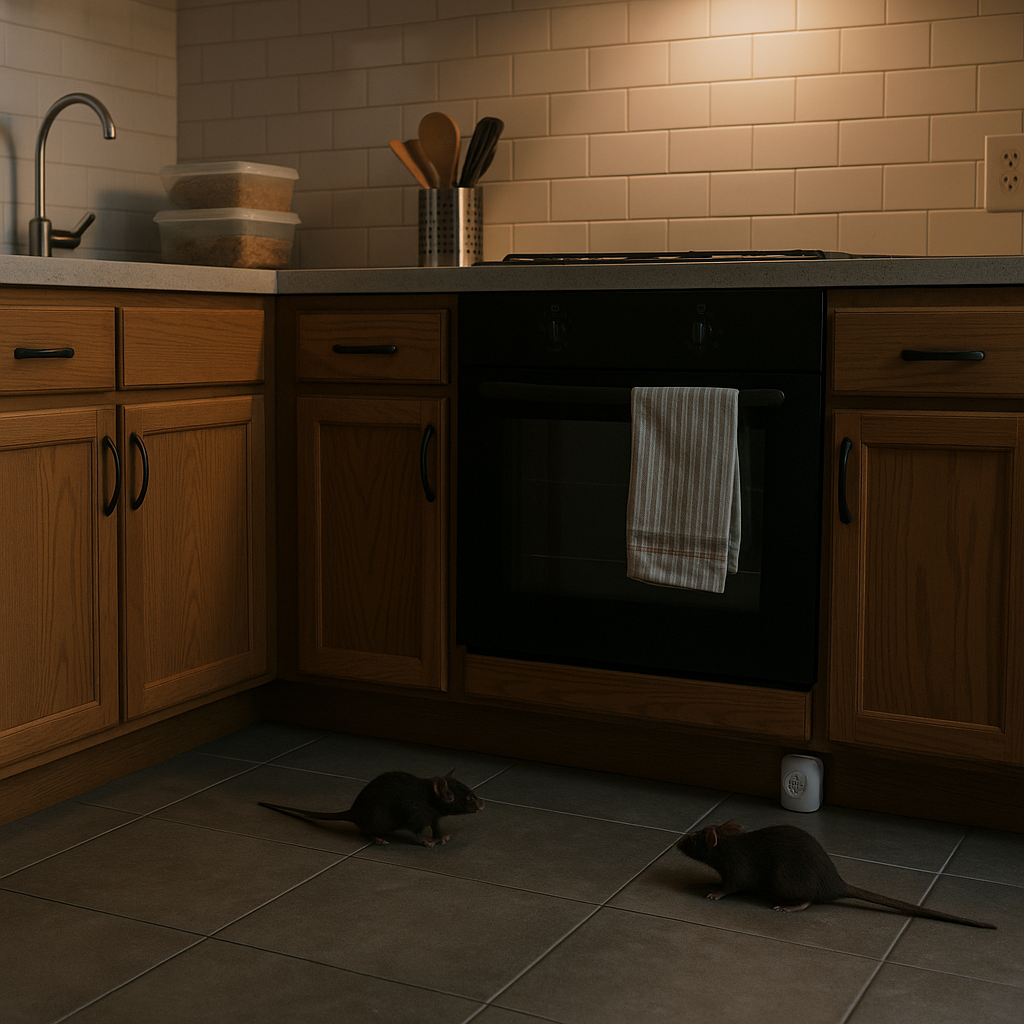
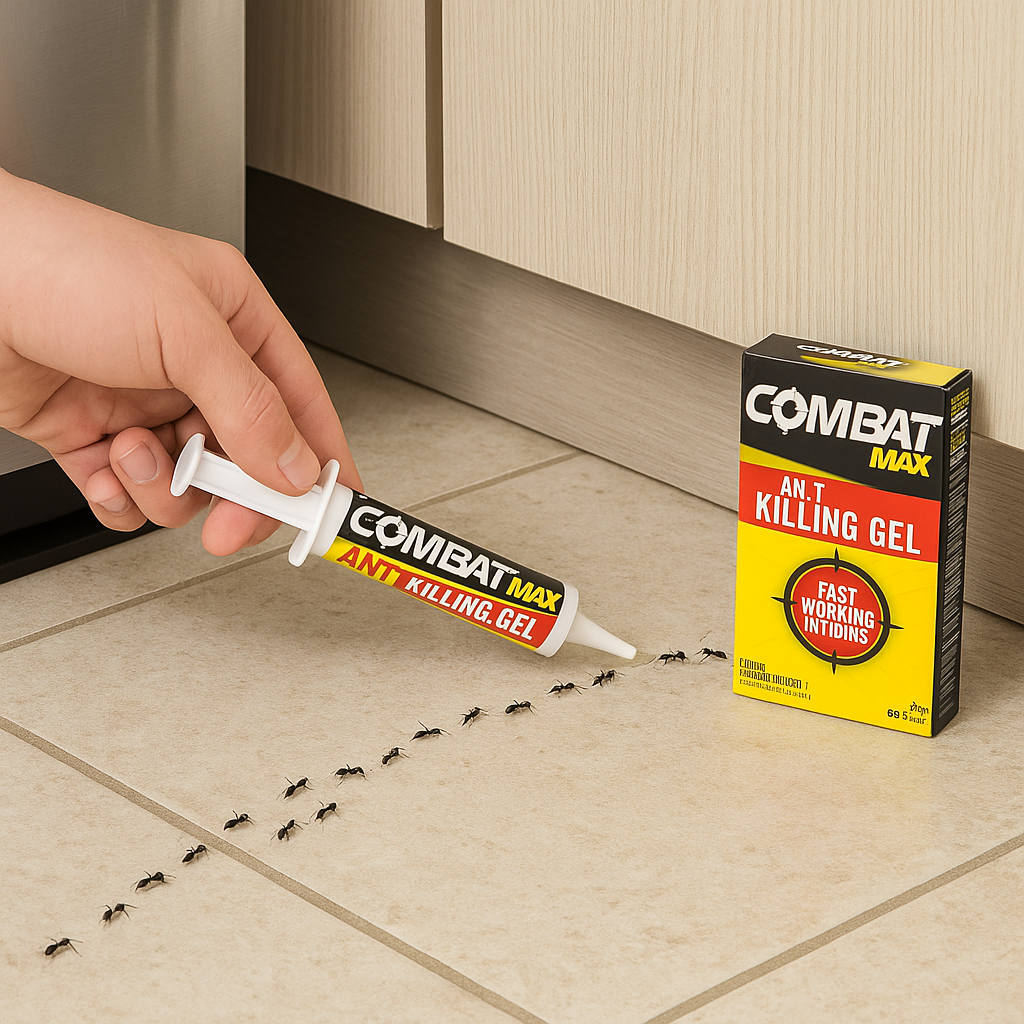
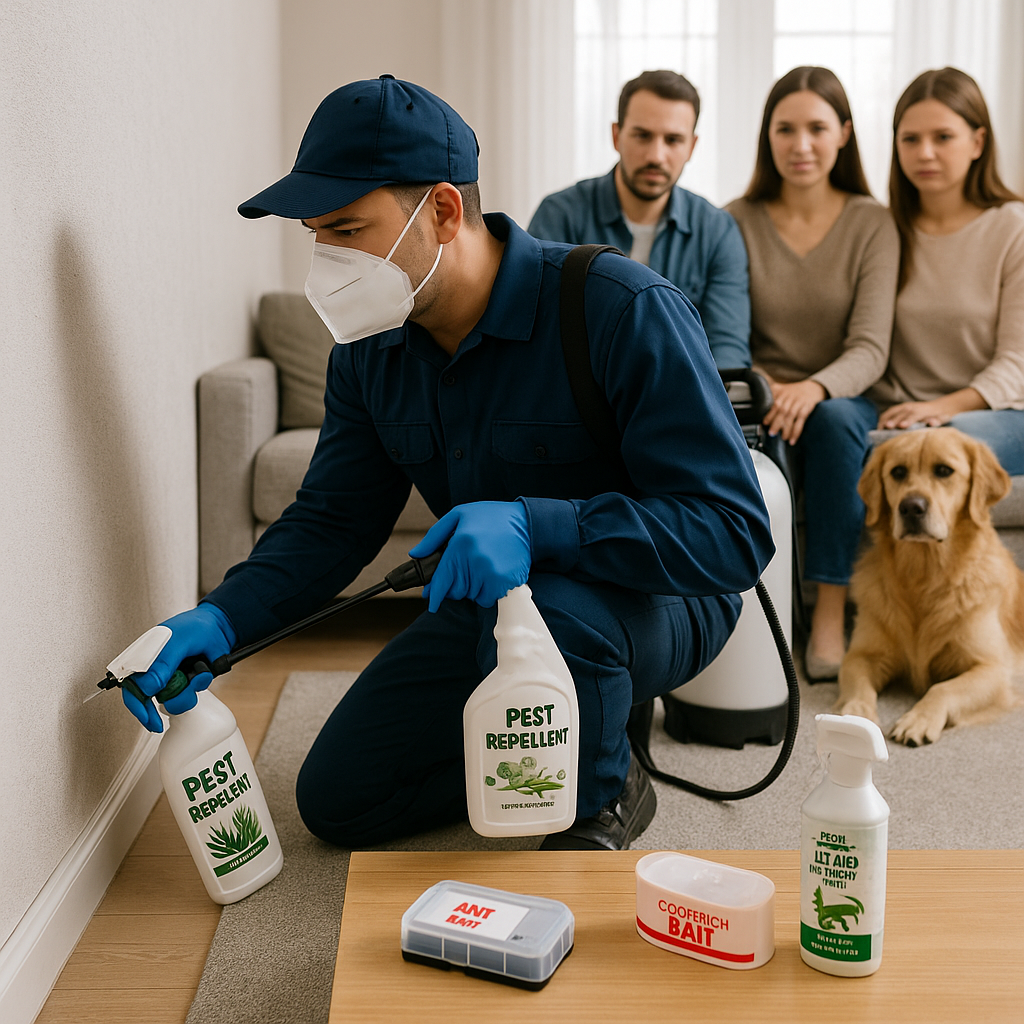

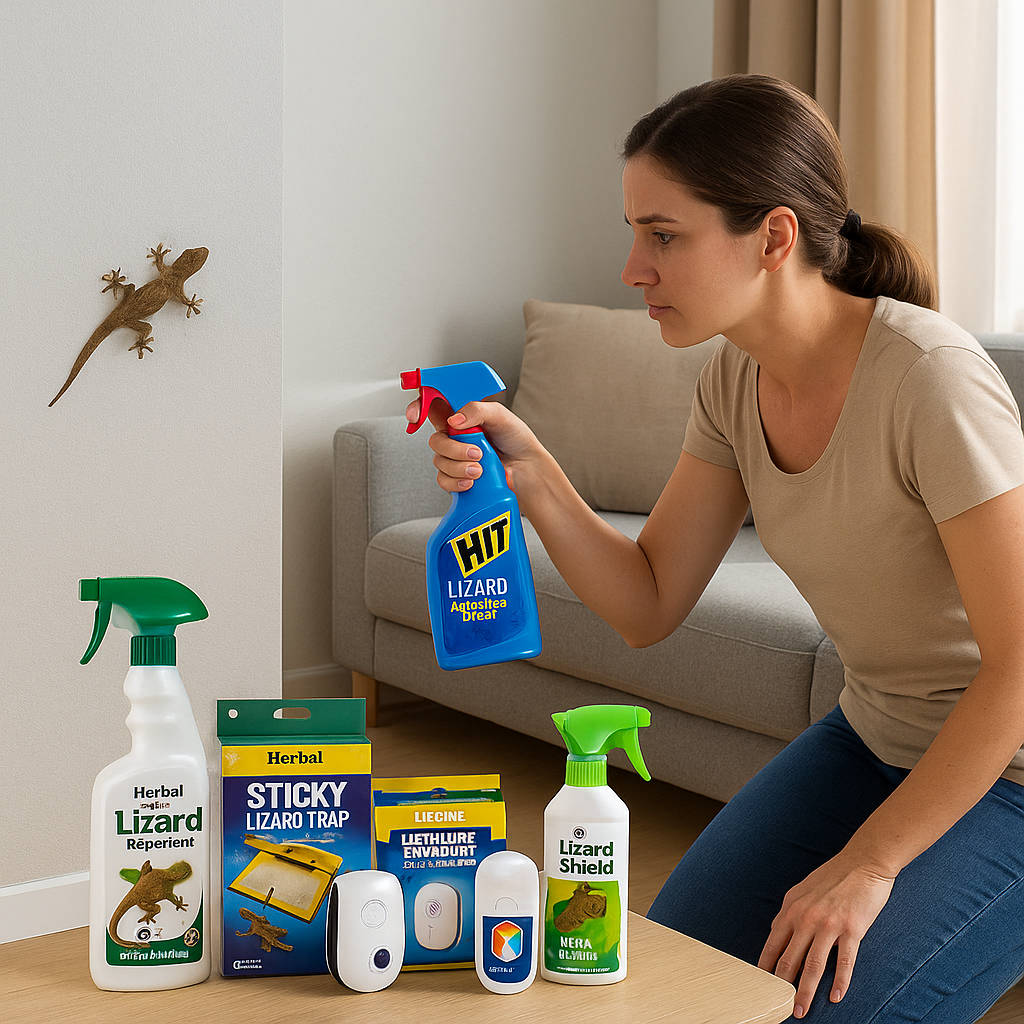
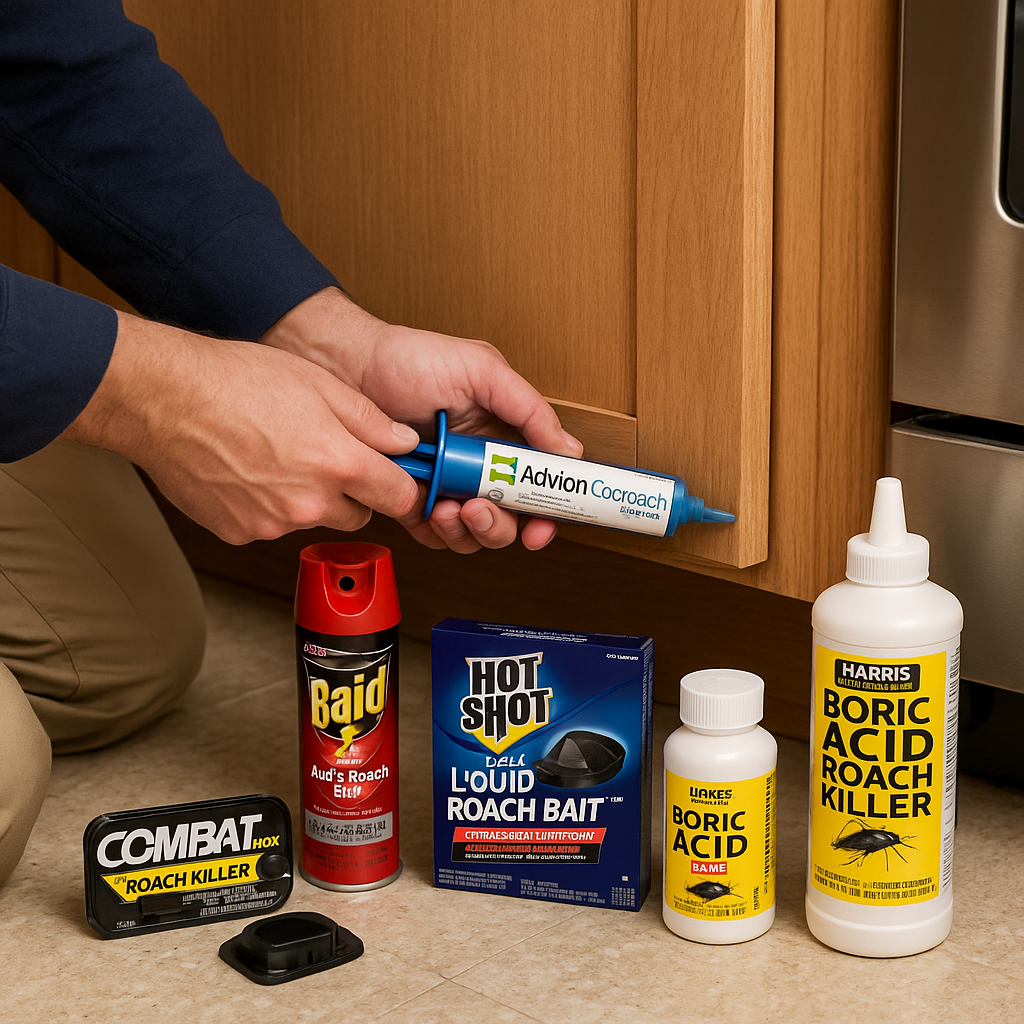
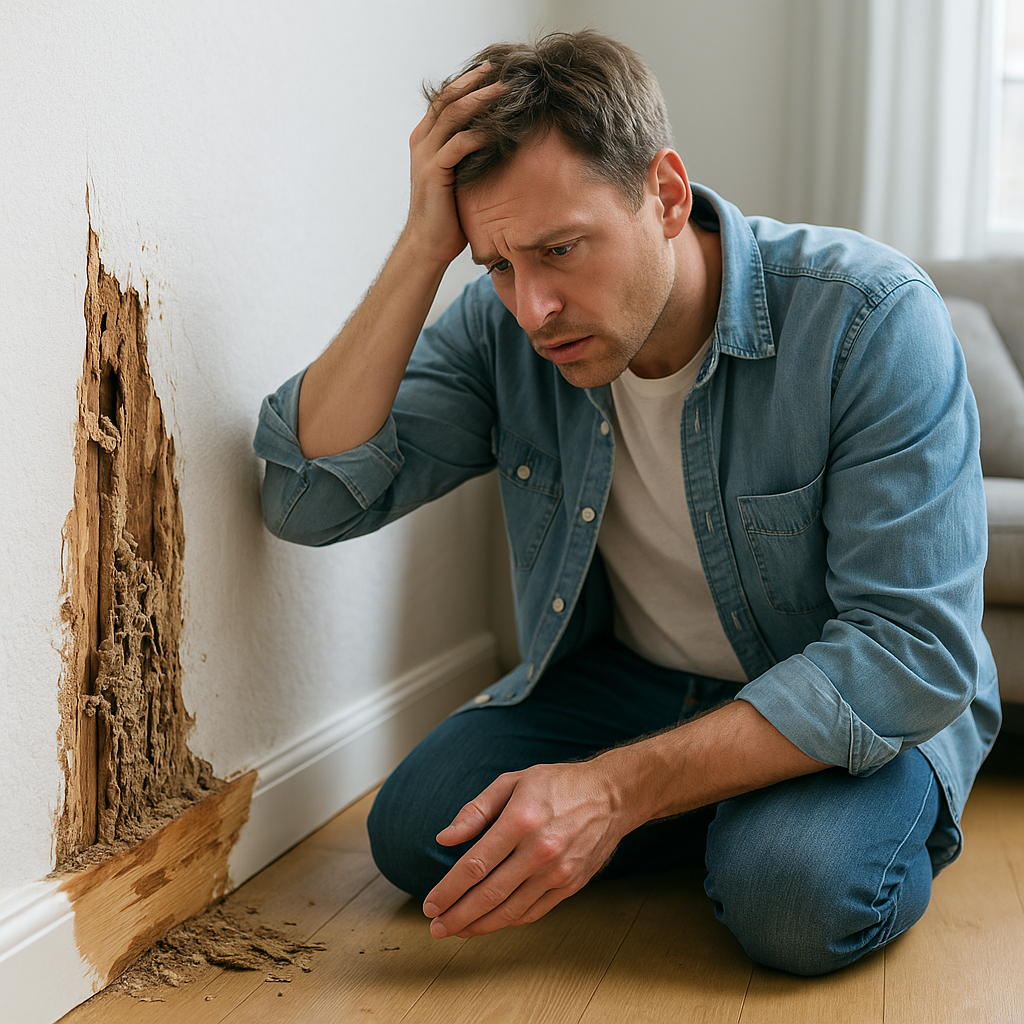
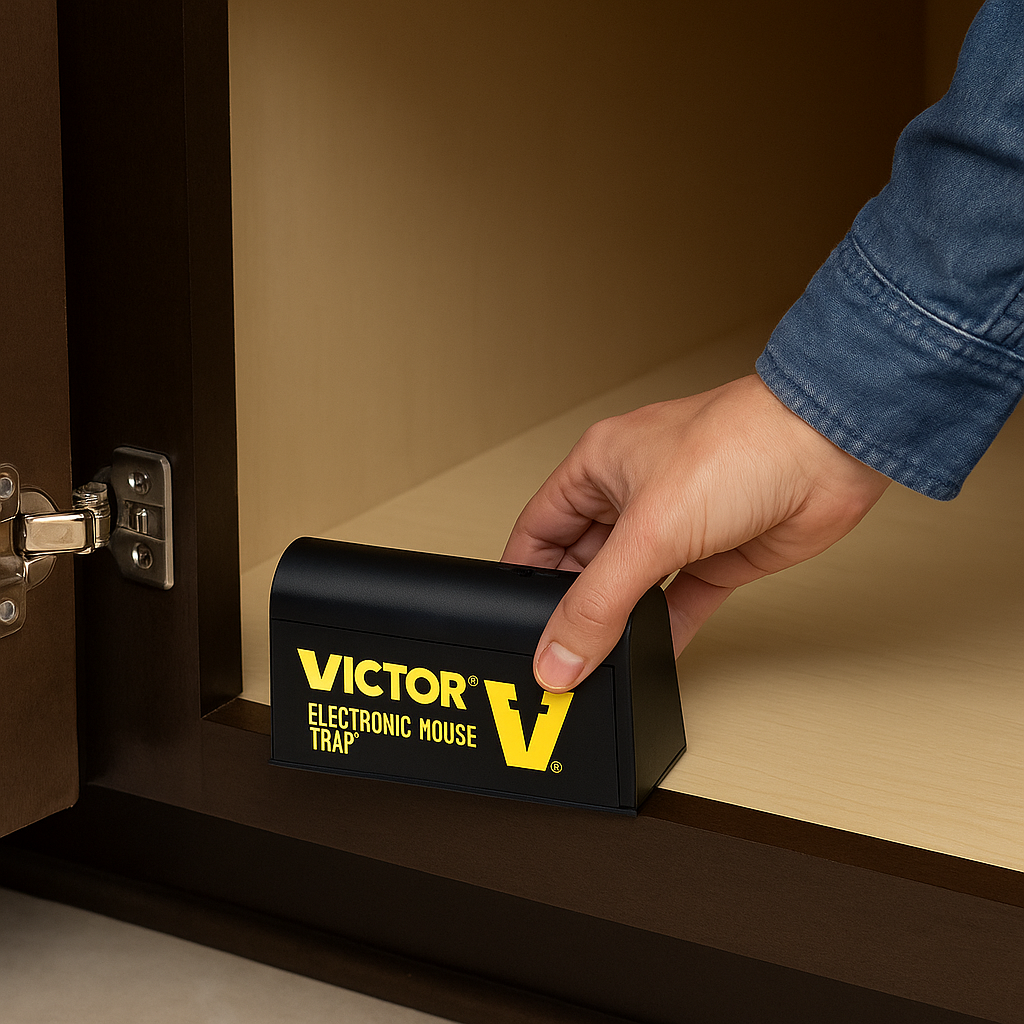
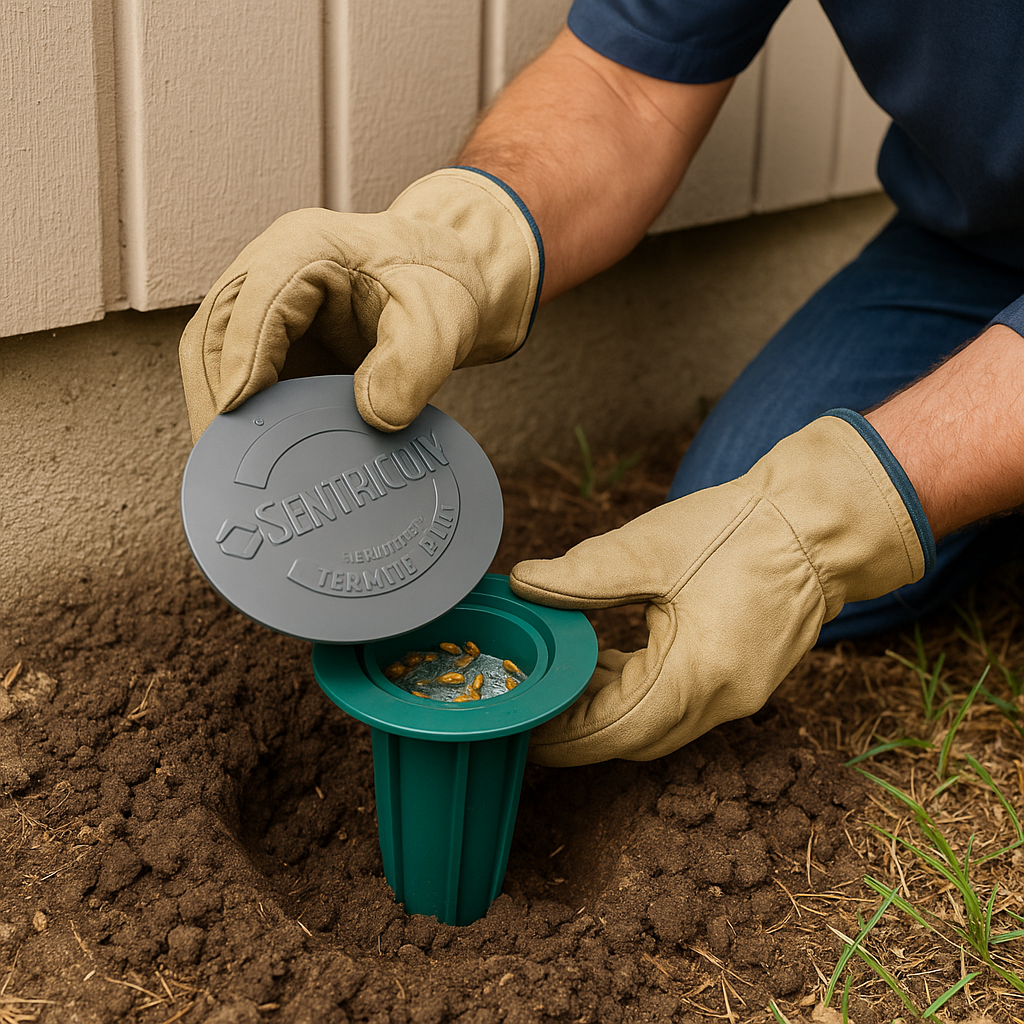
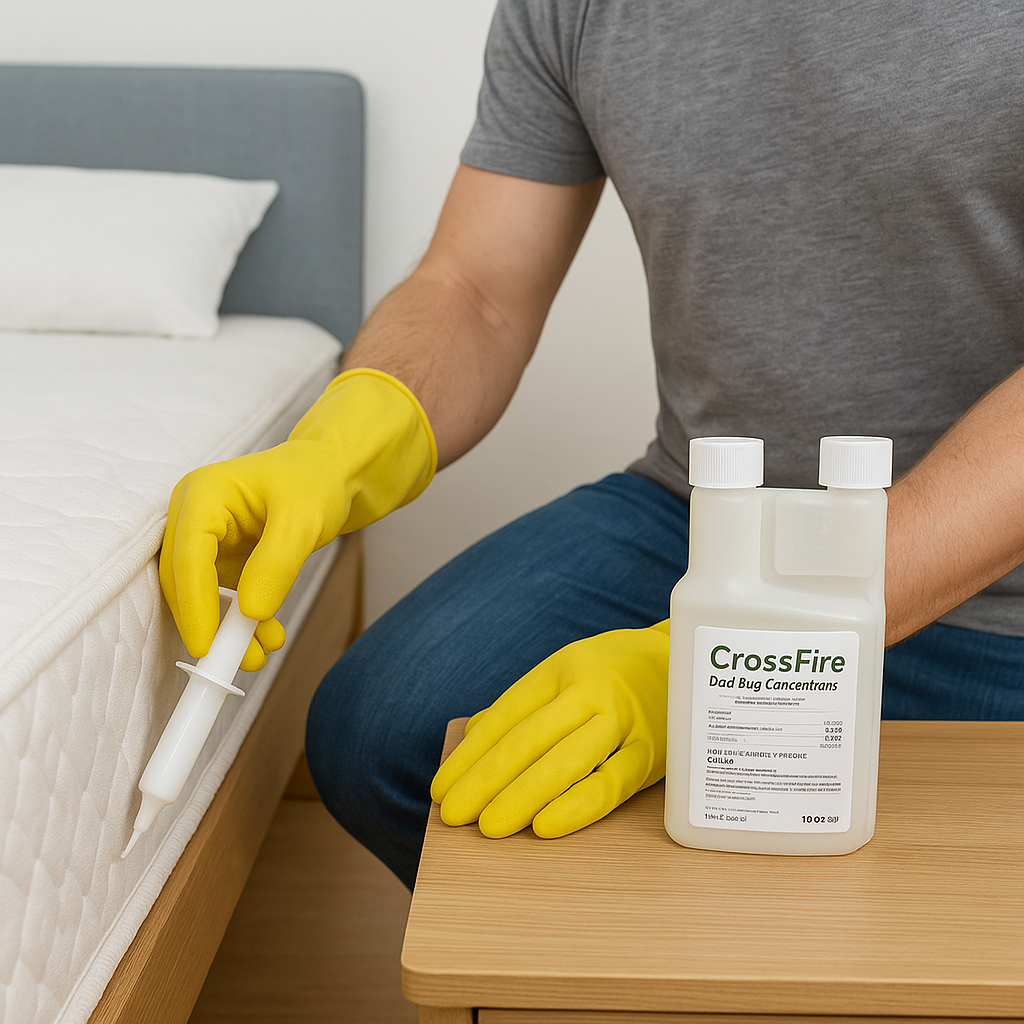
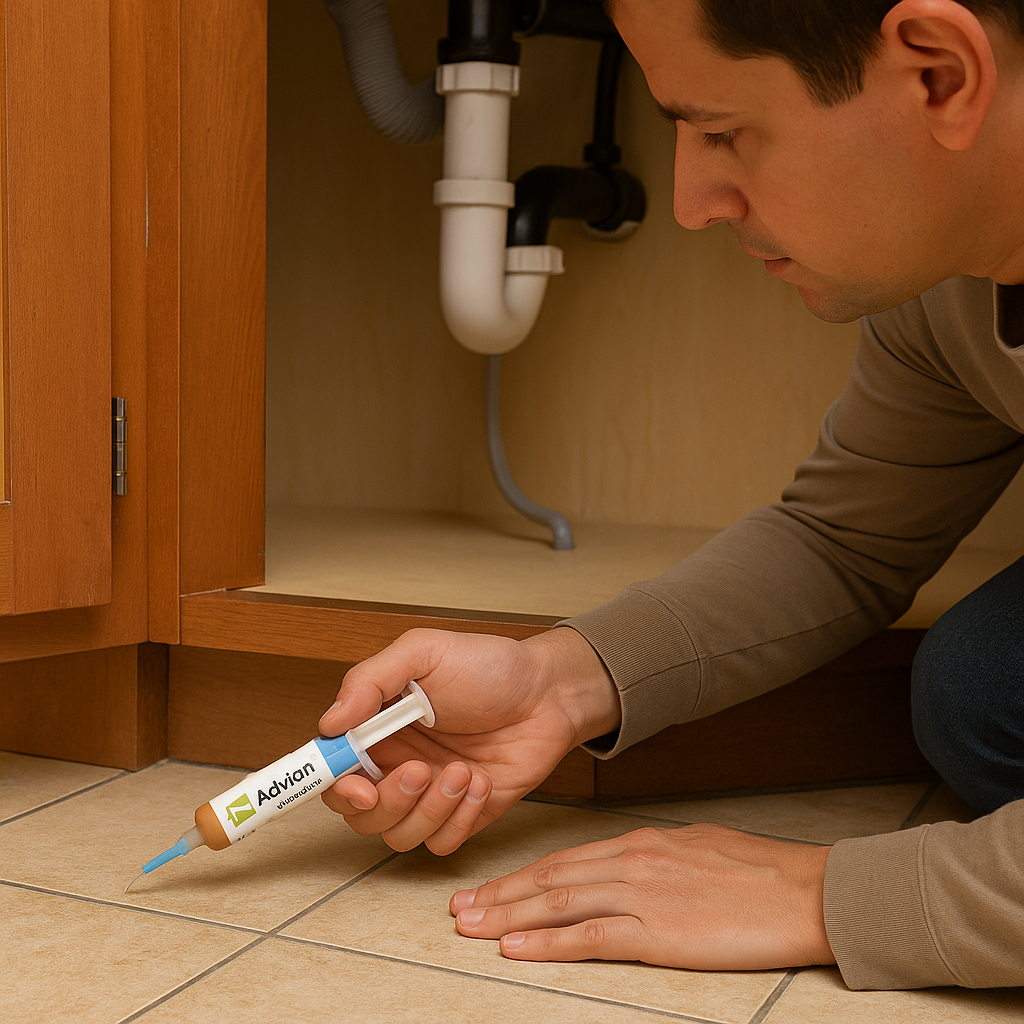
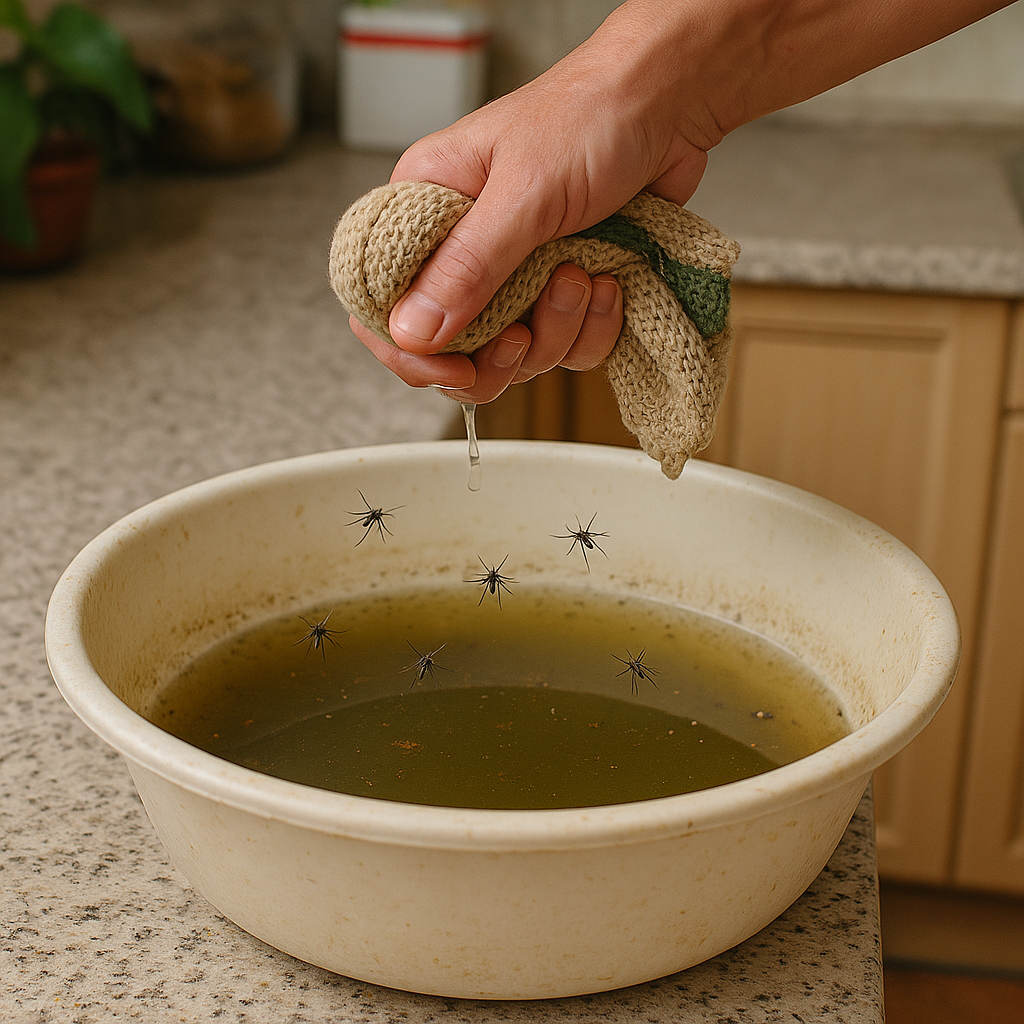
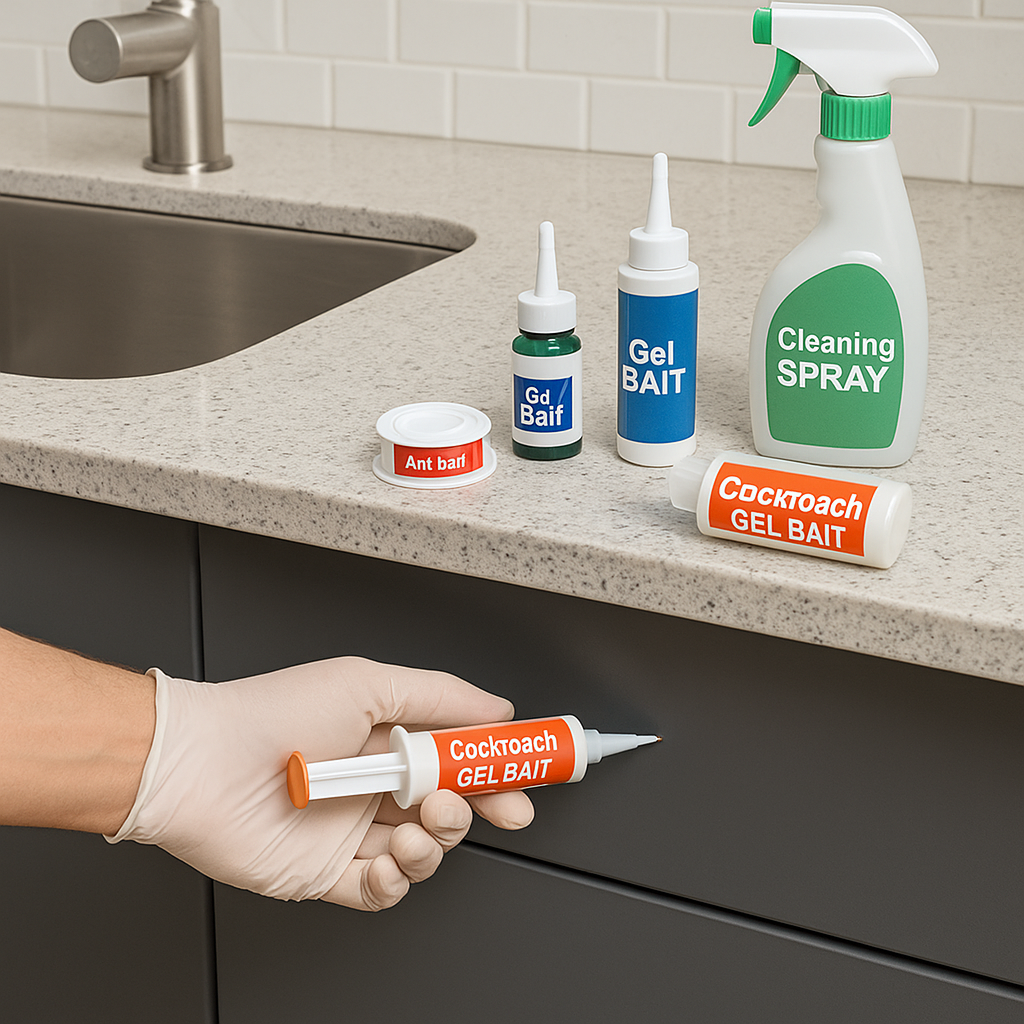
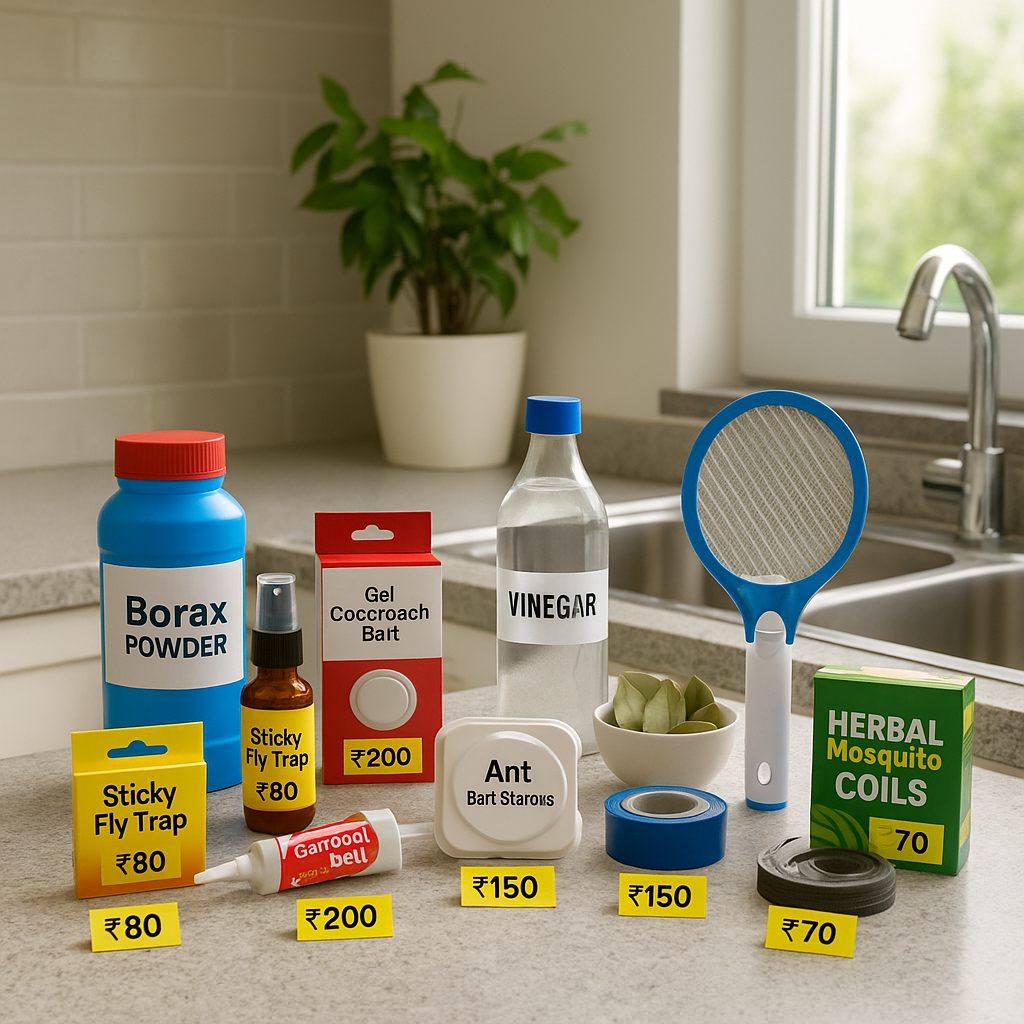
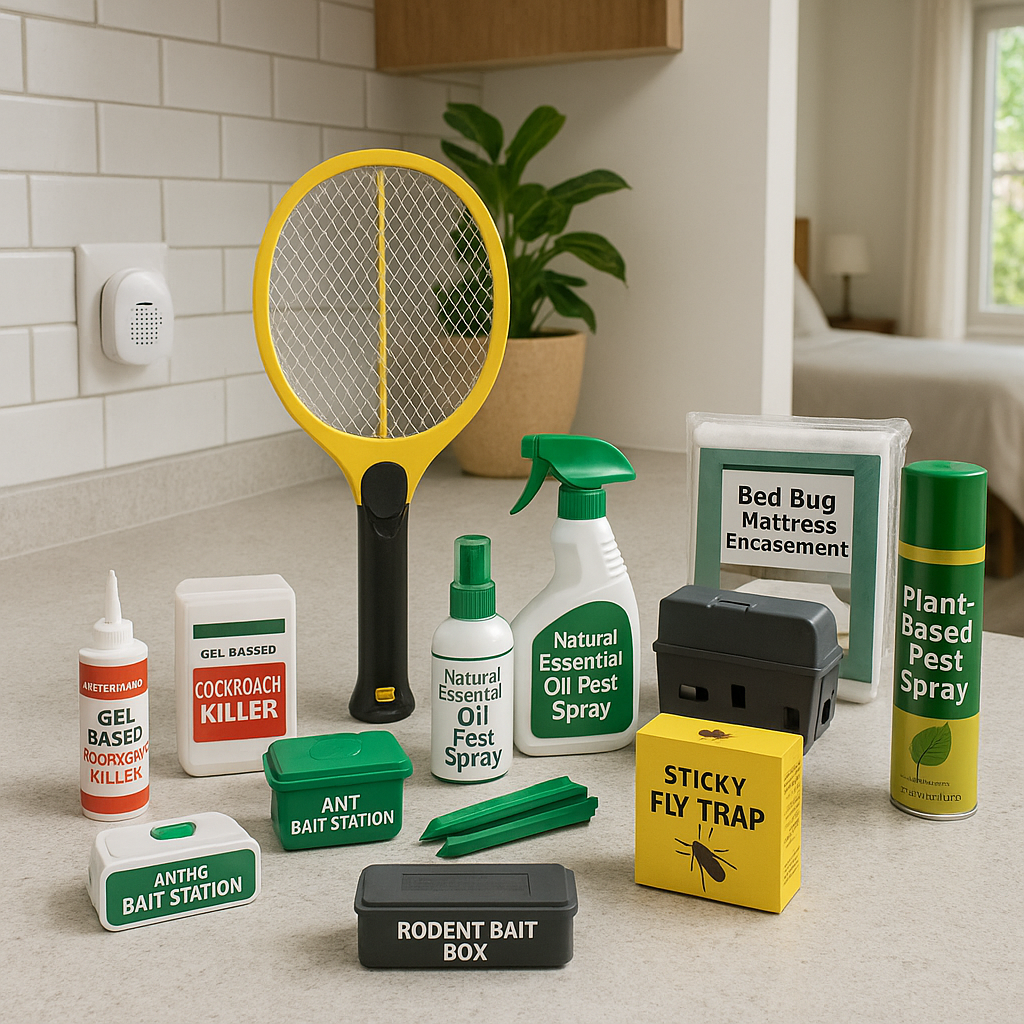
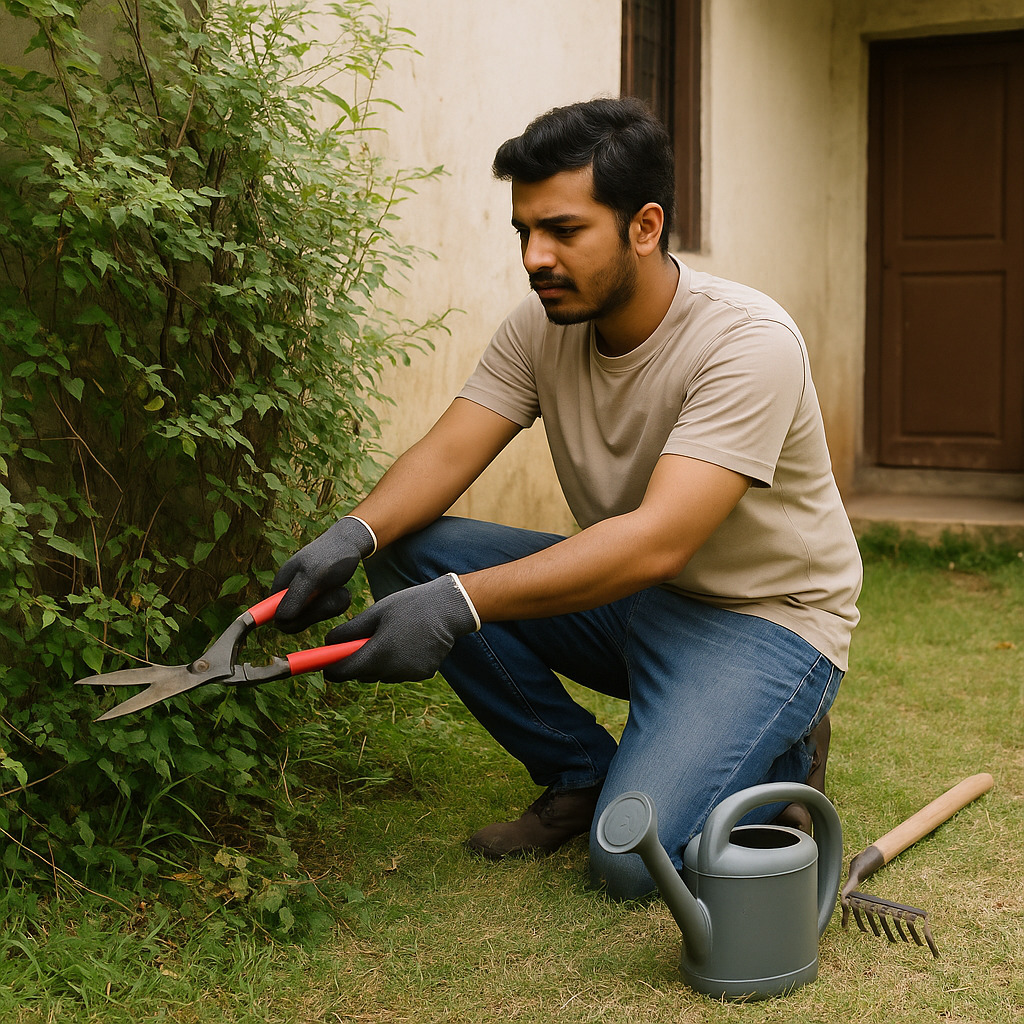
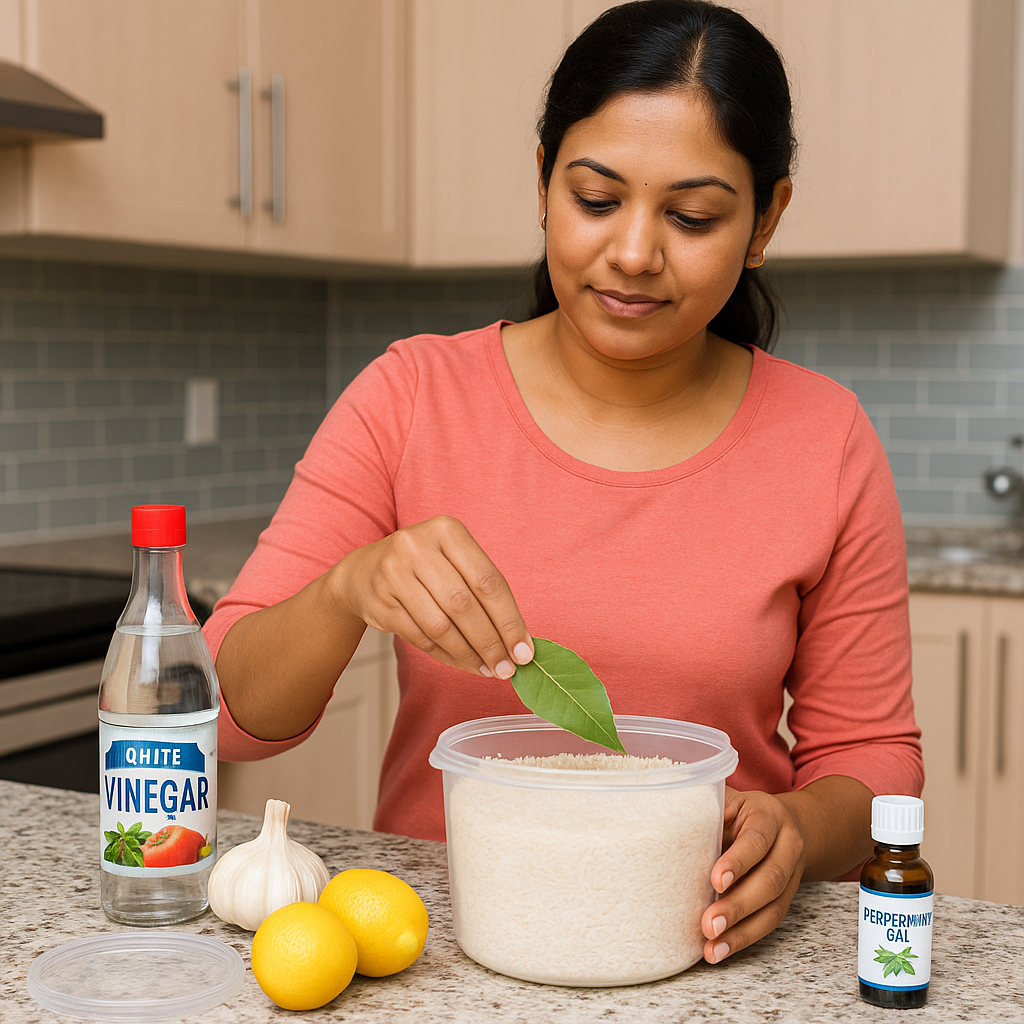

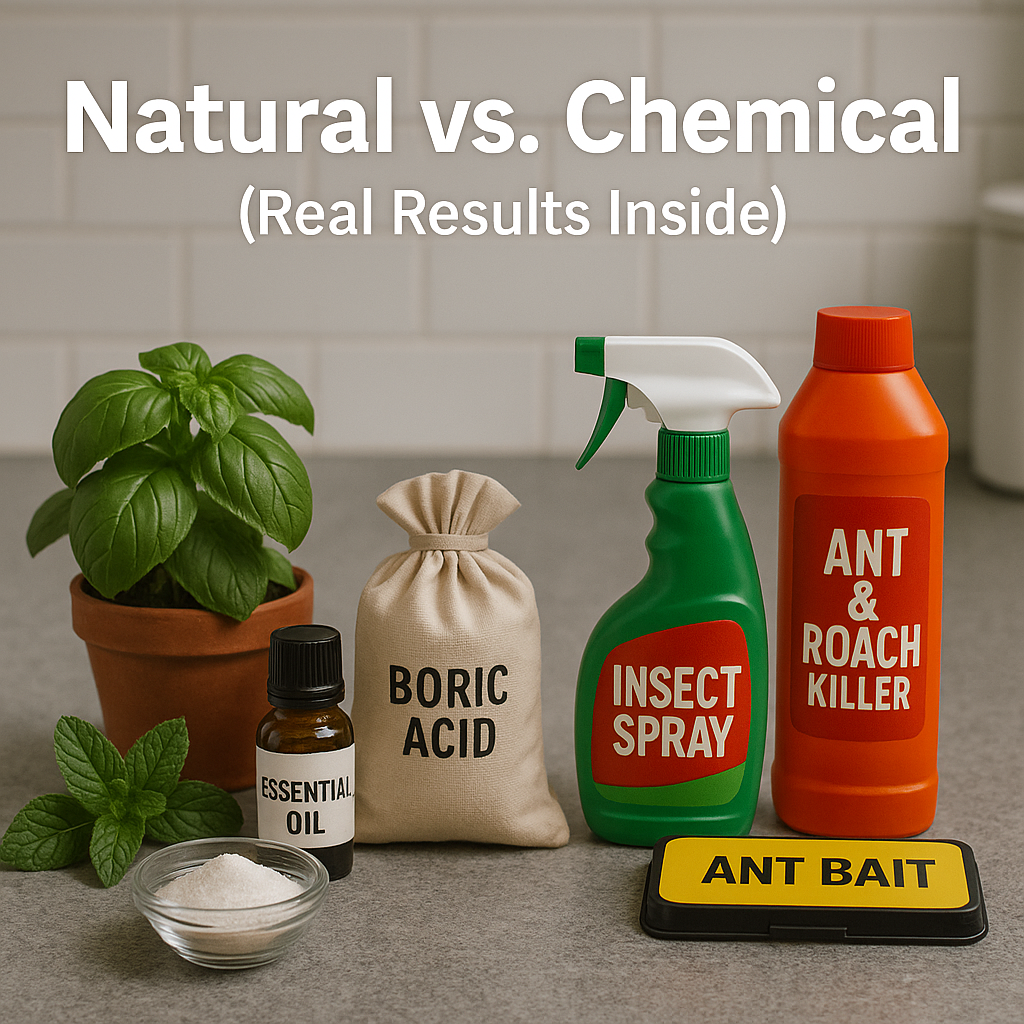
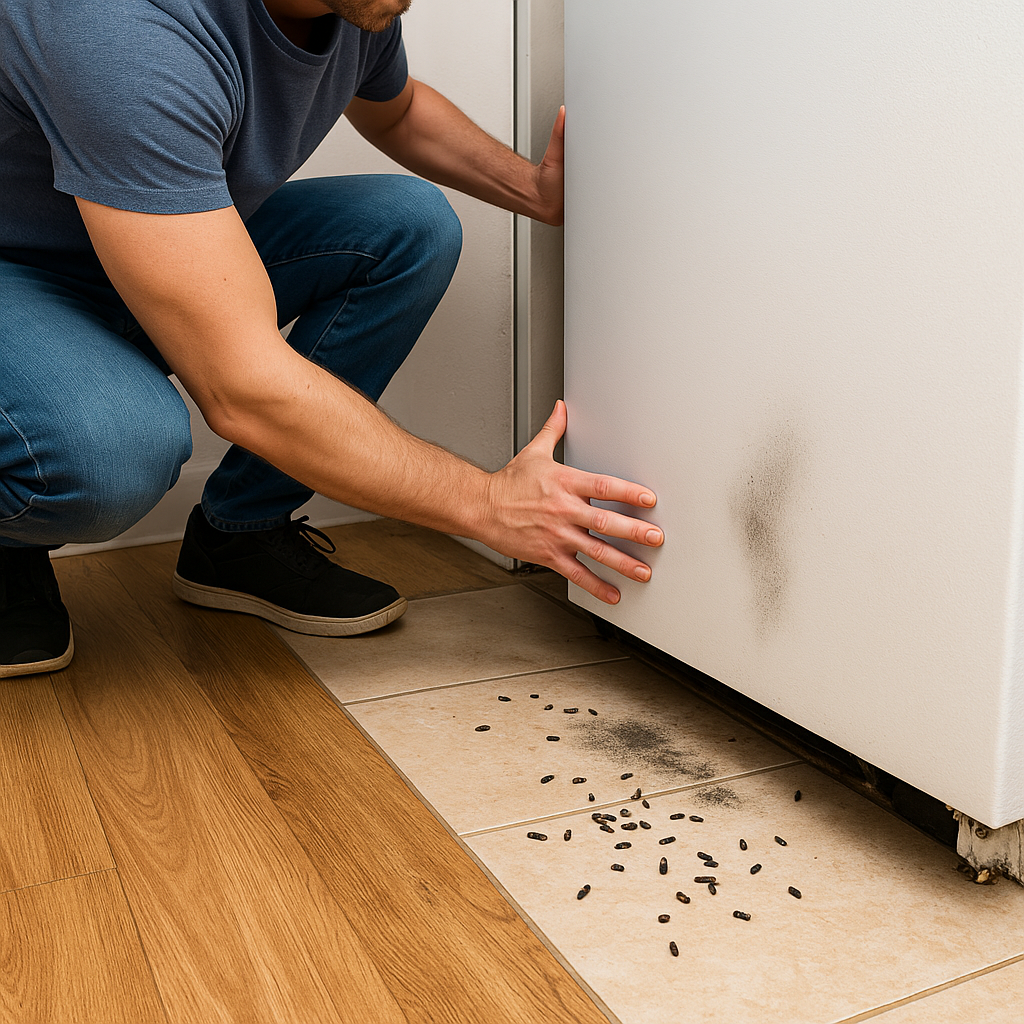
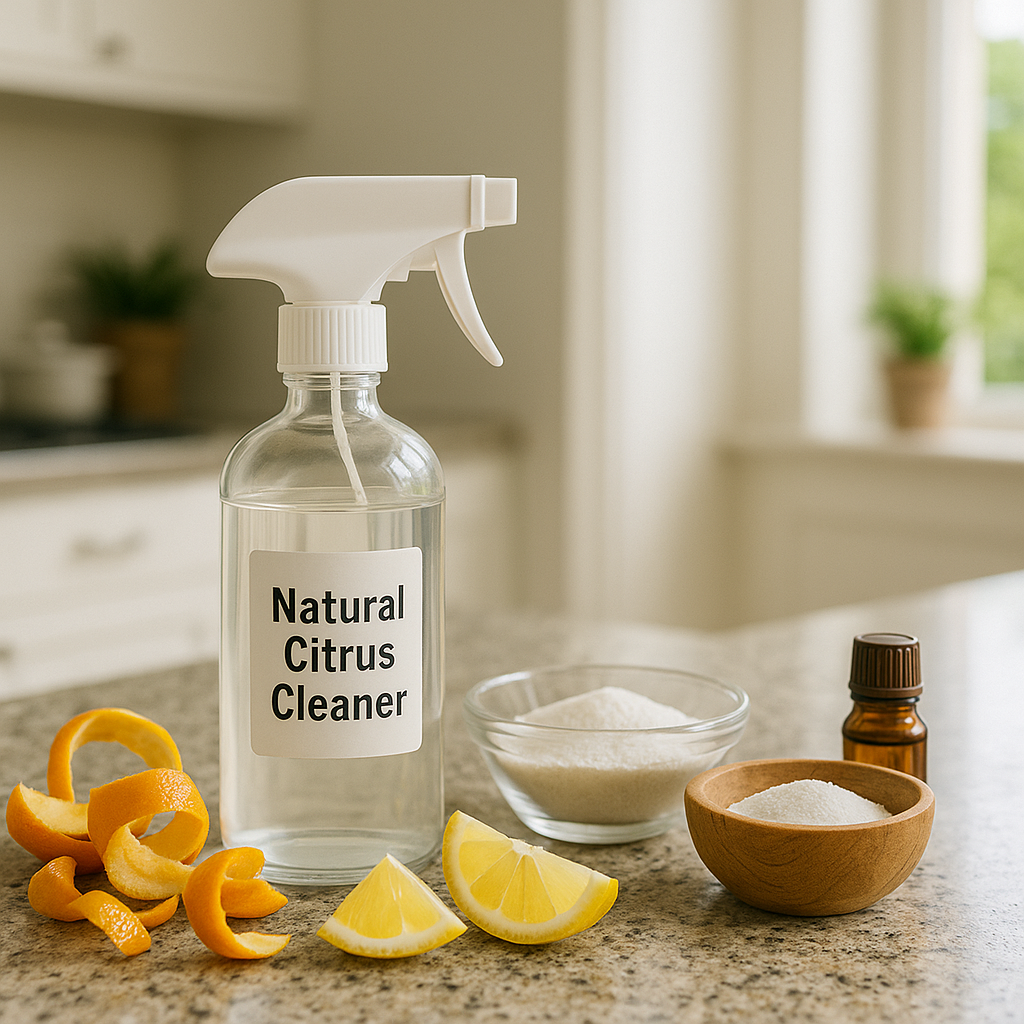
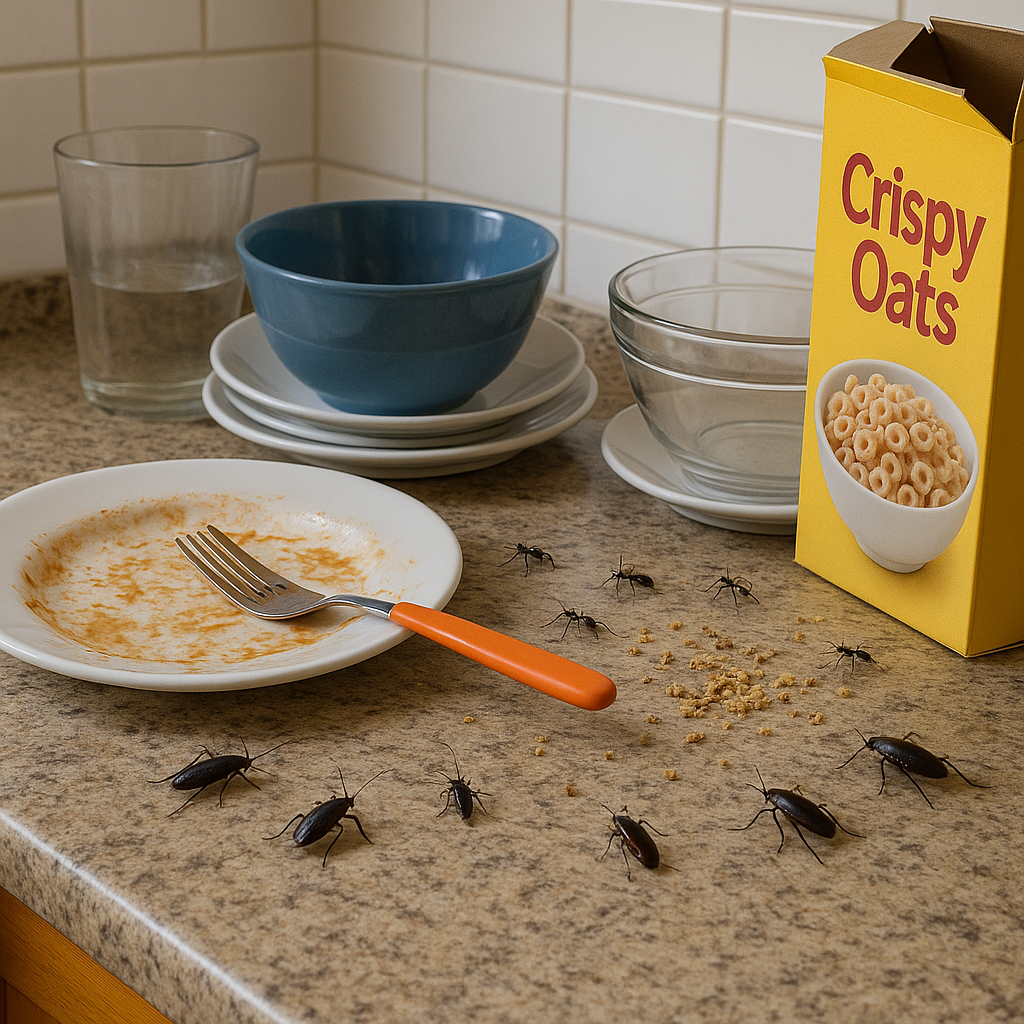
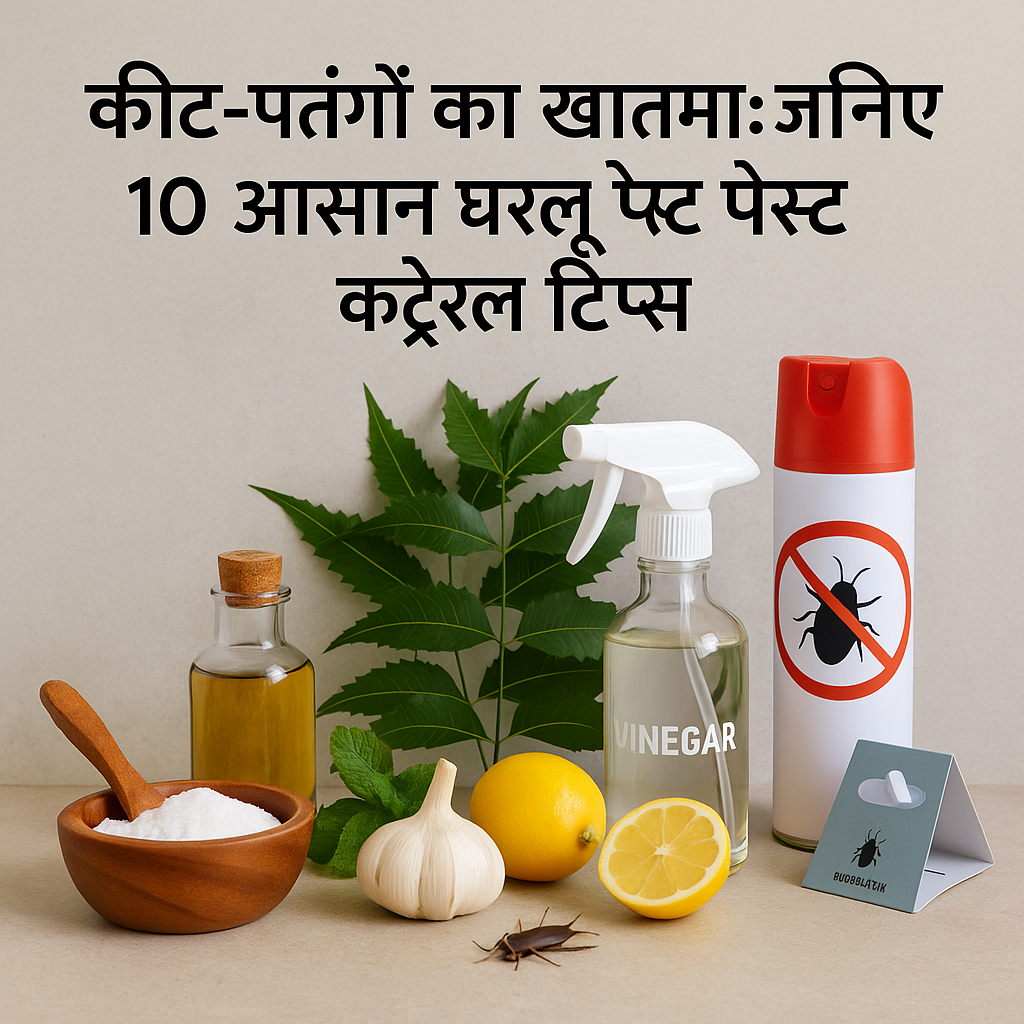
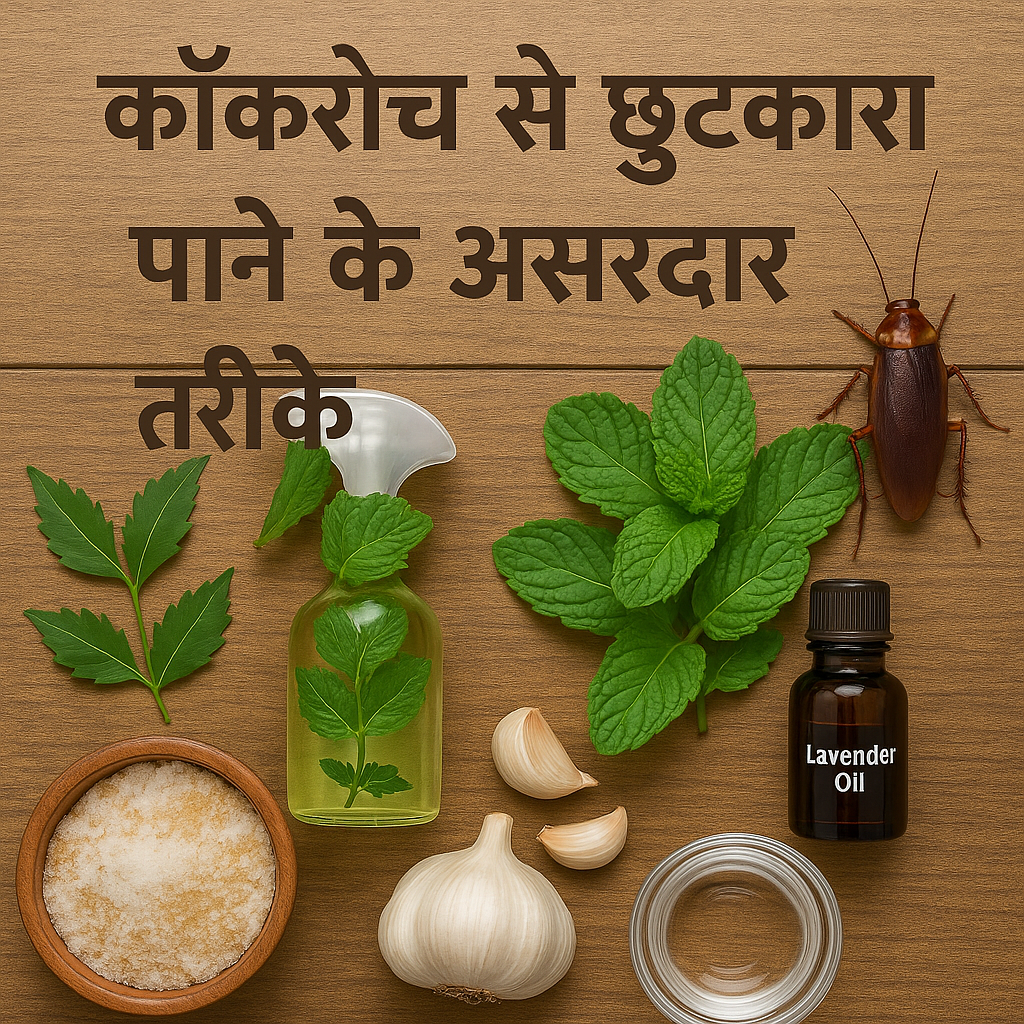


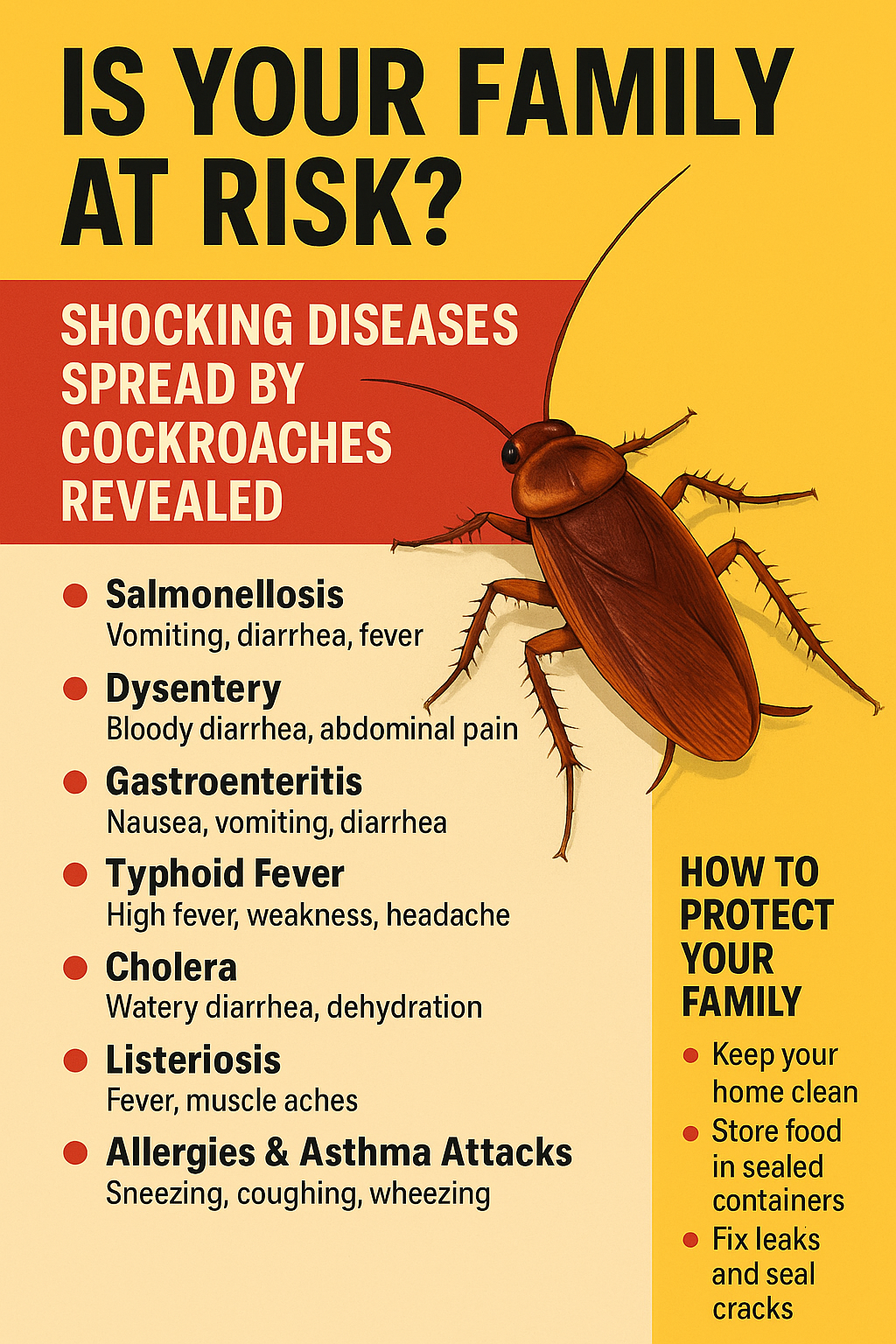
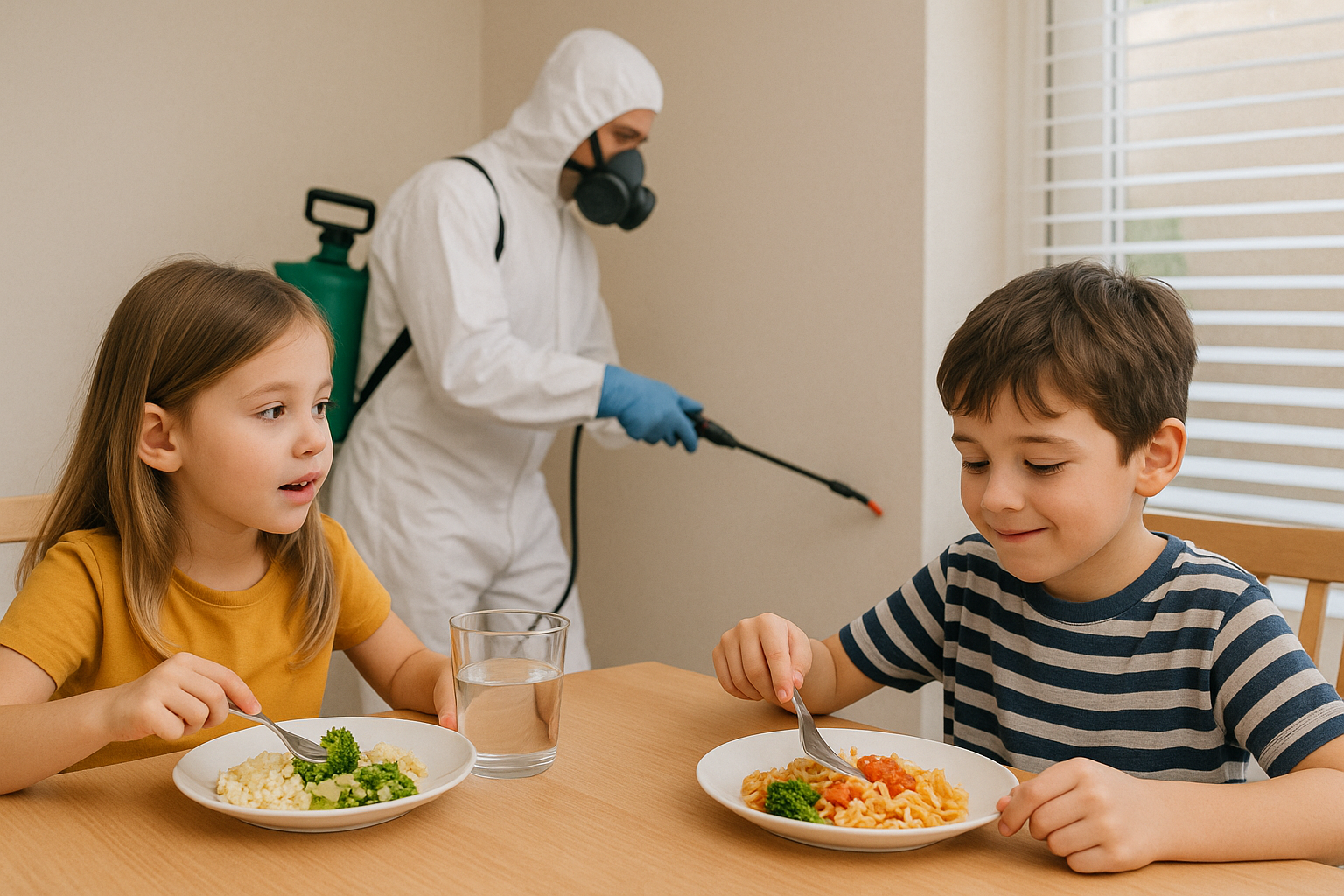
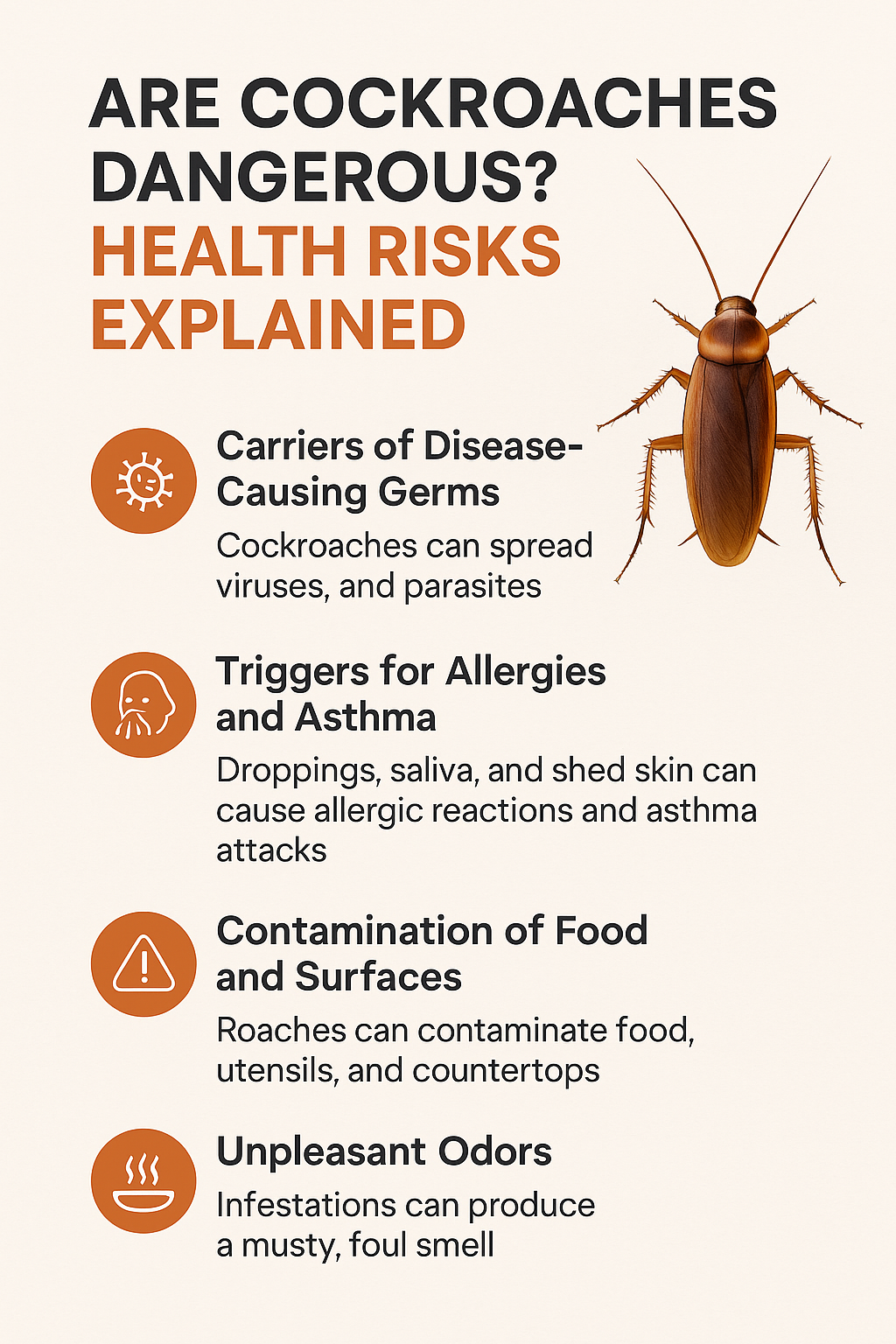
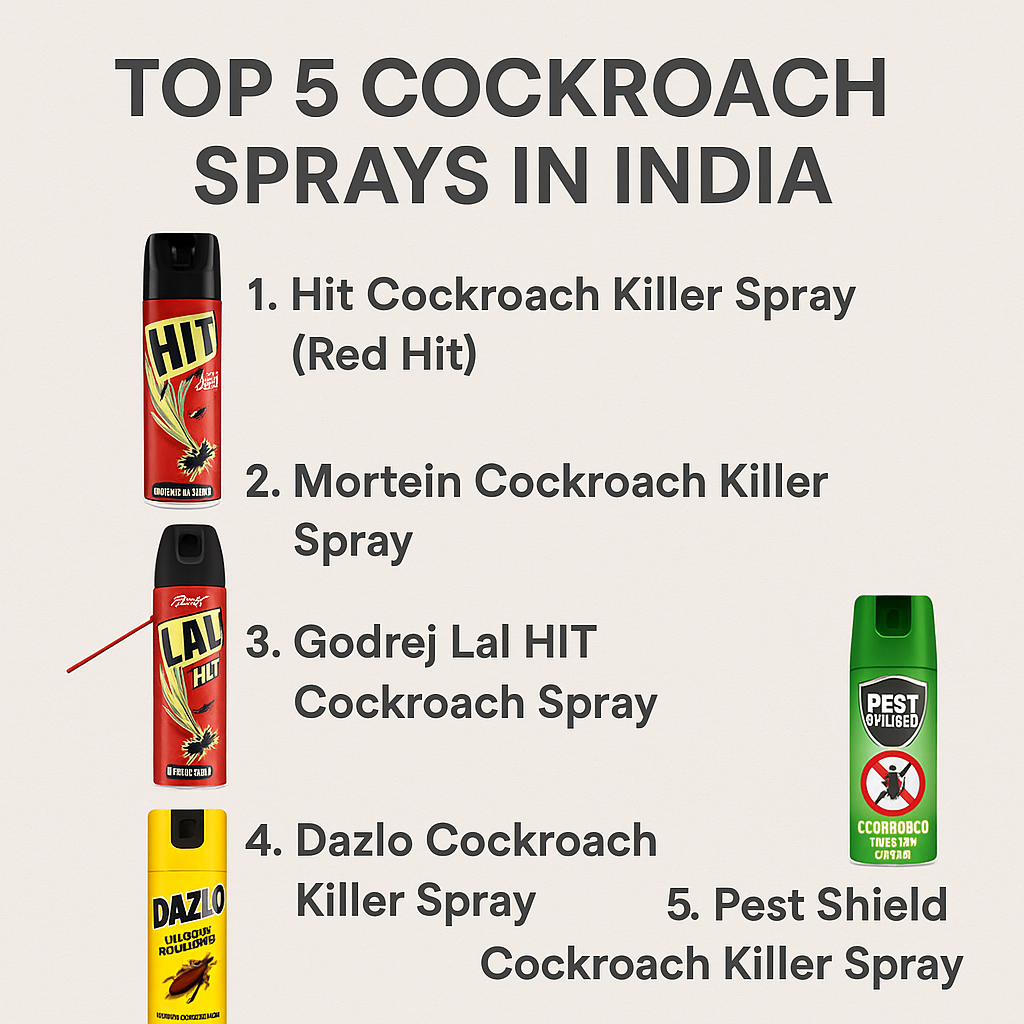
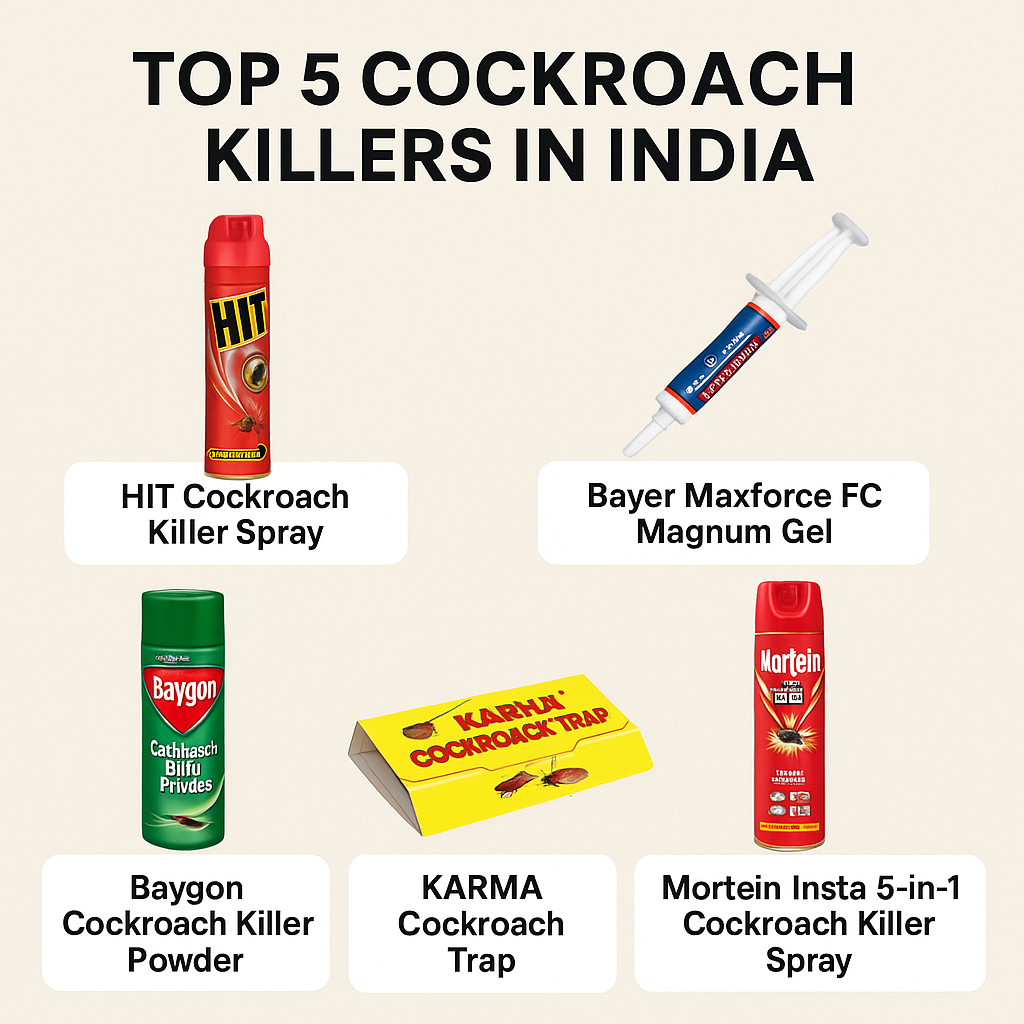
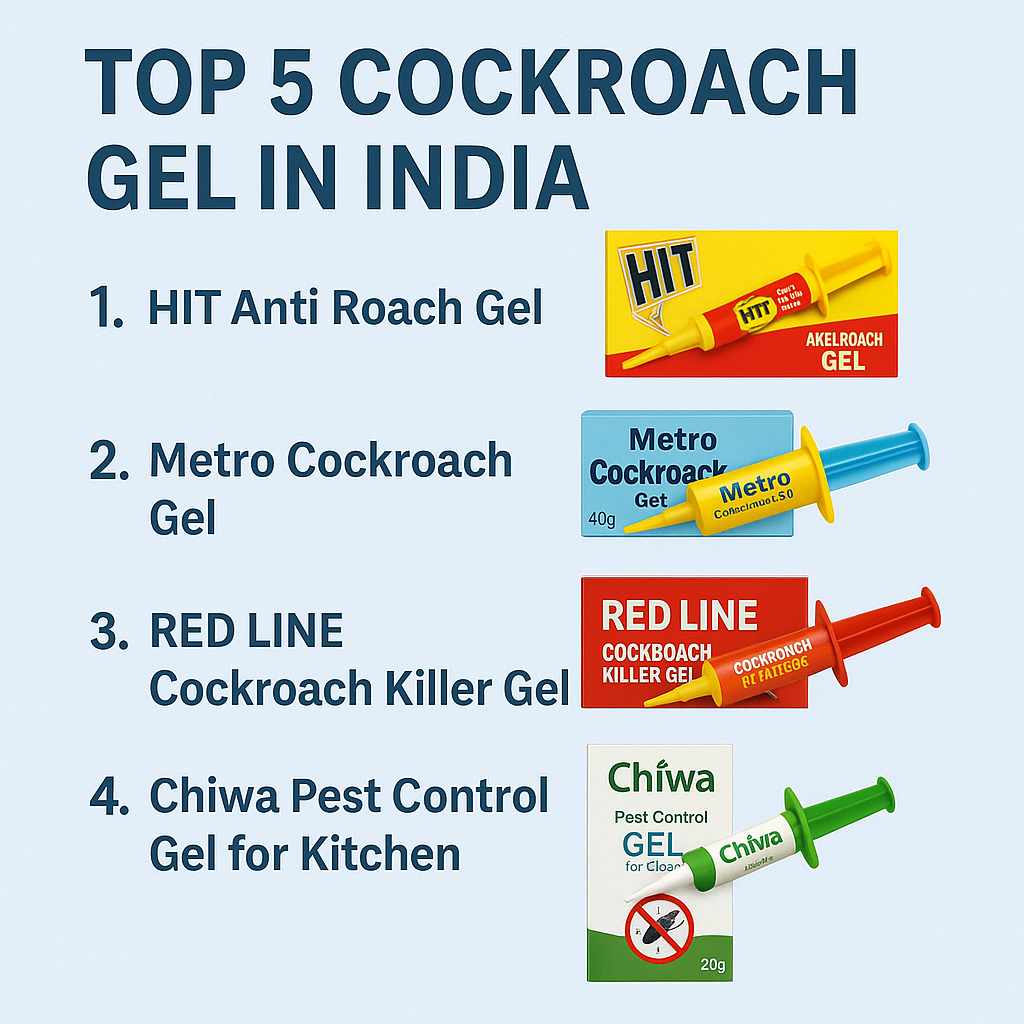
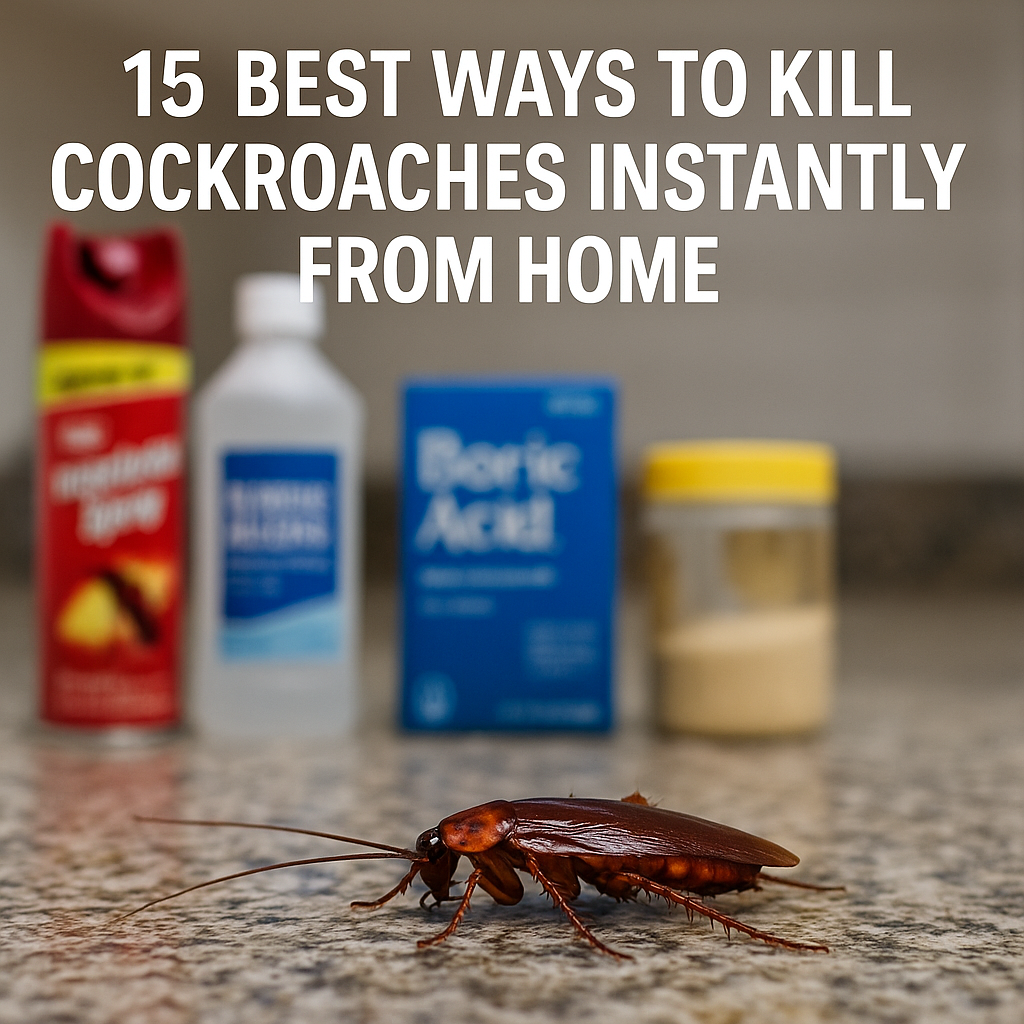
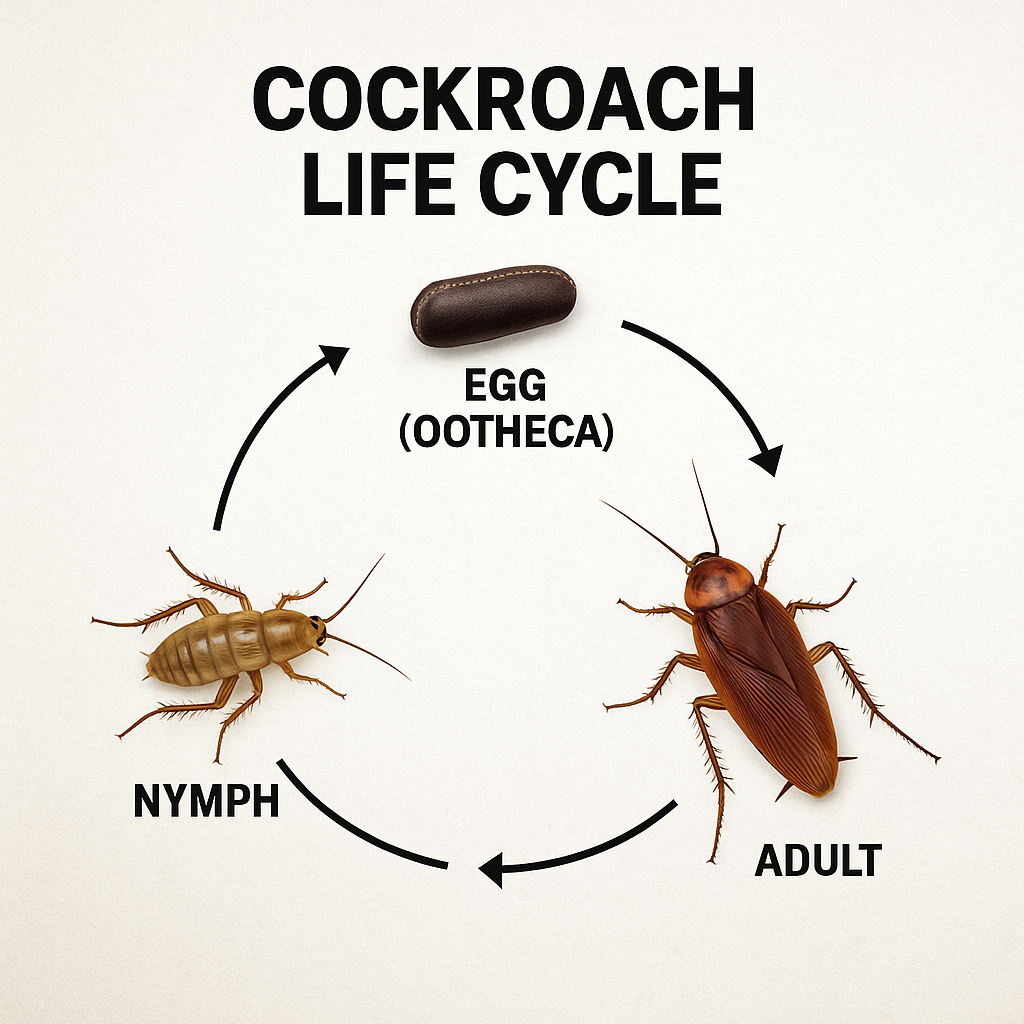
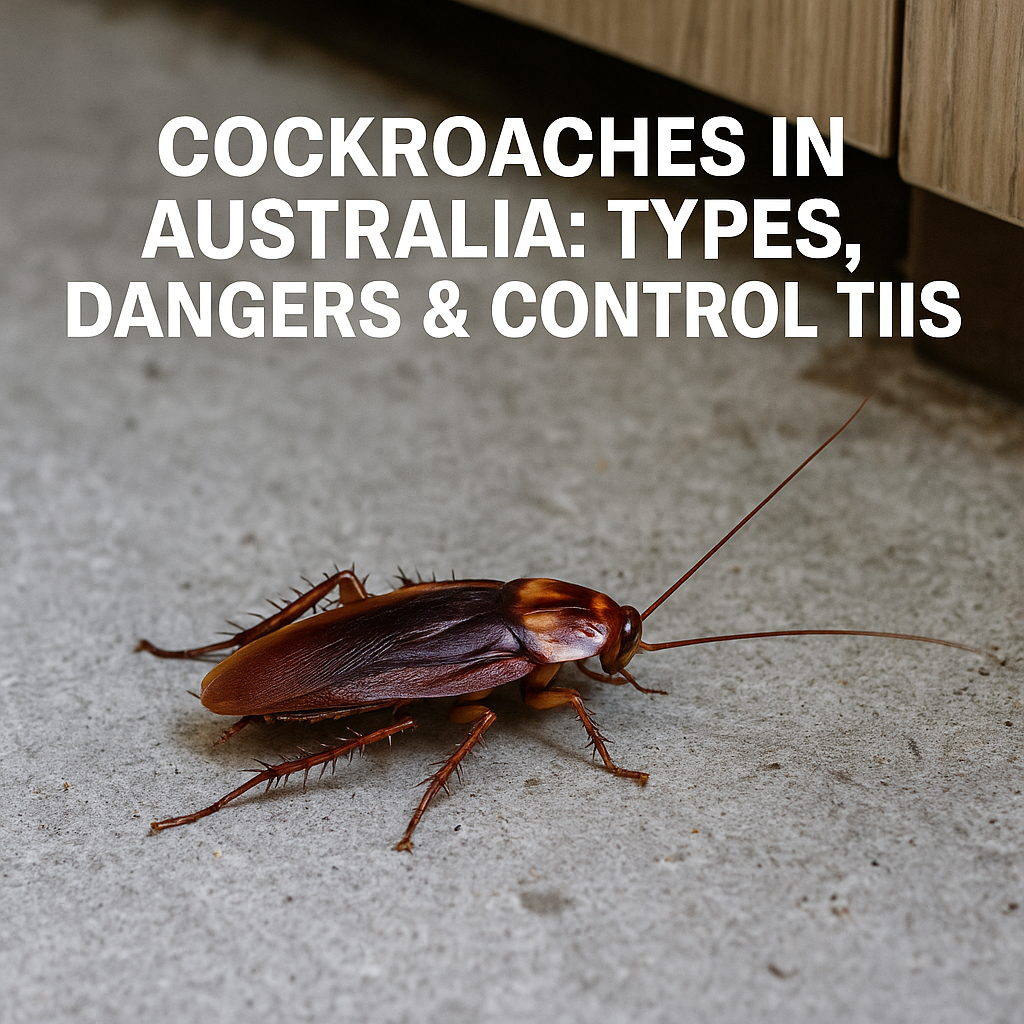
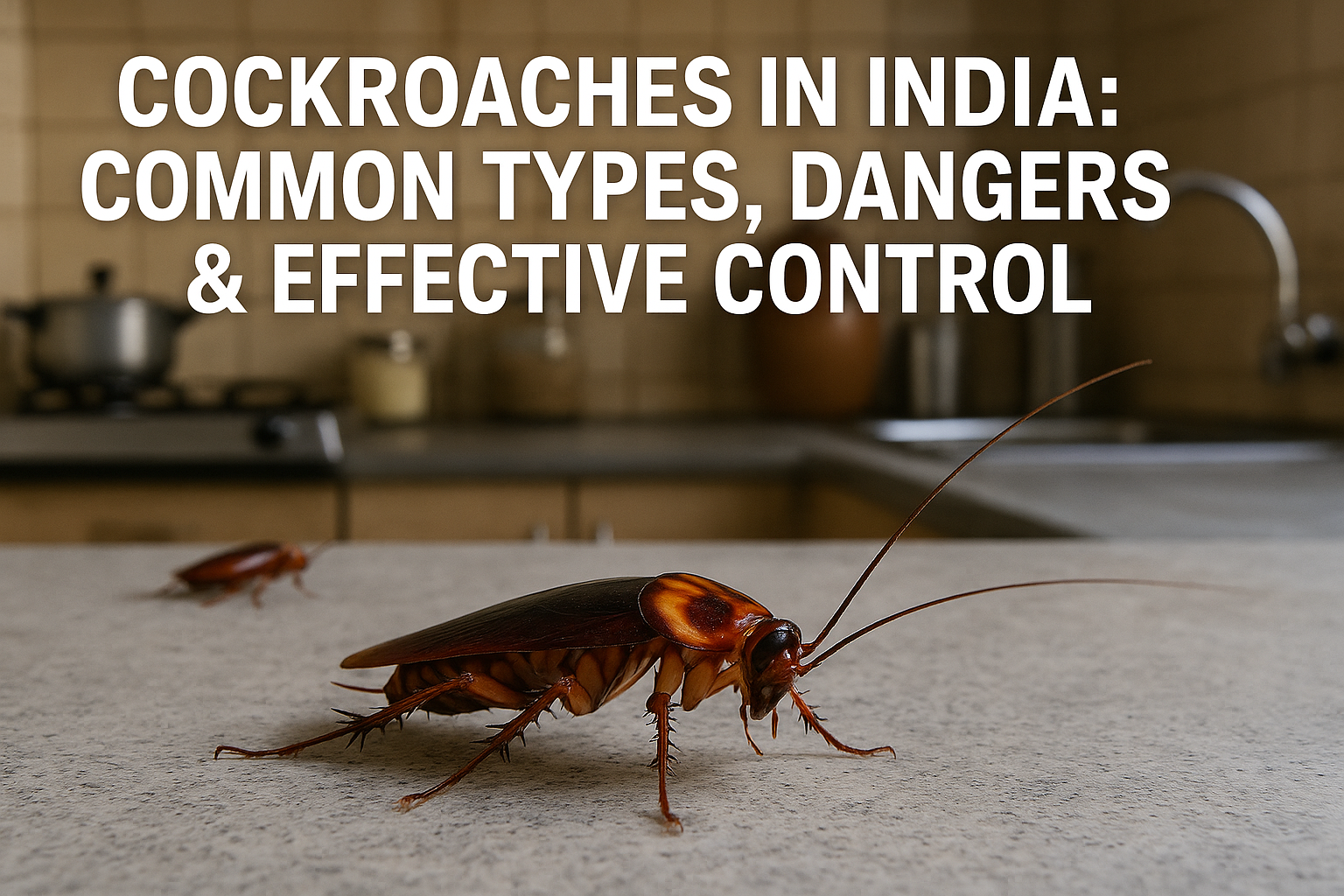
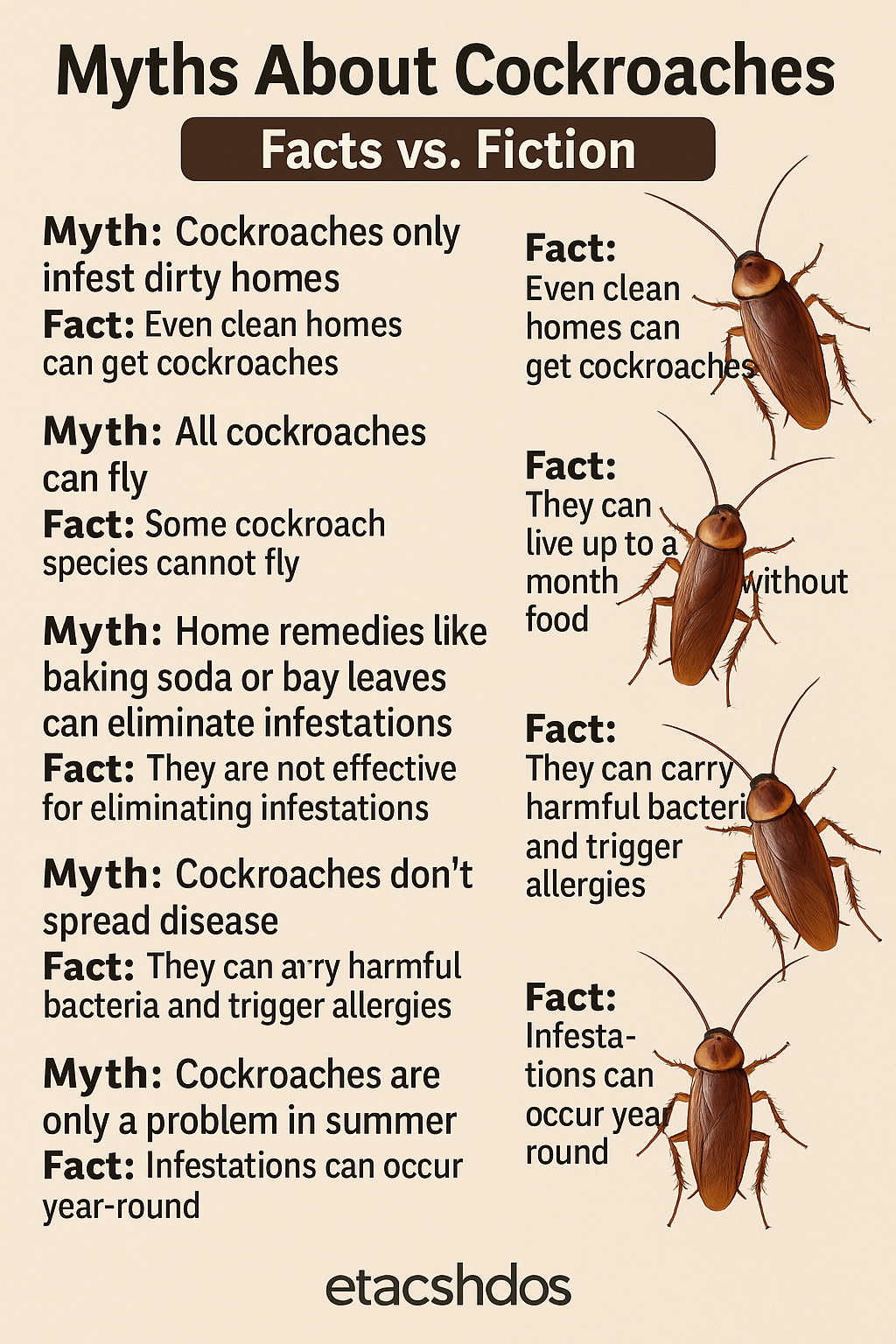
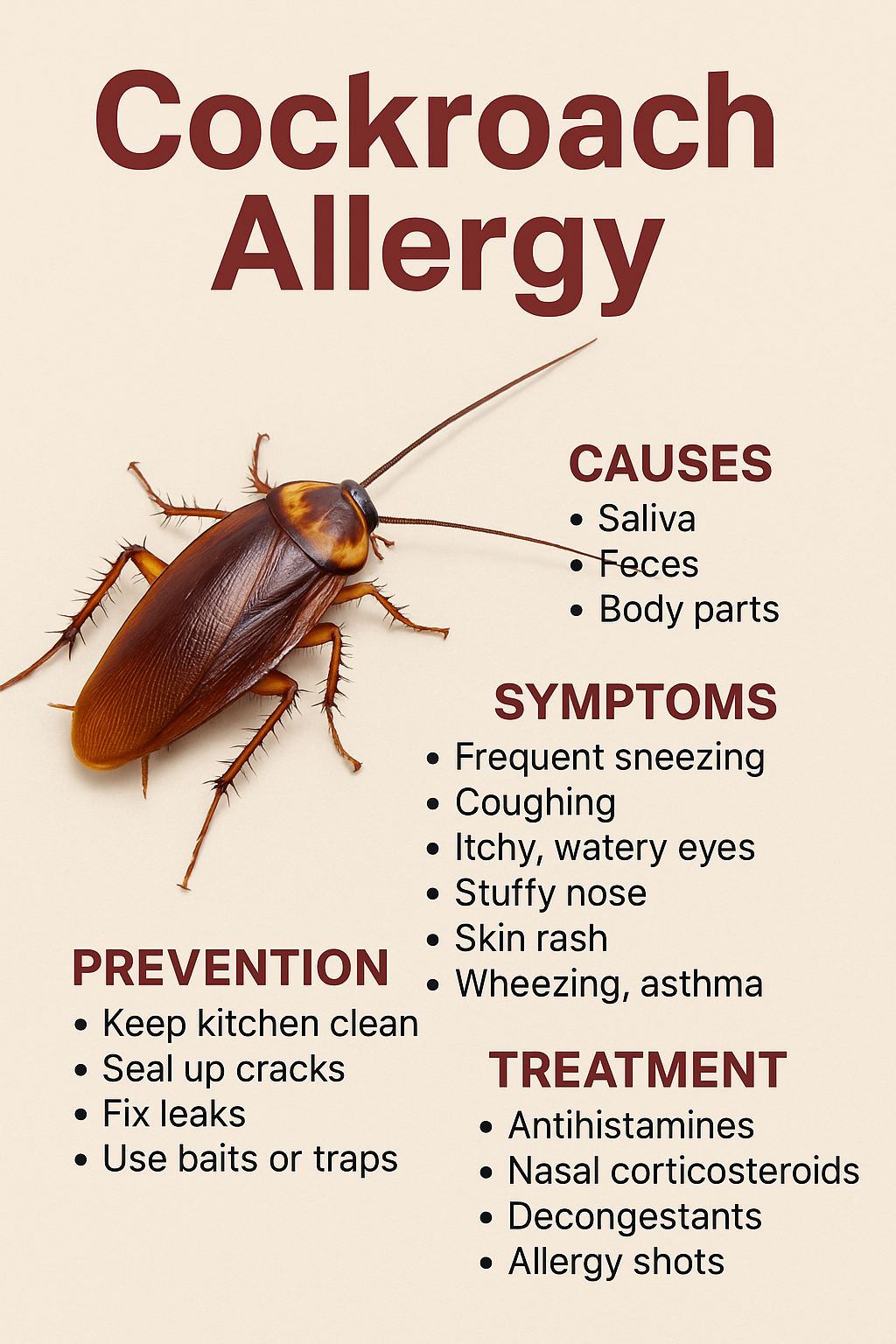
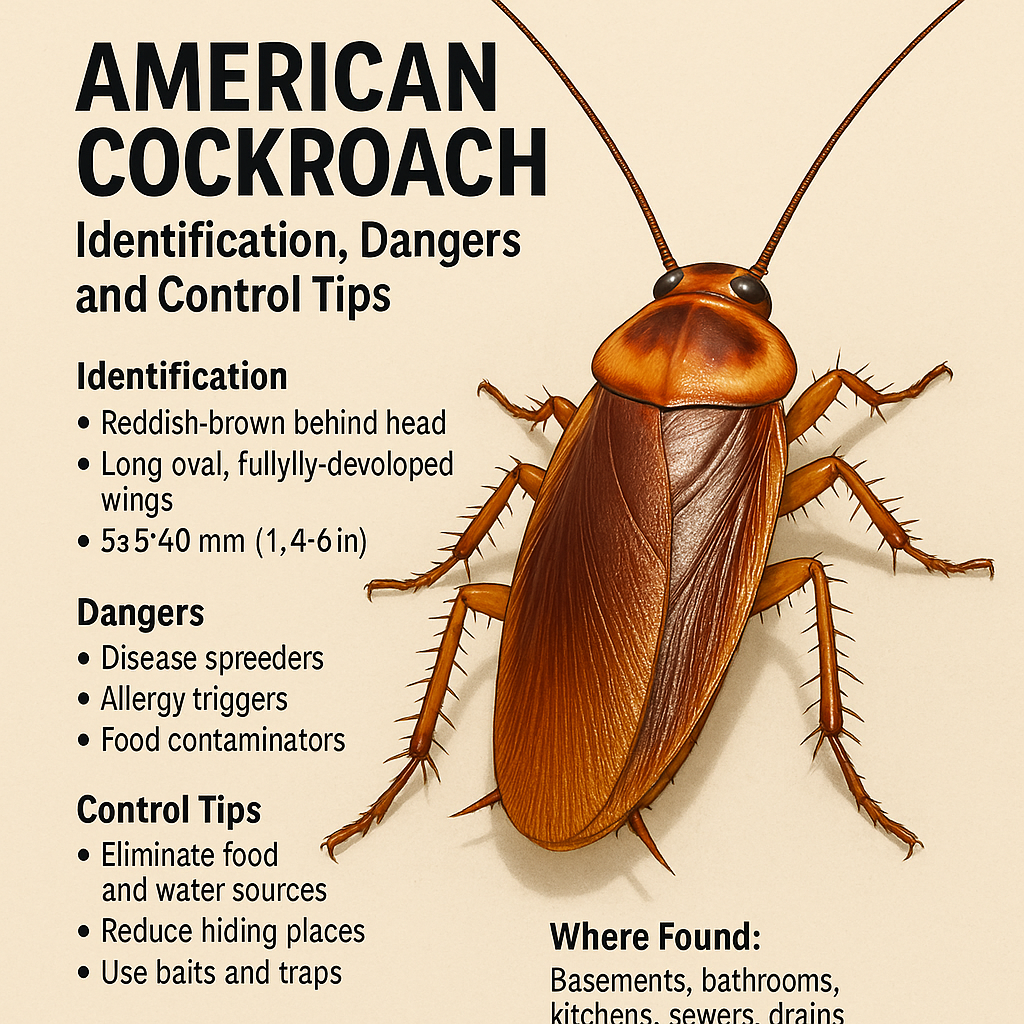
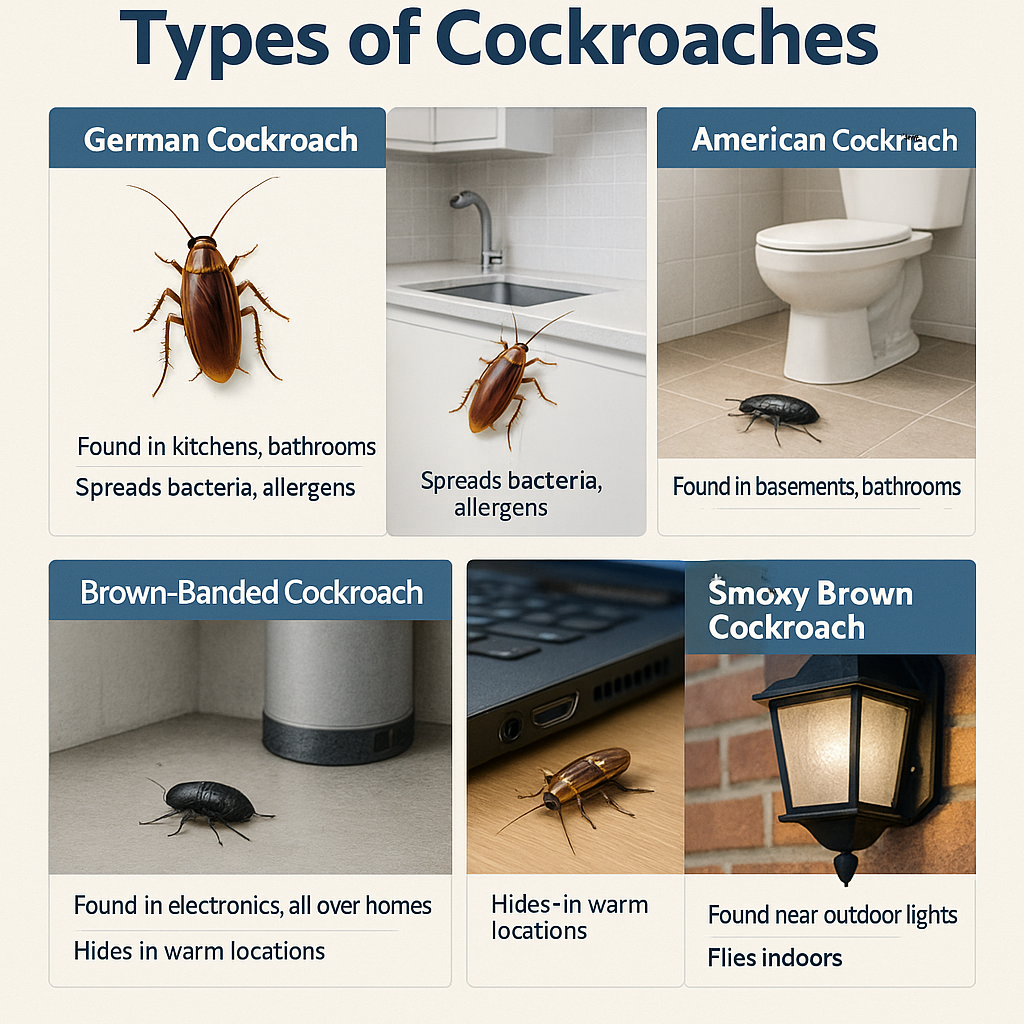
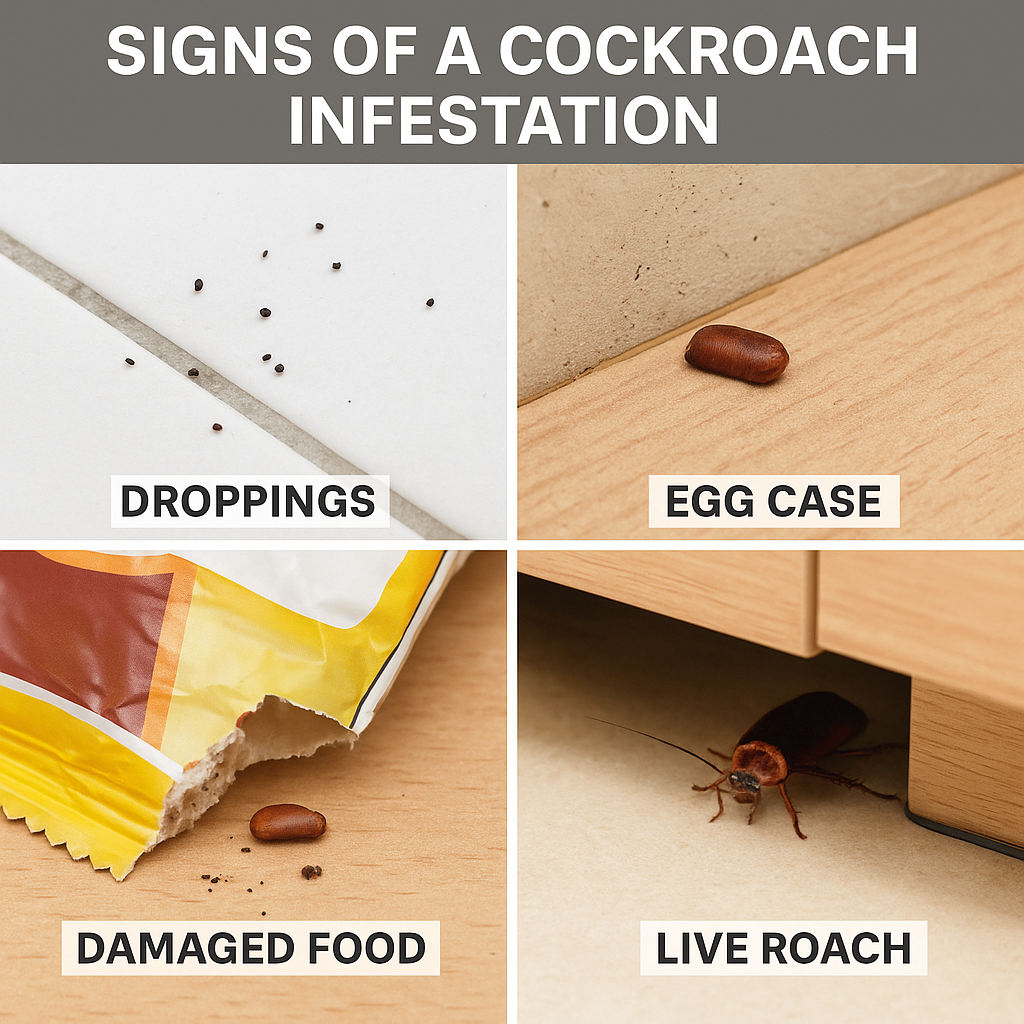
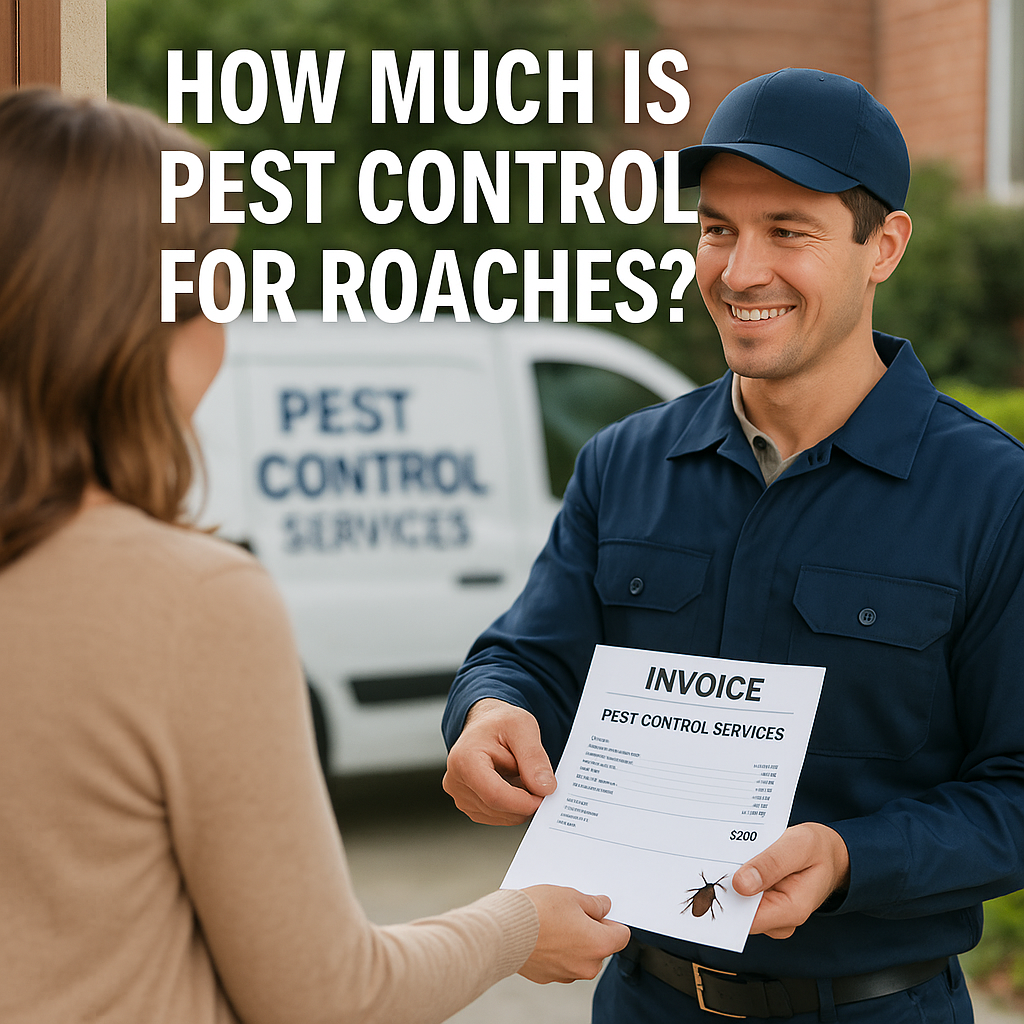
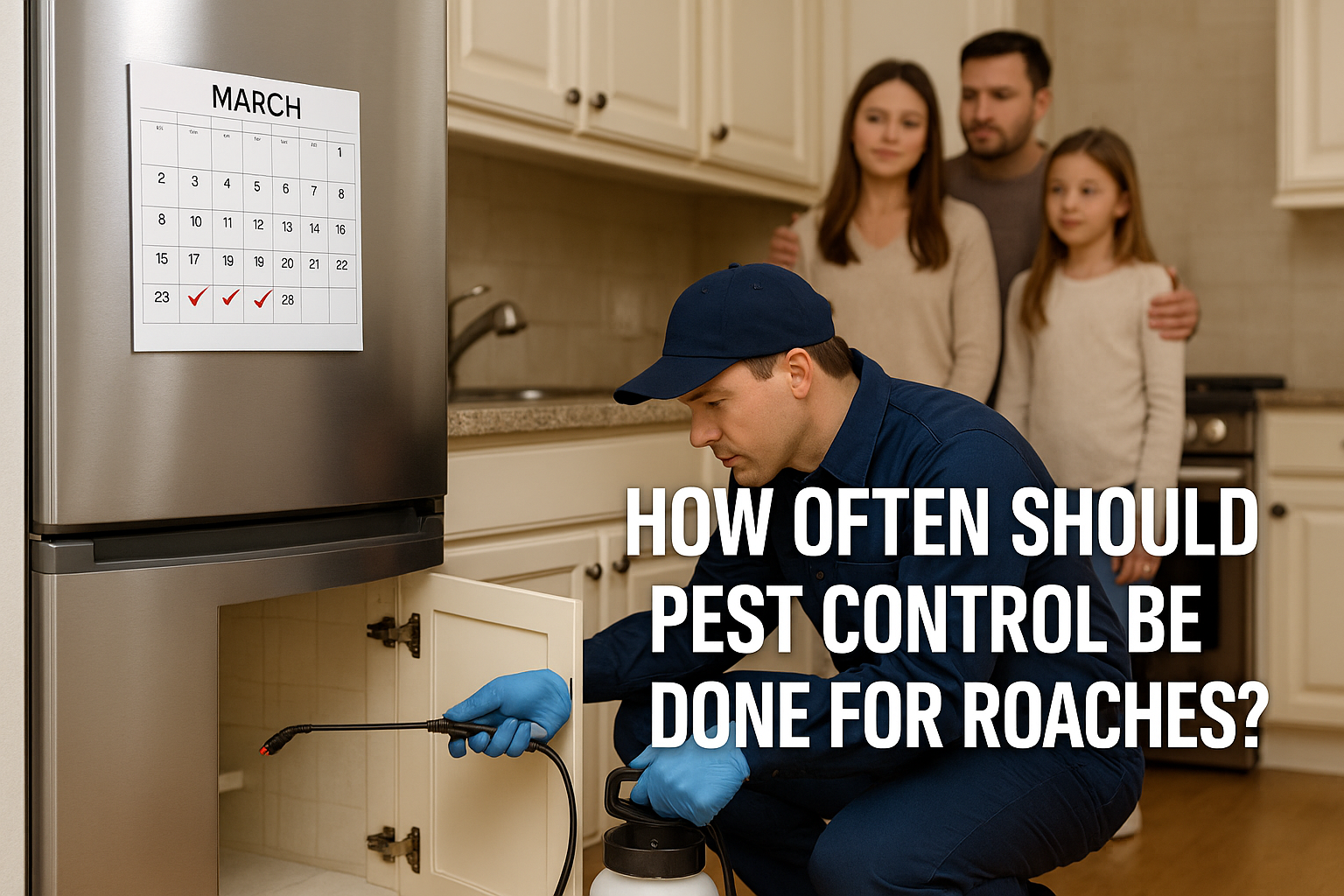
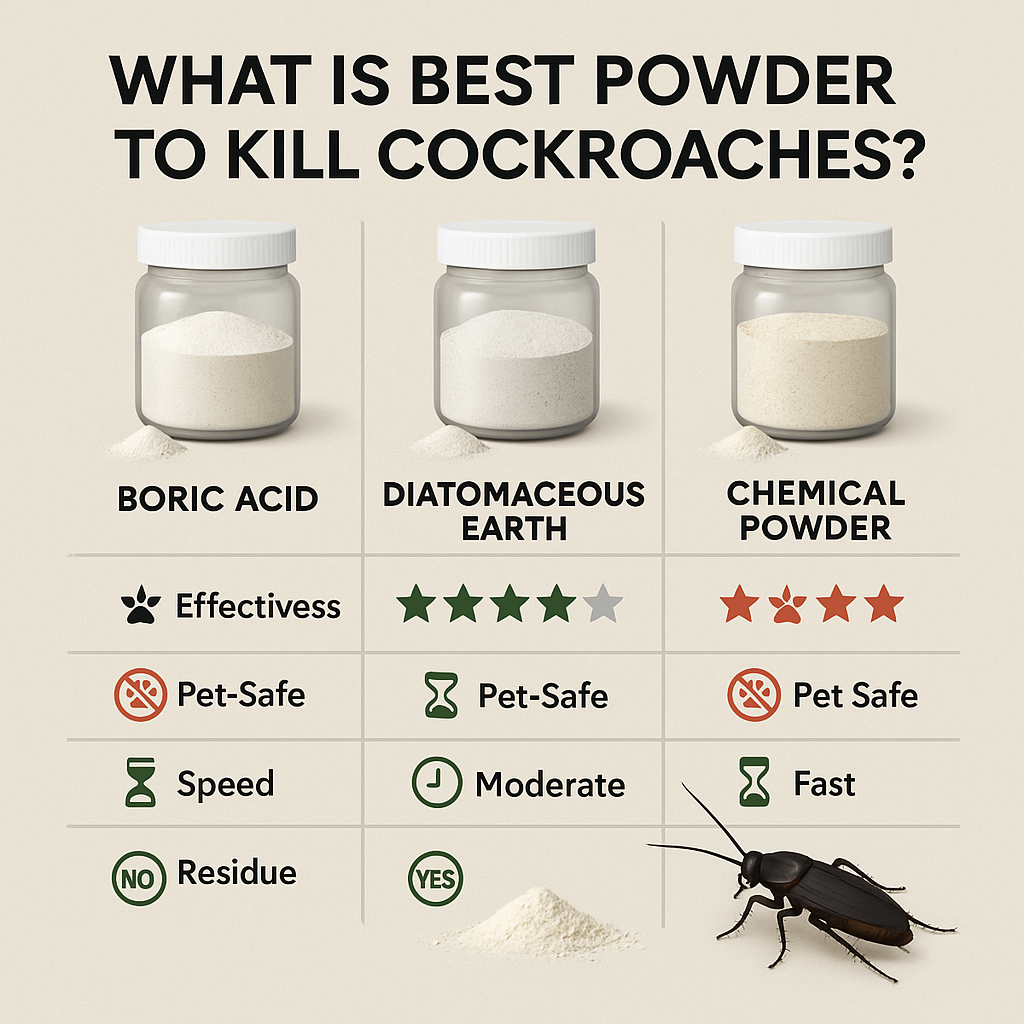
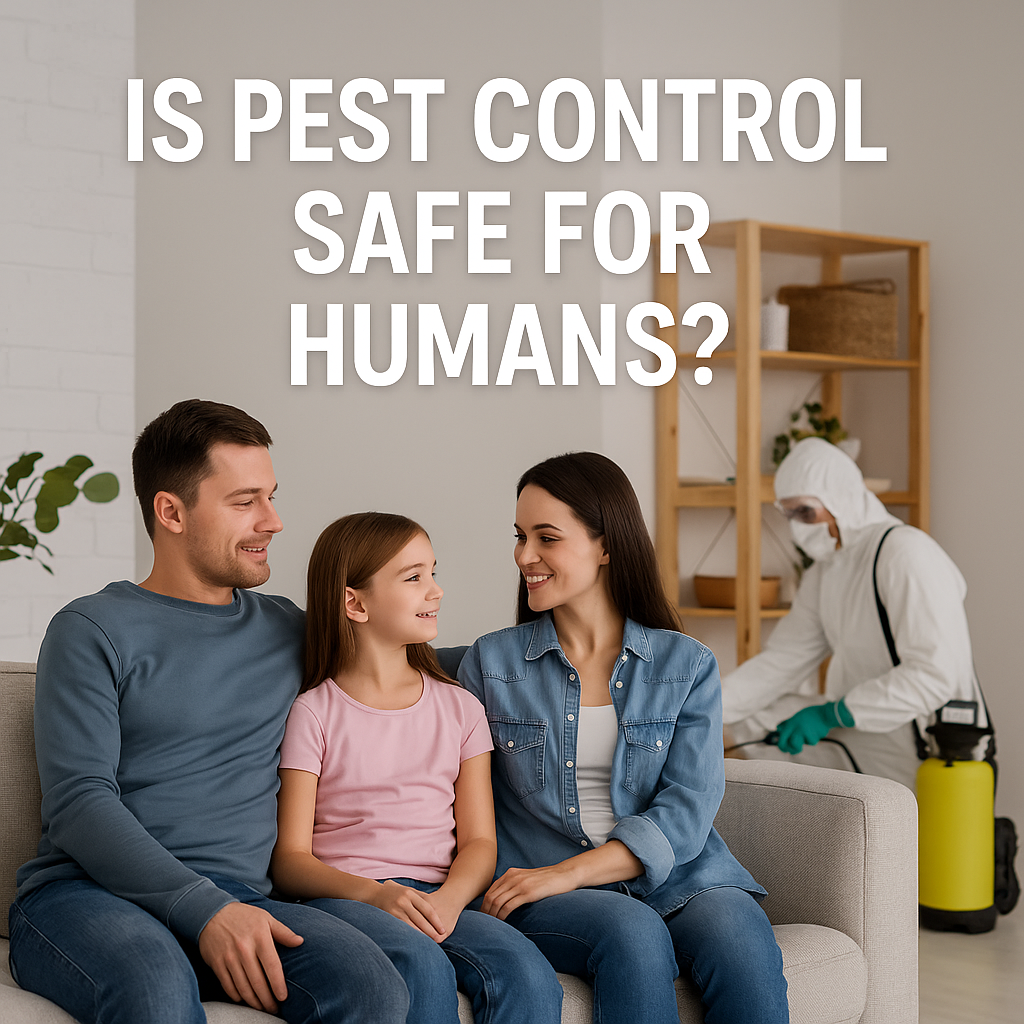
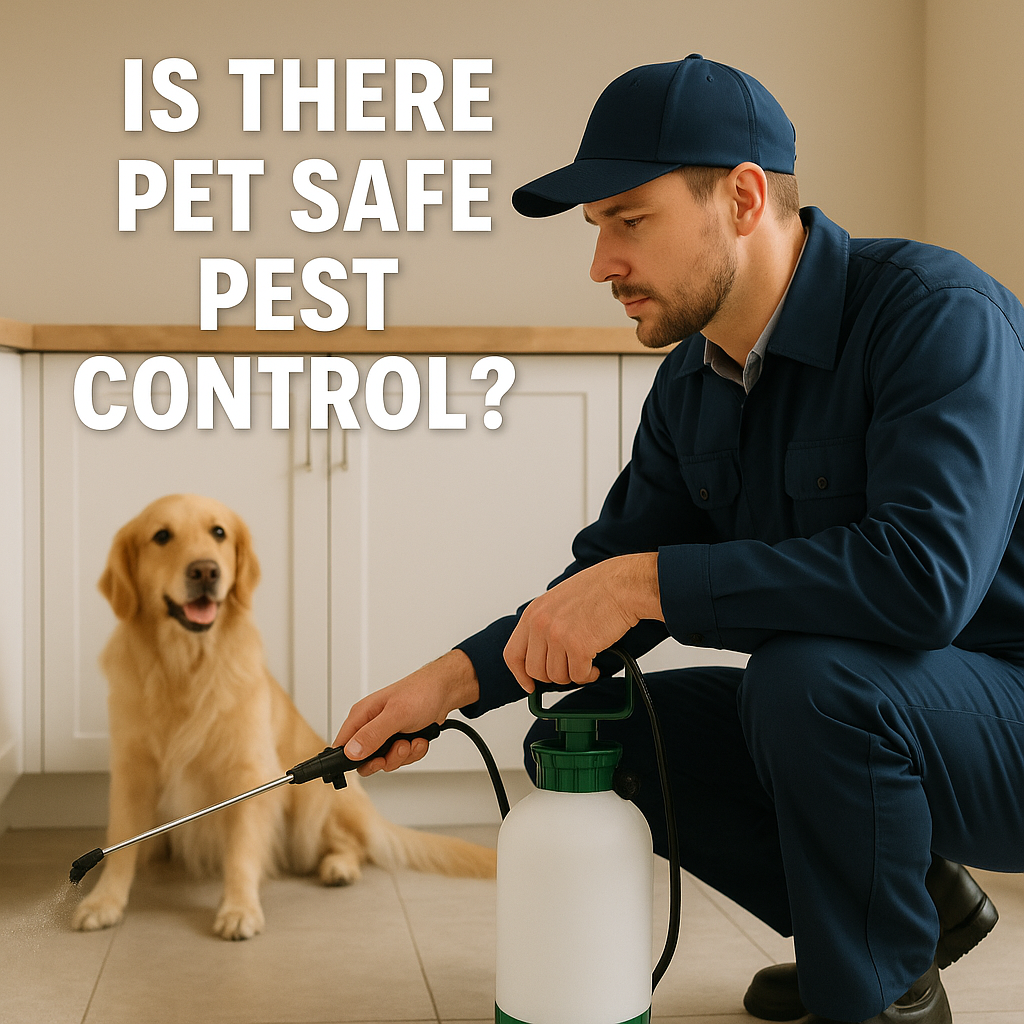
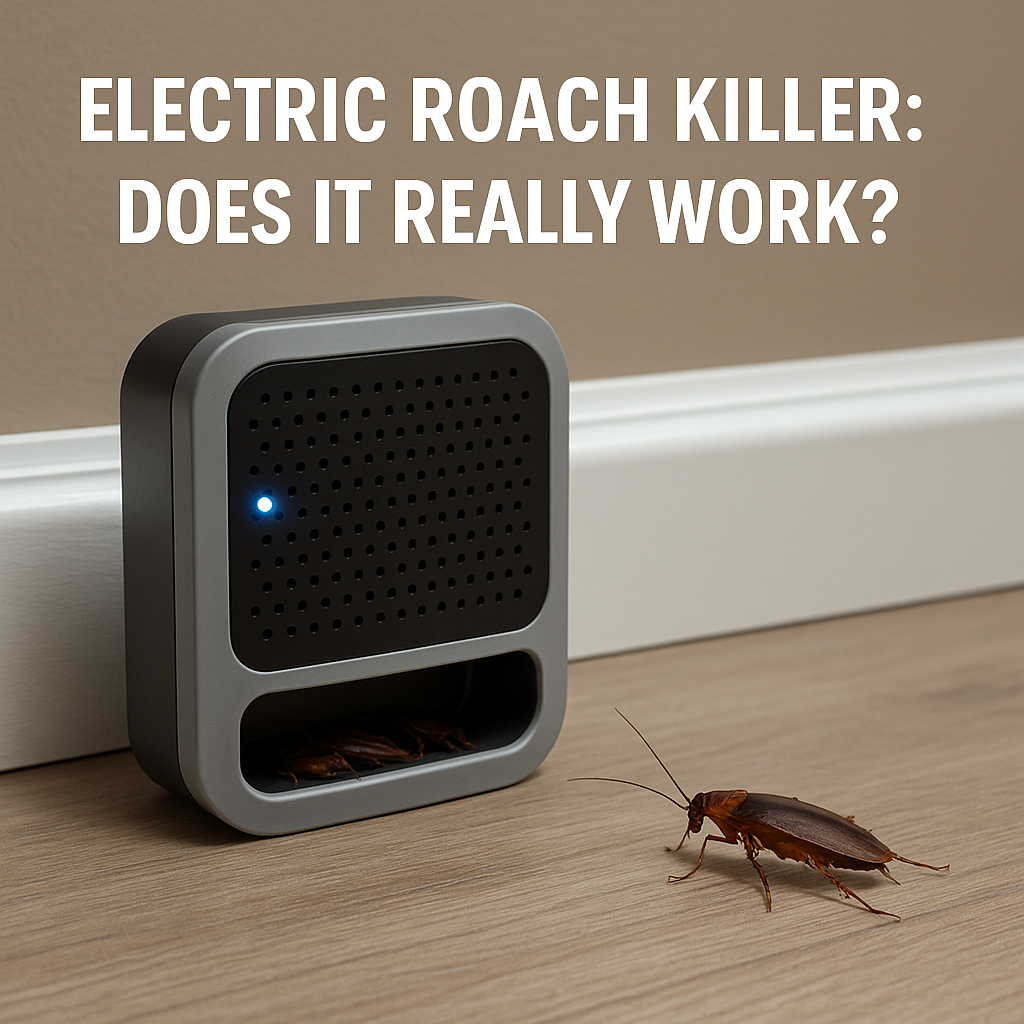
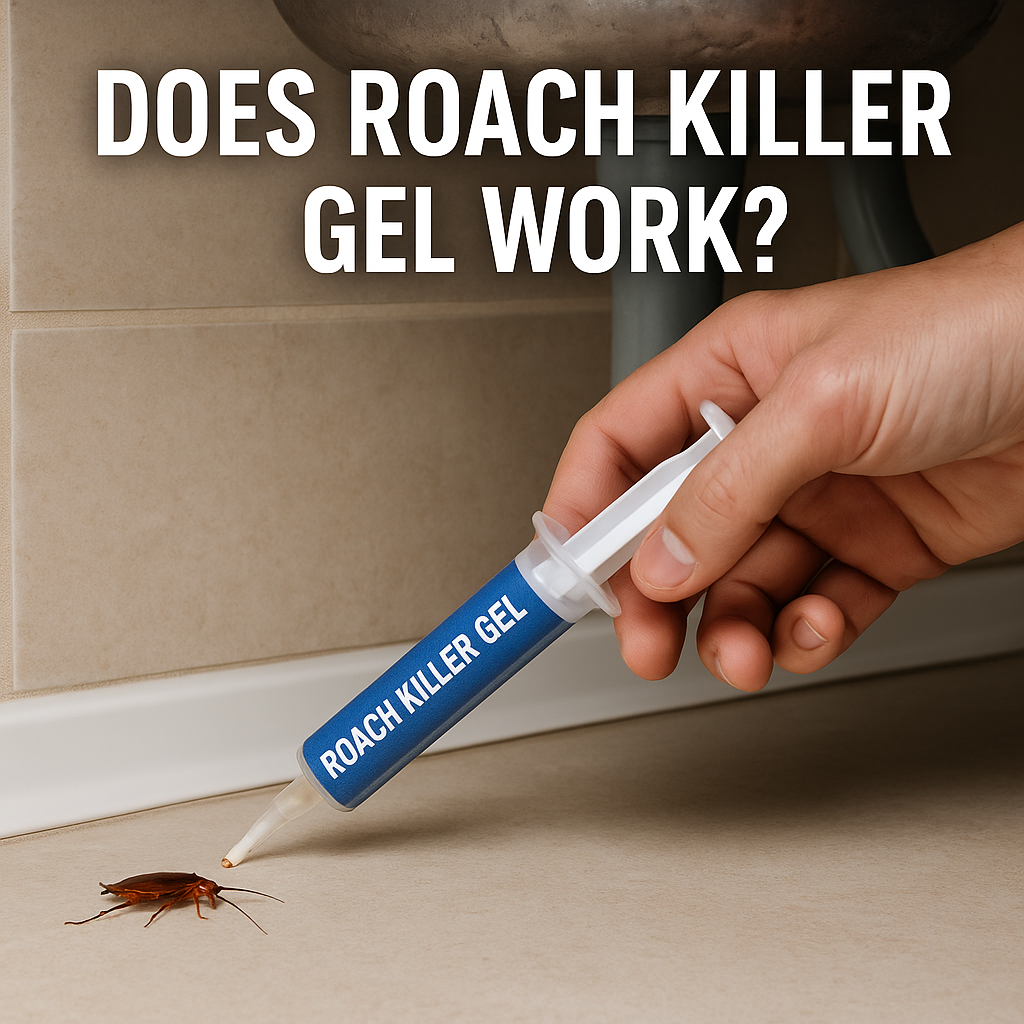

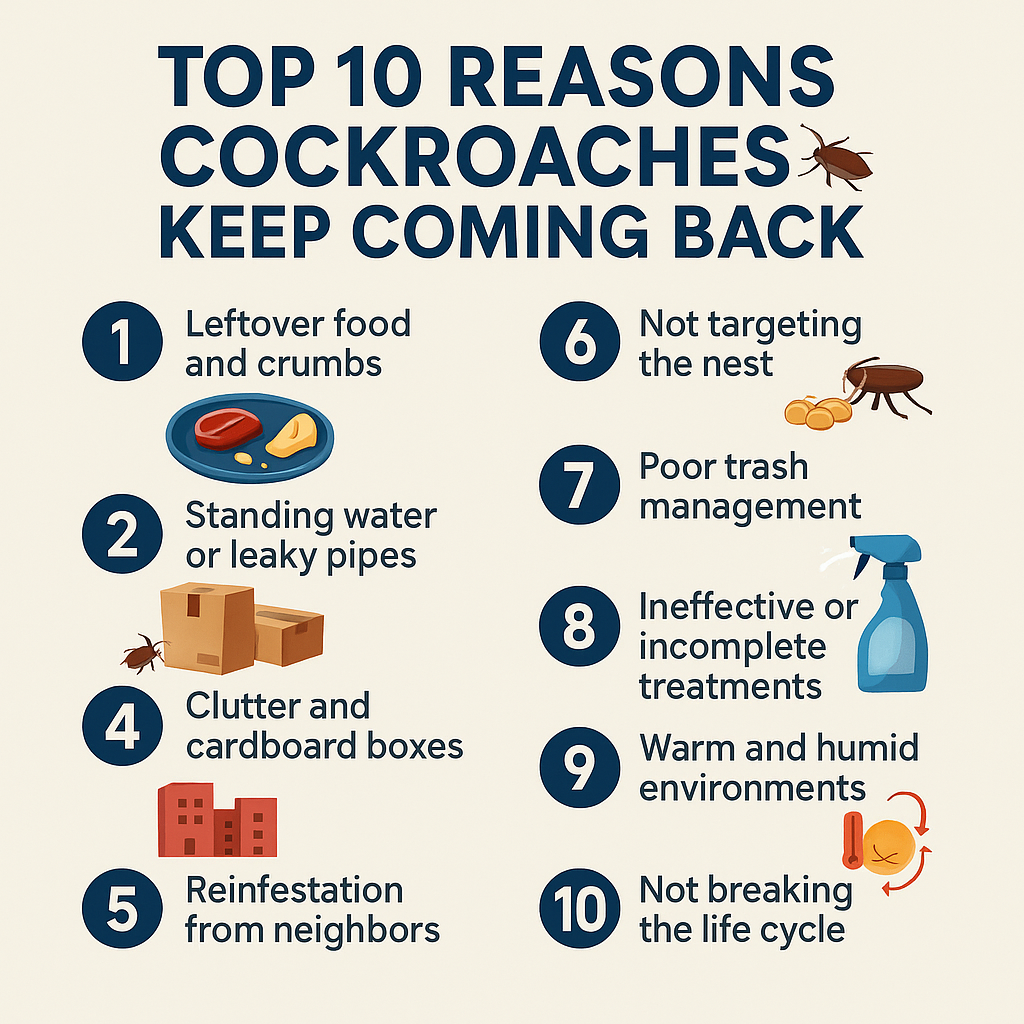

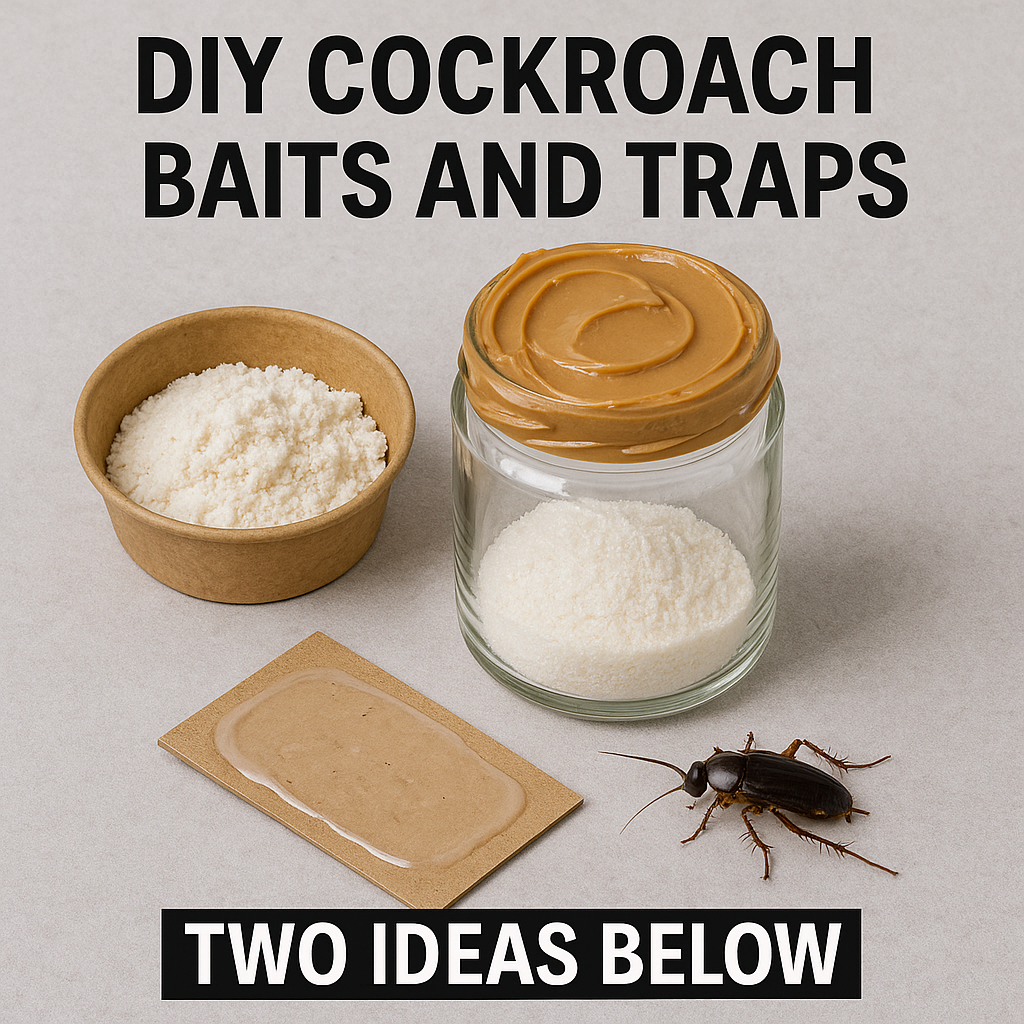
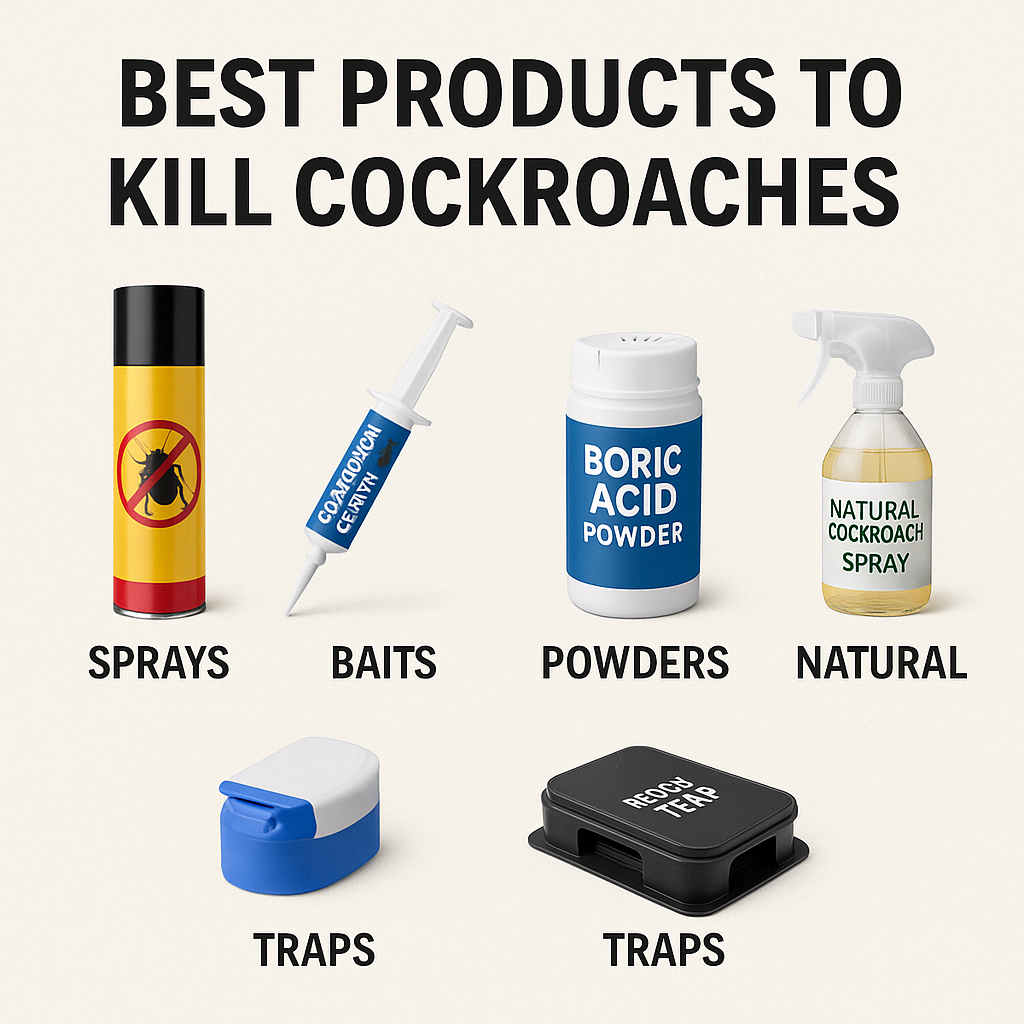

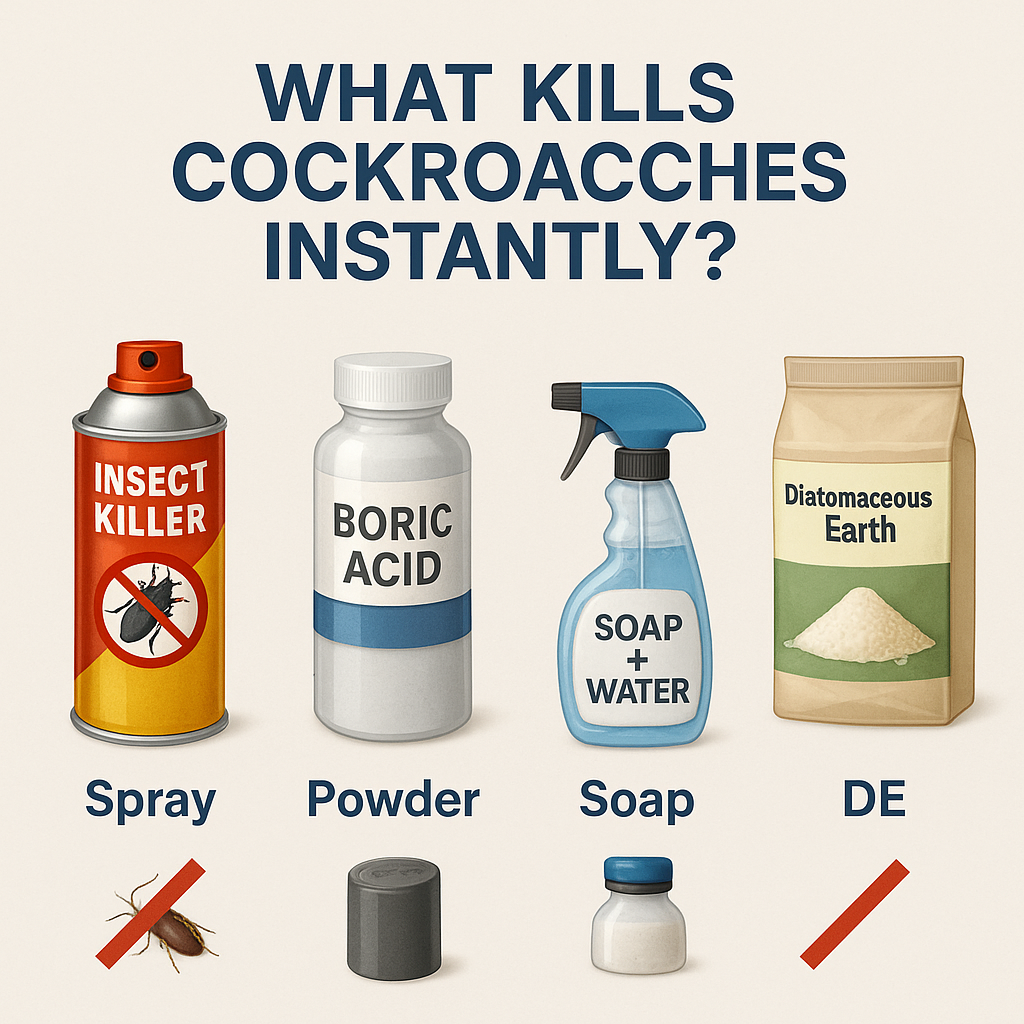


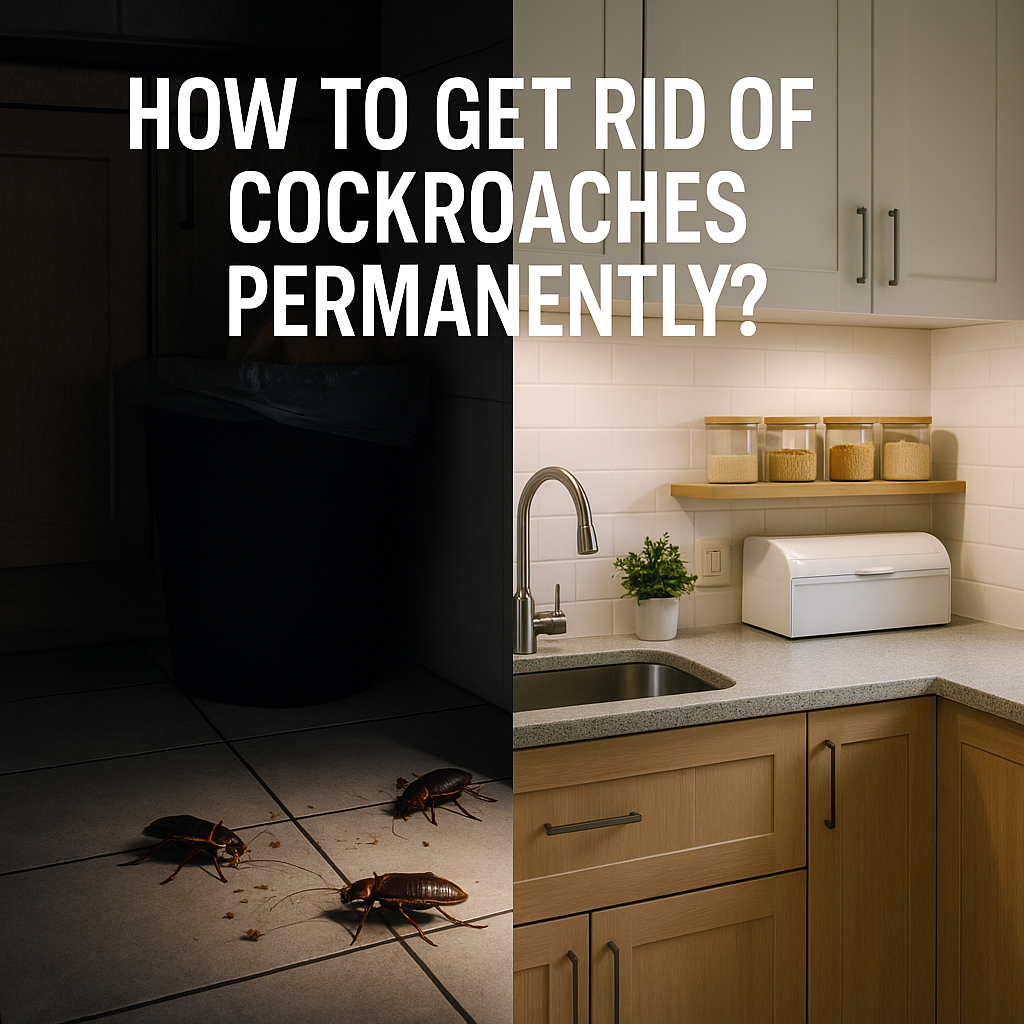

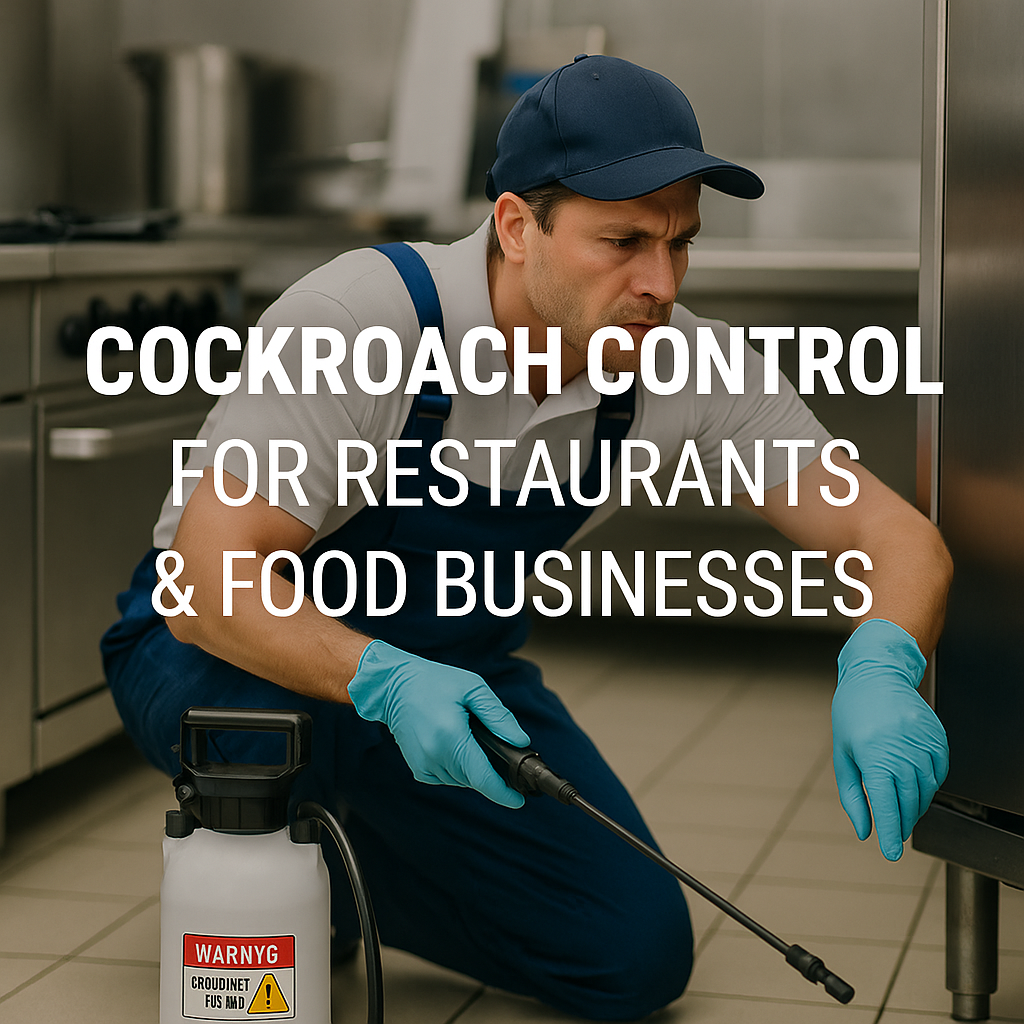
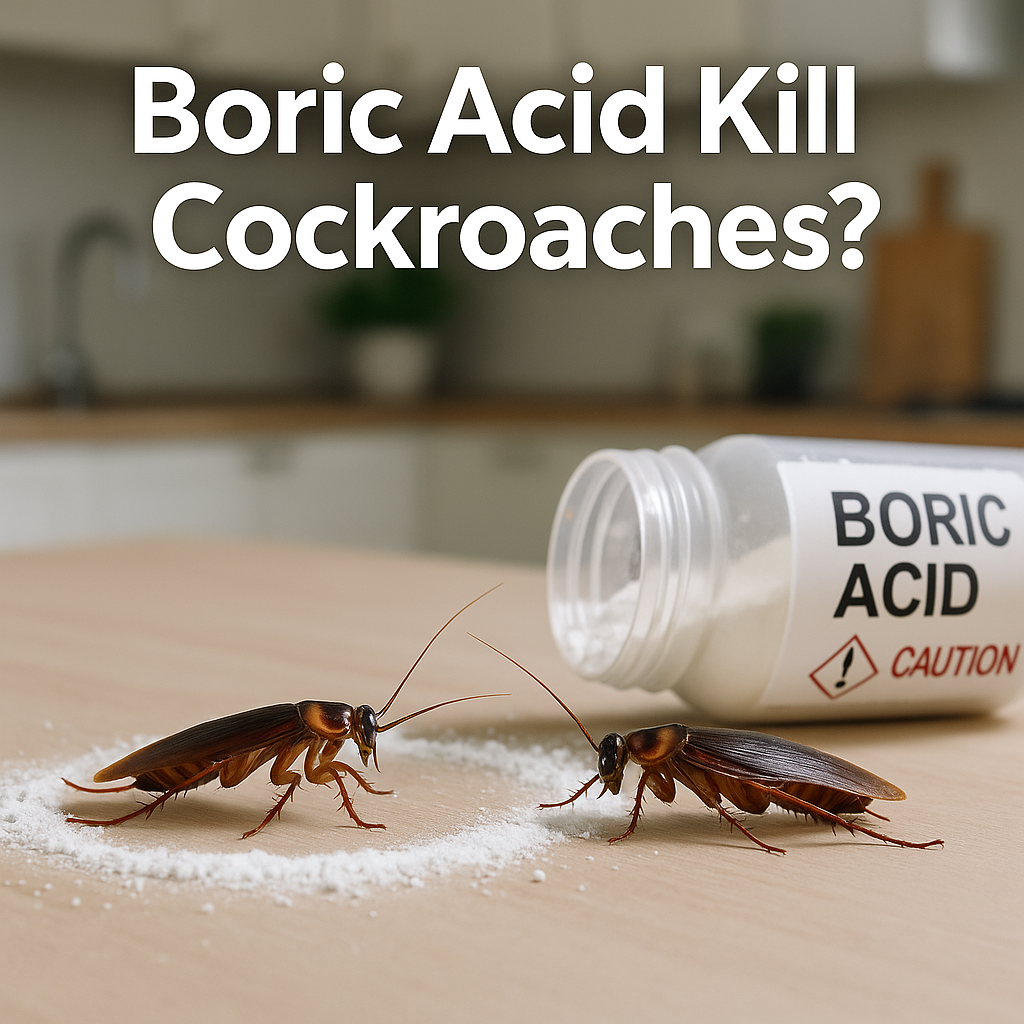

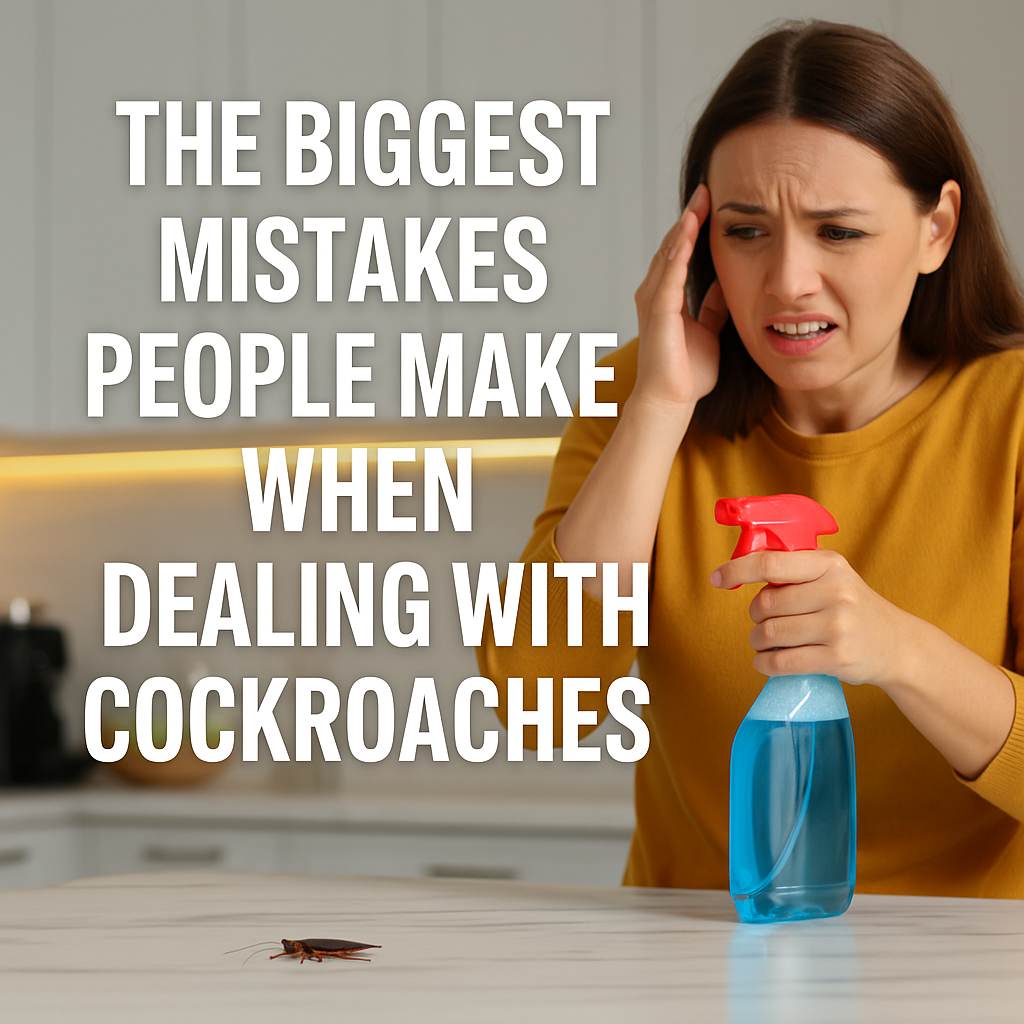
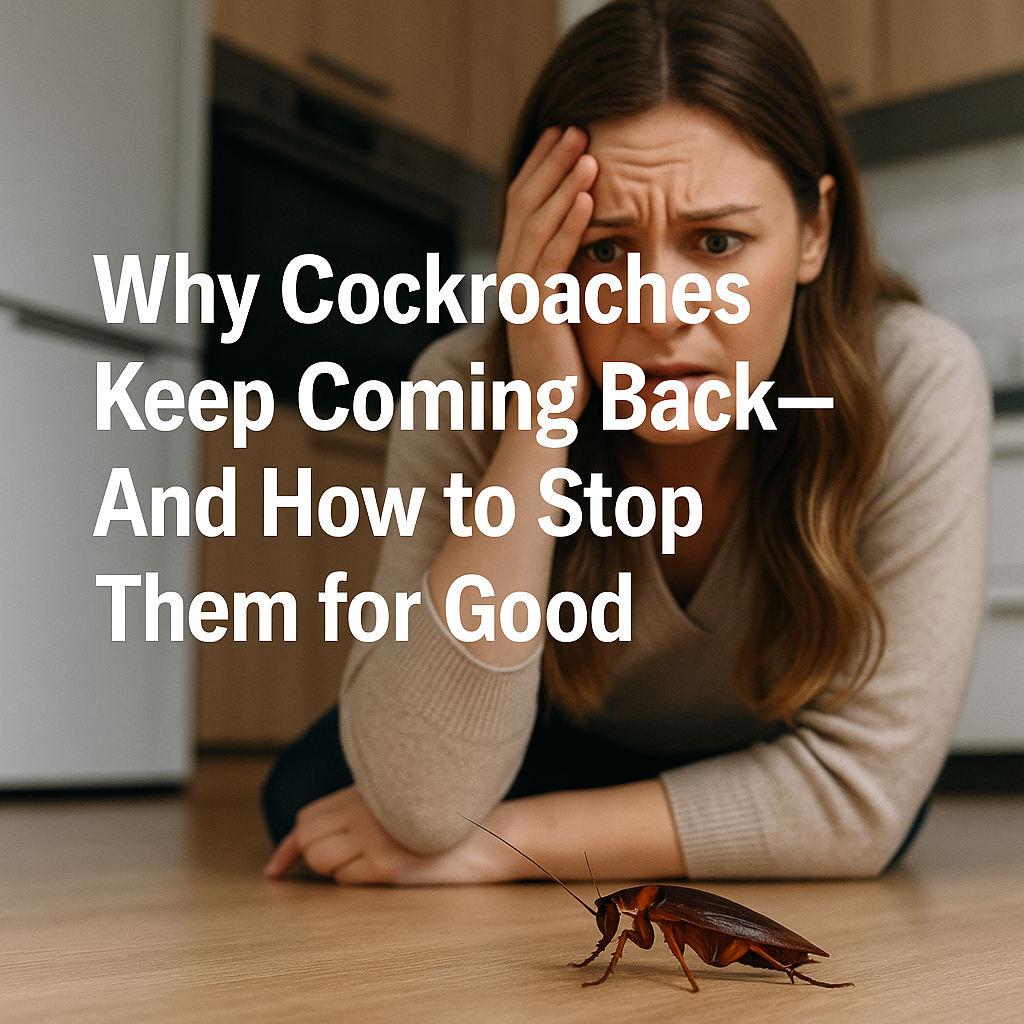
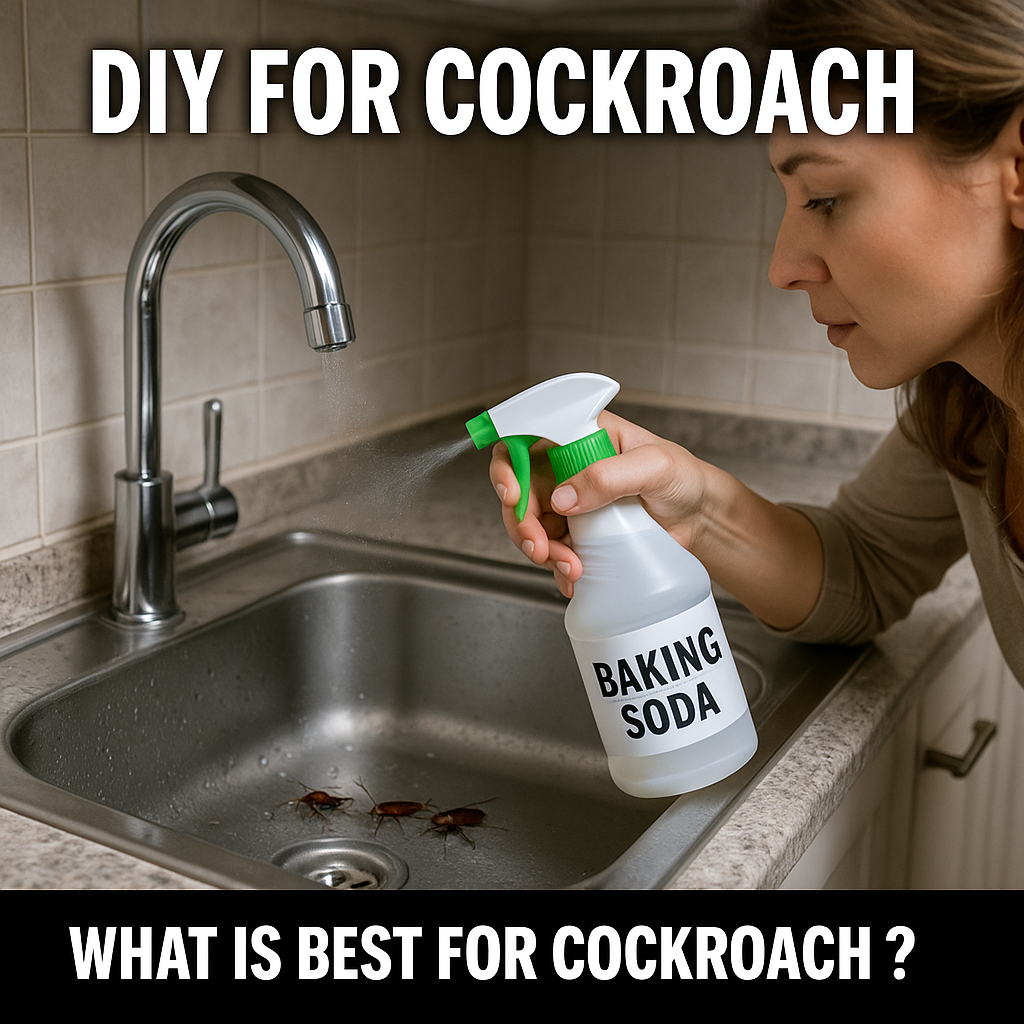
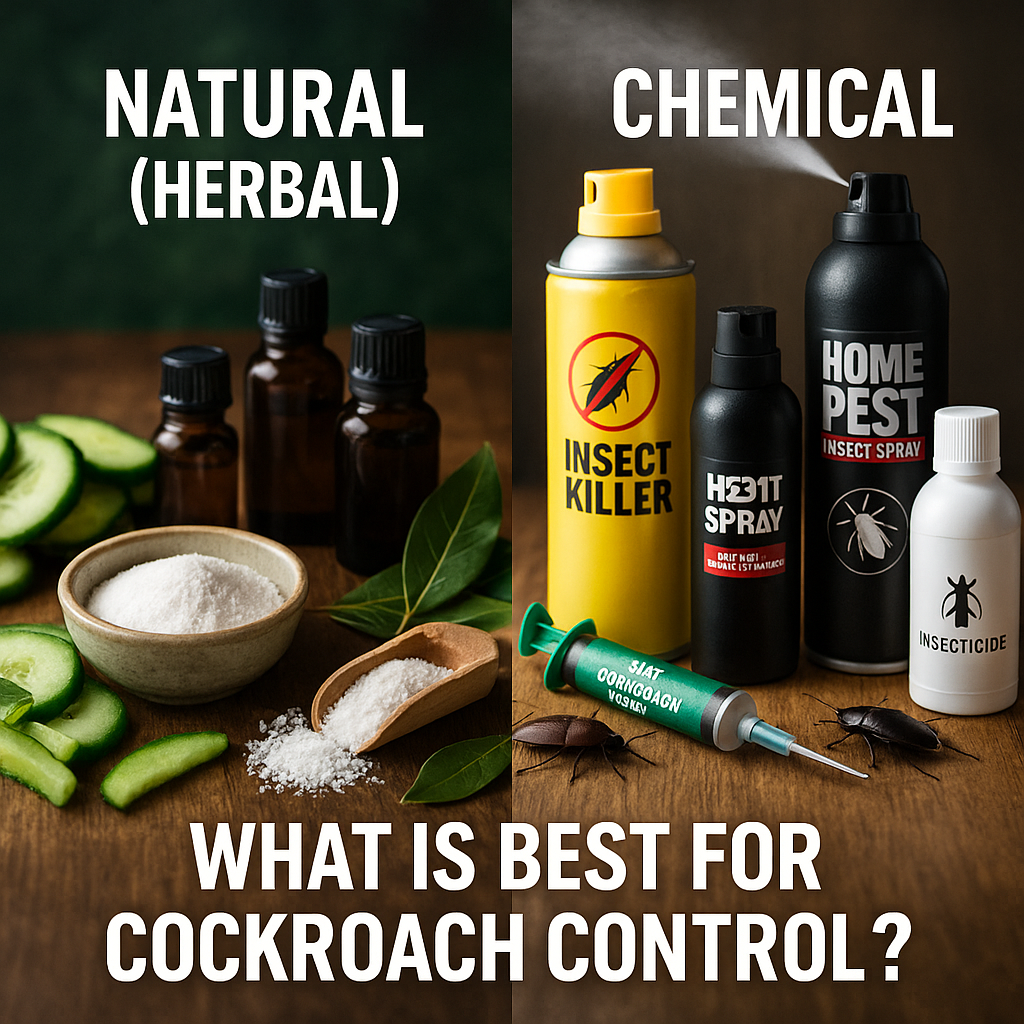
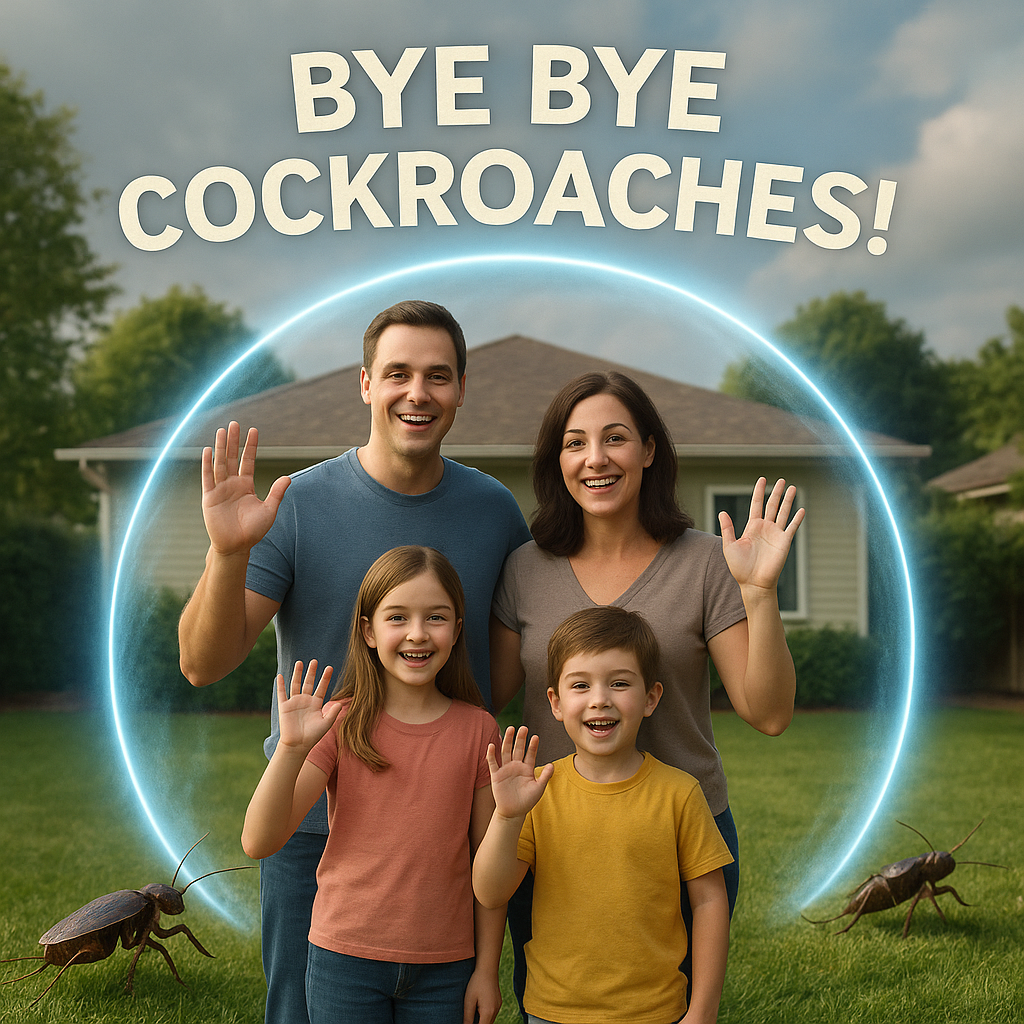
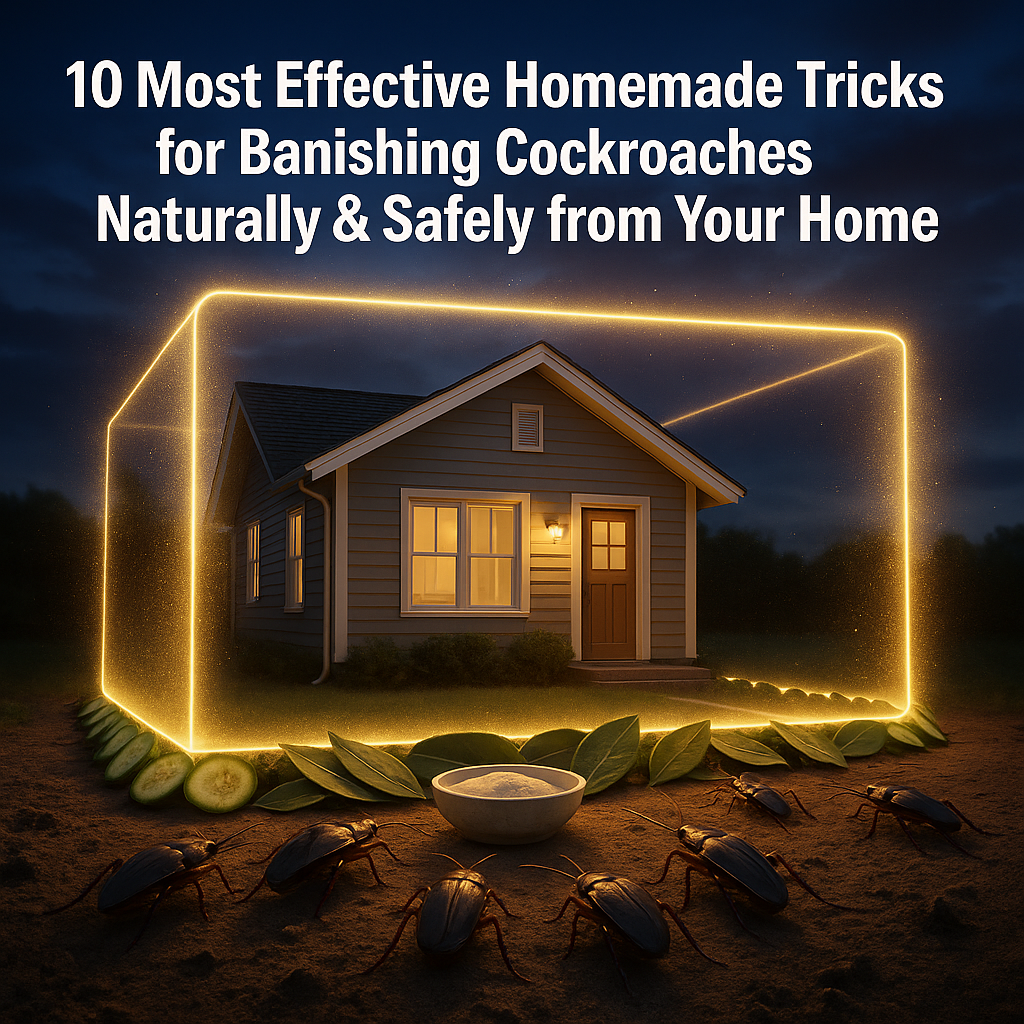
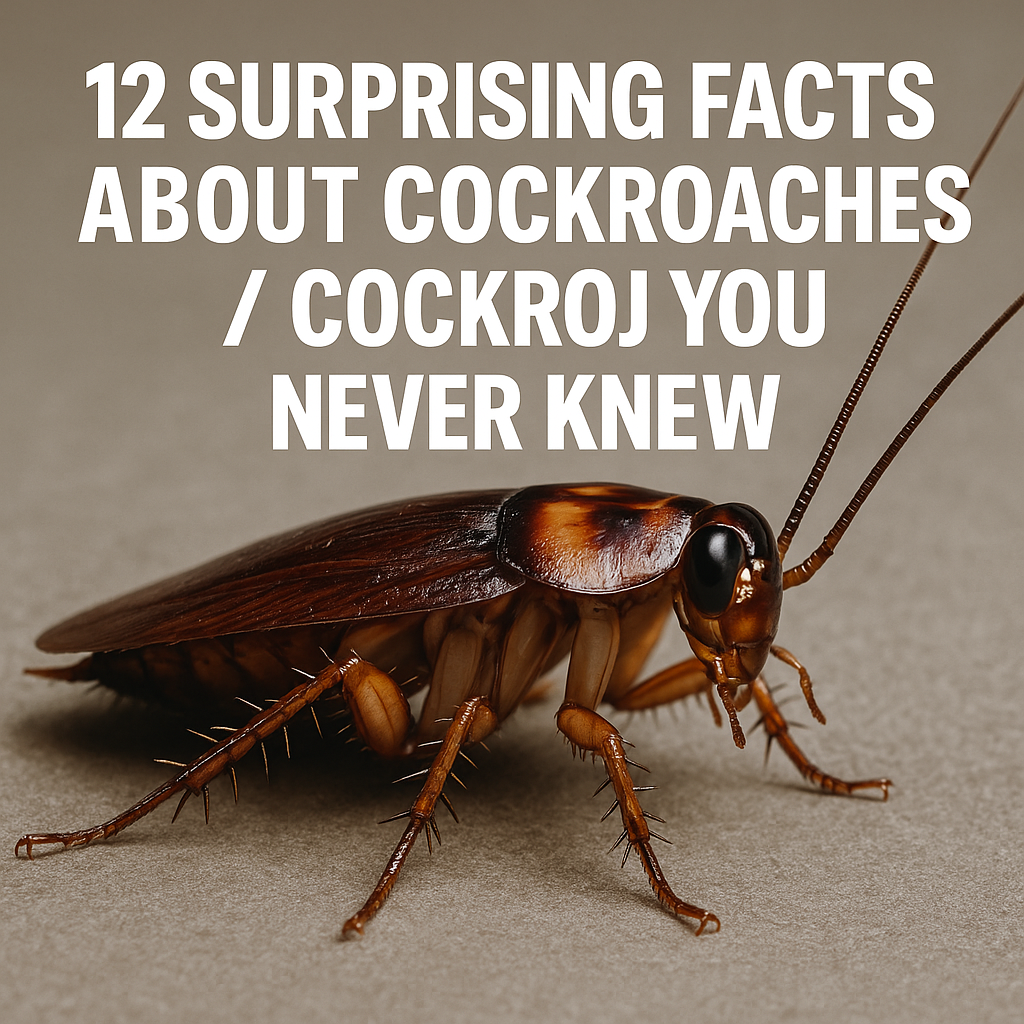
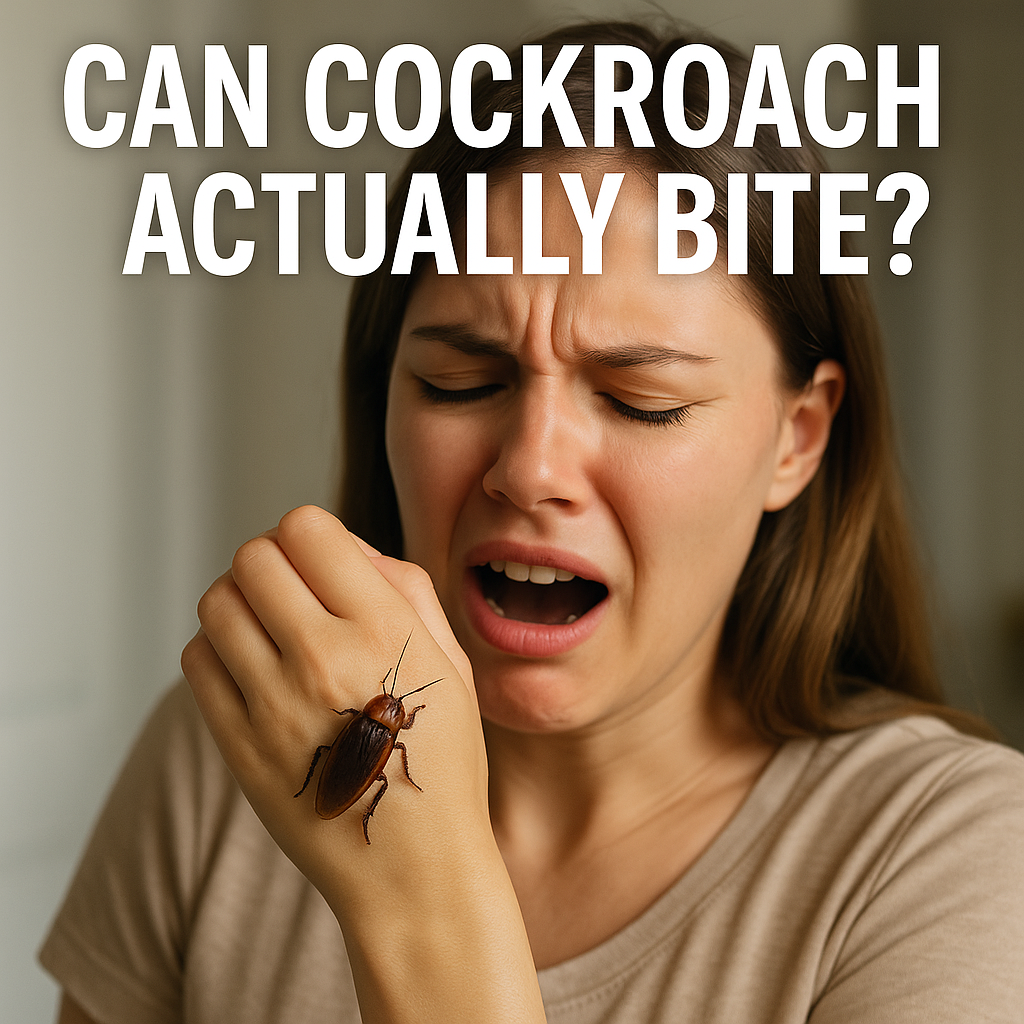

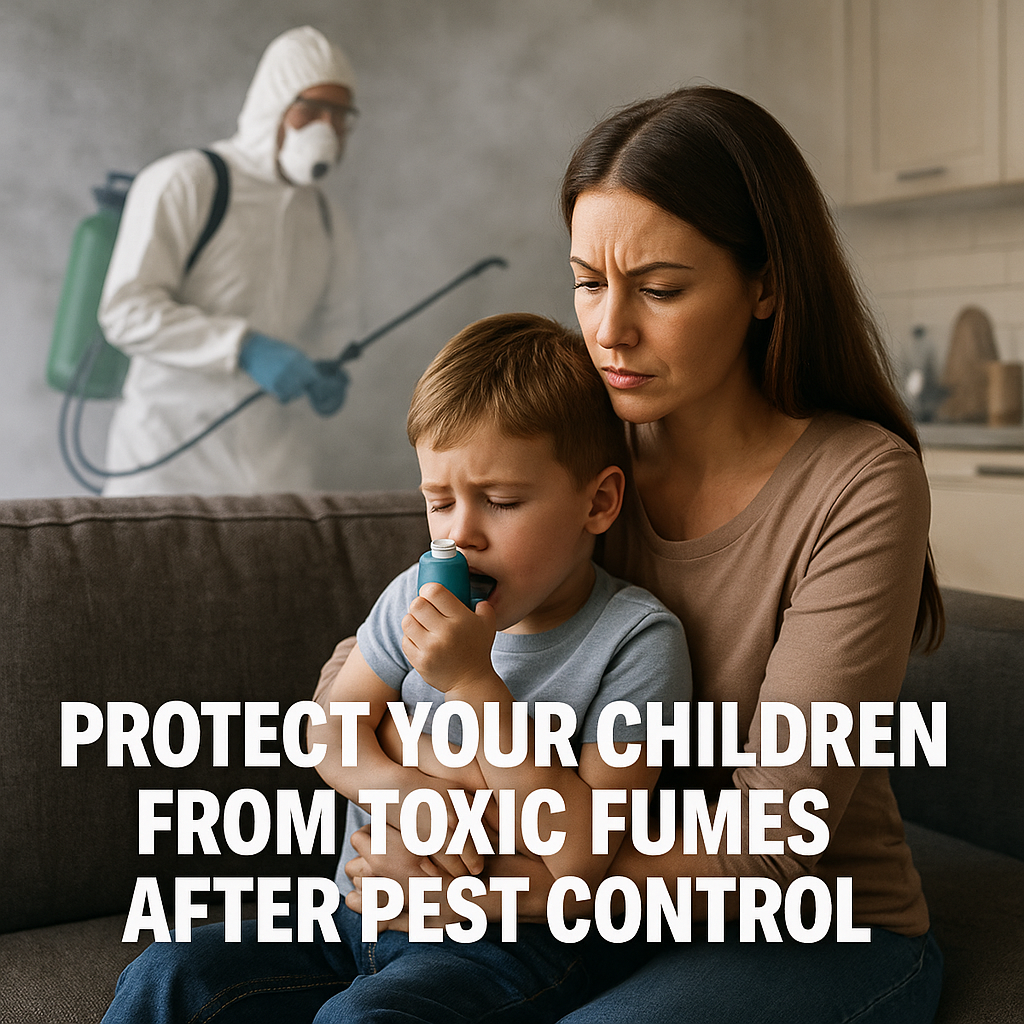

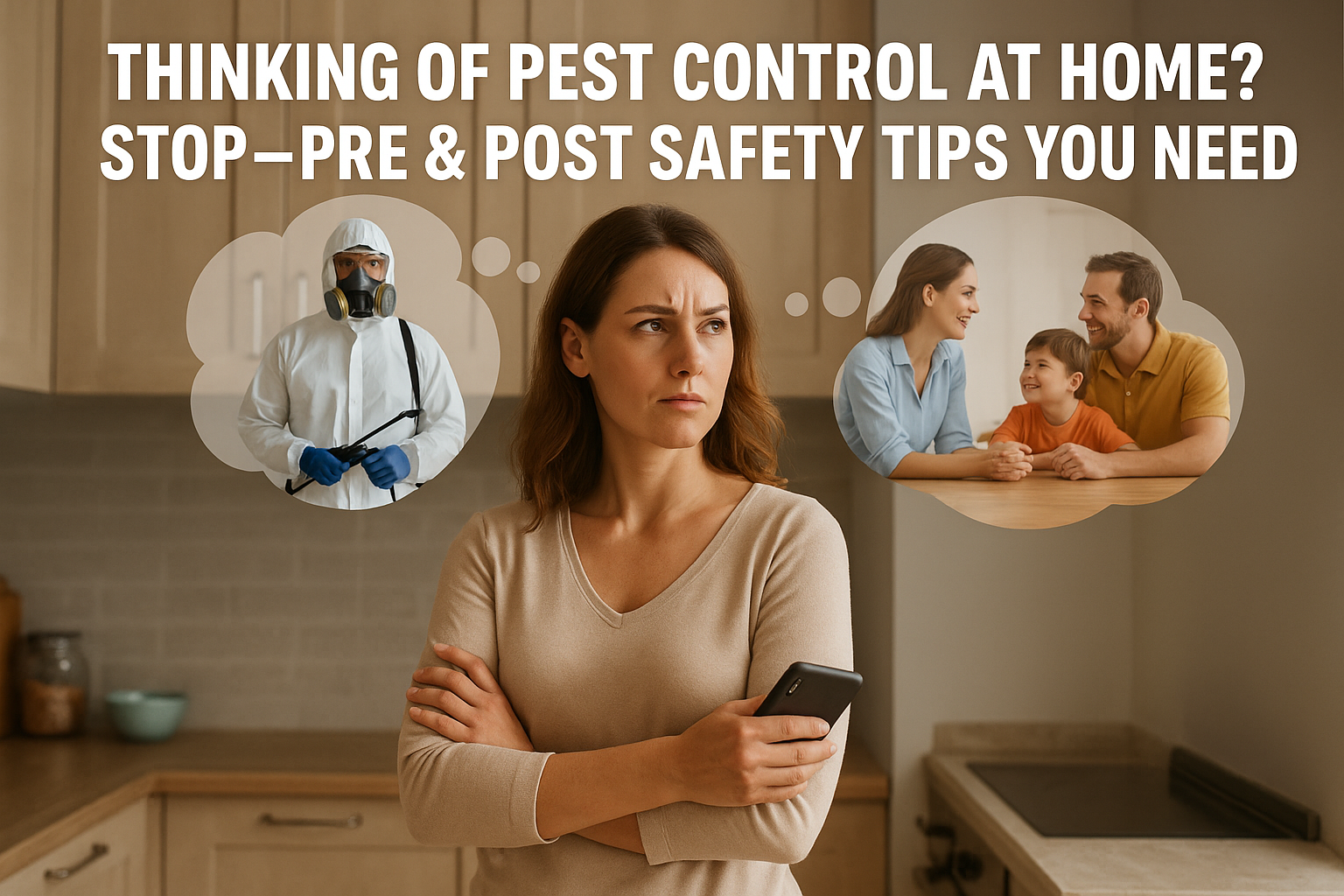



(0) Comments